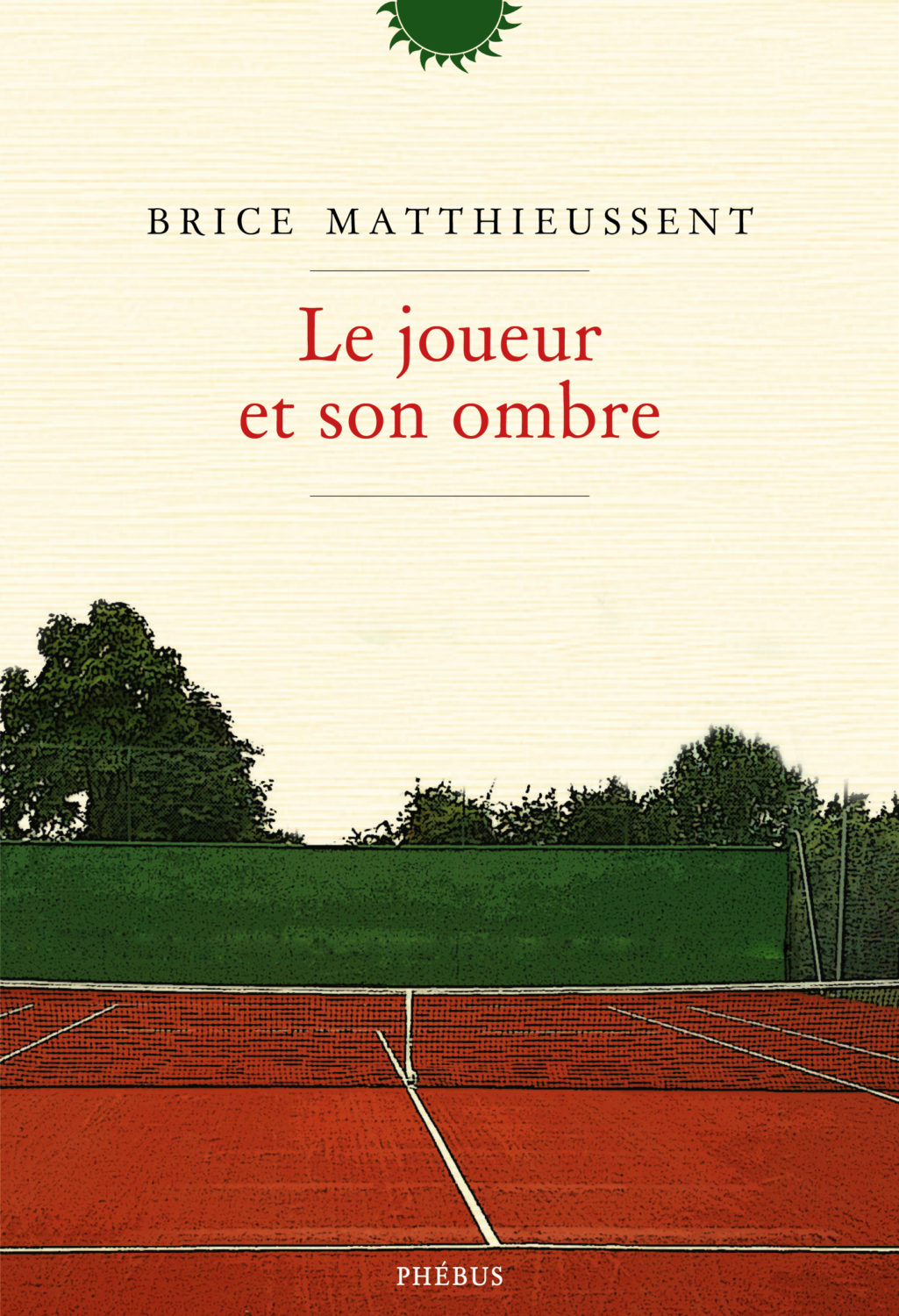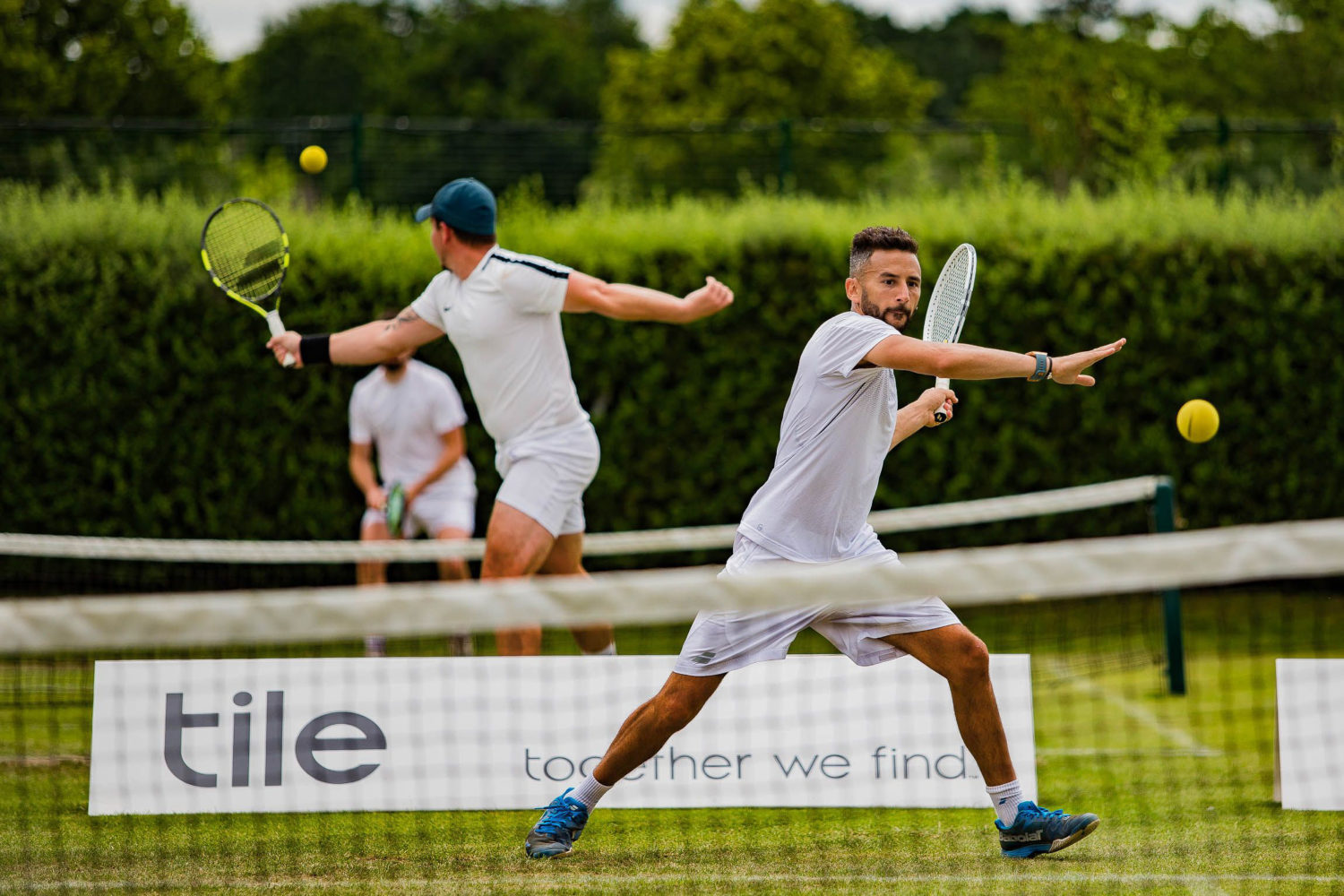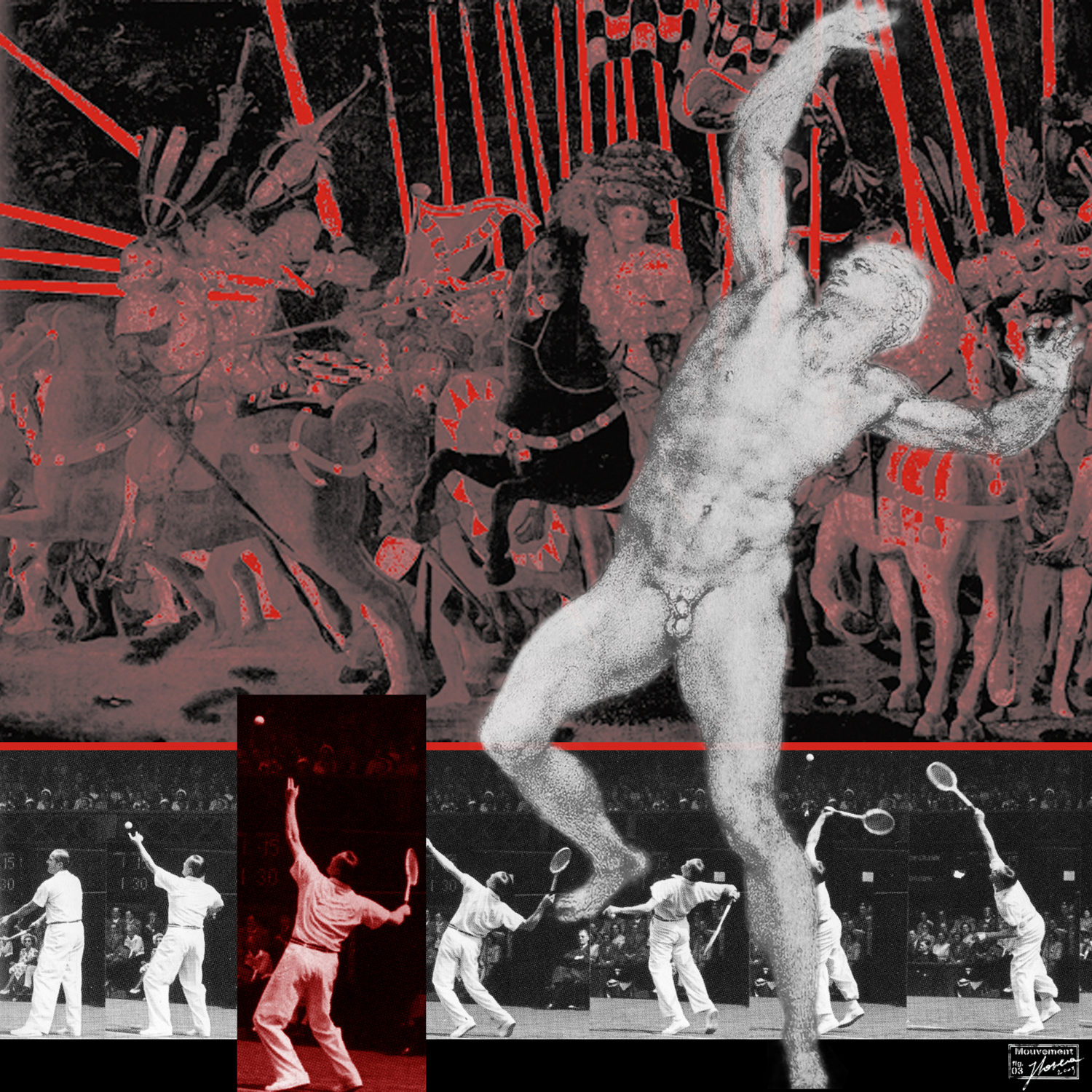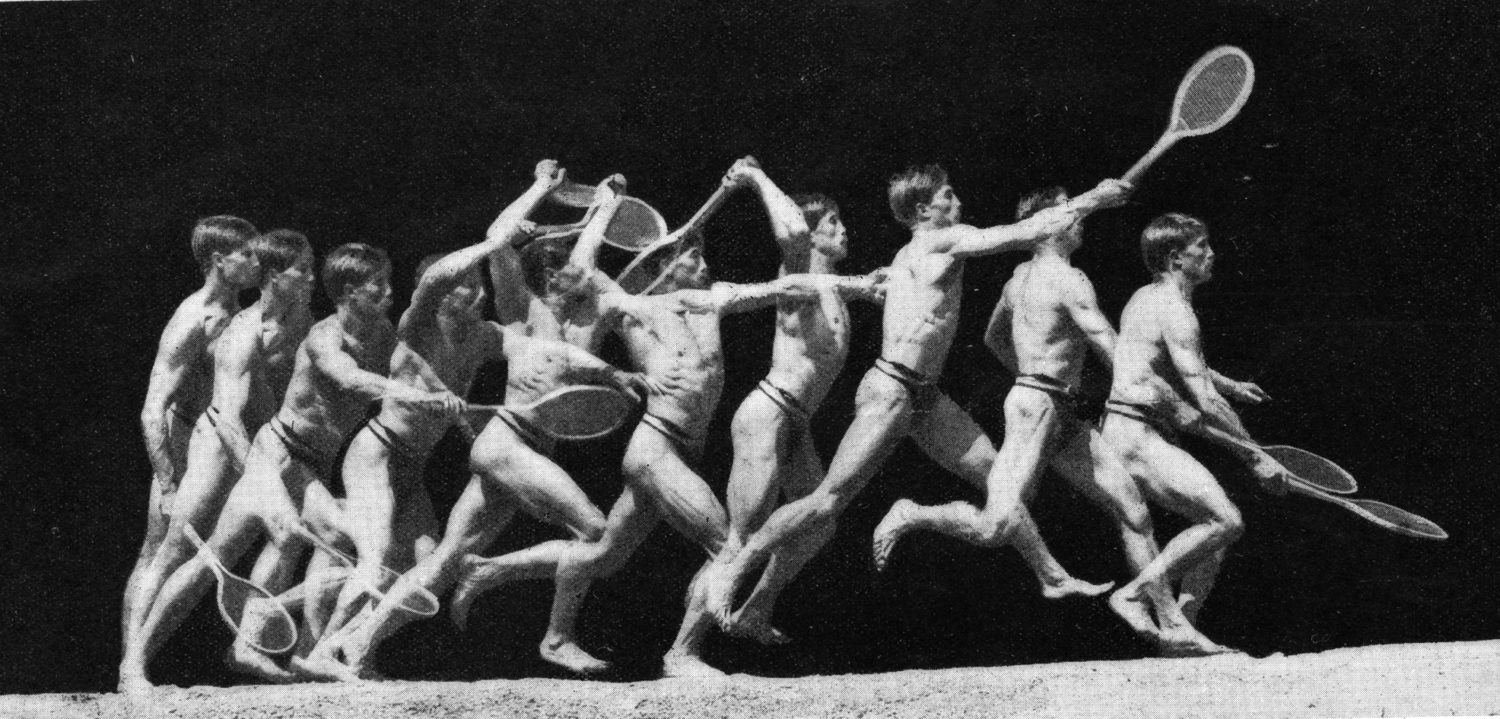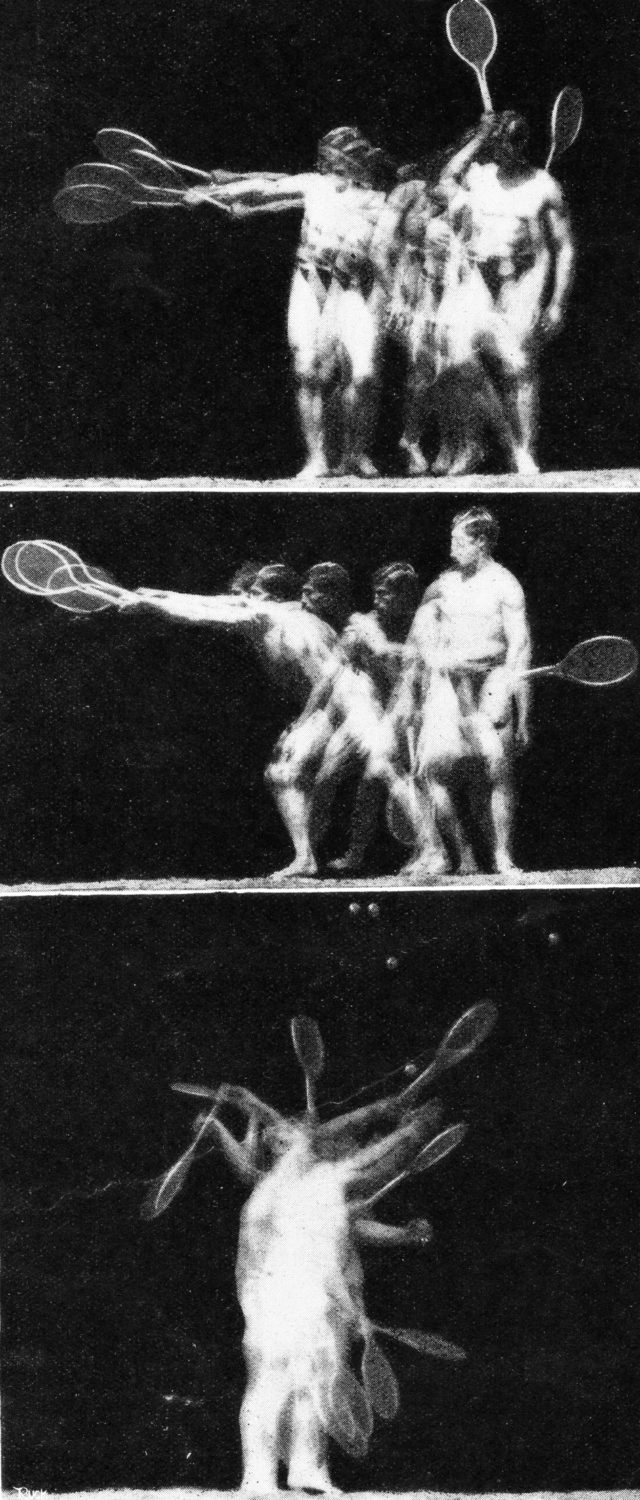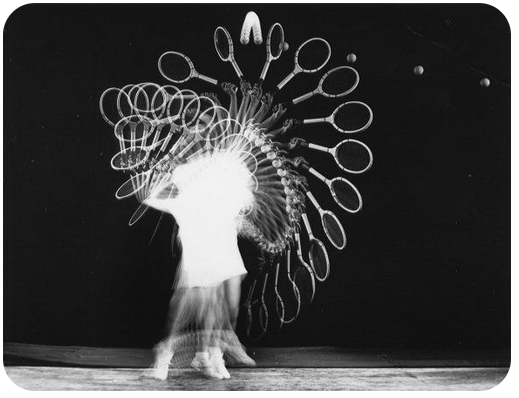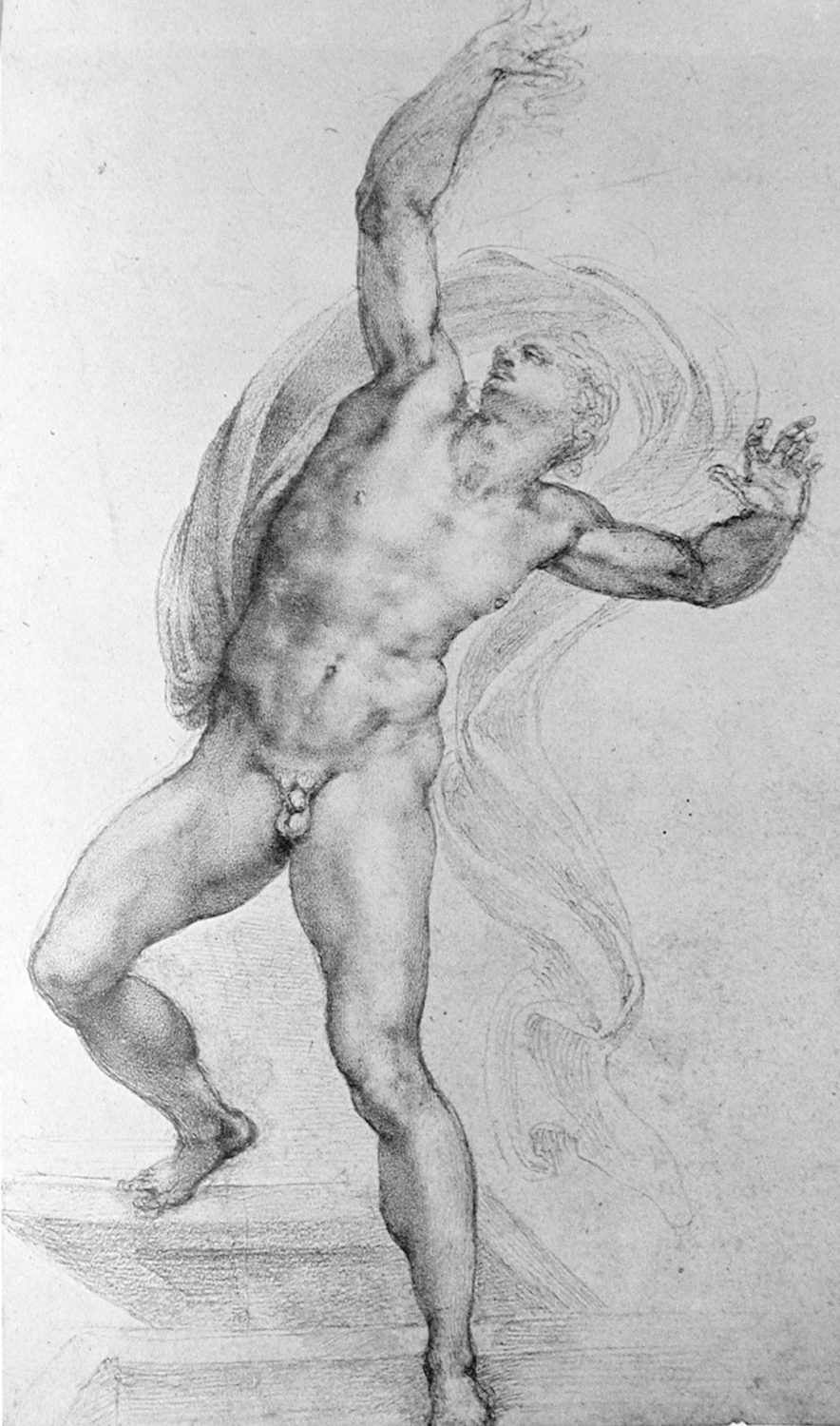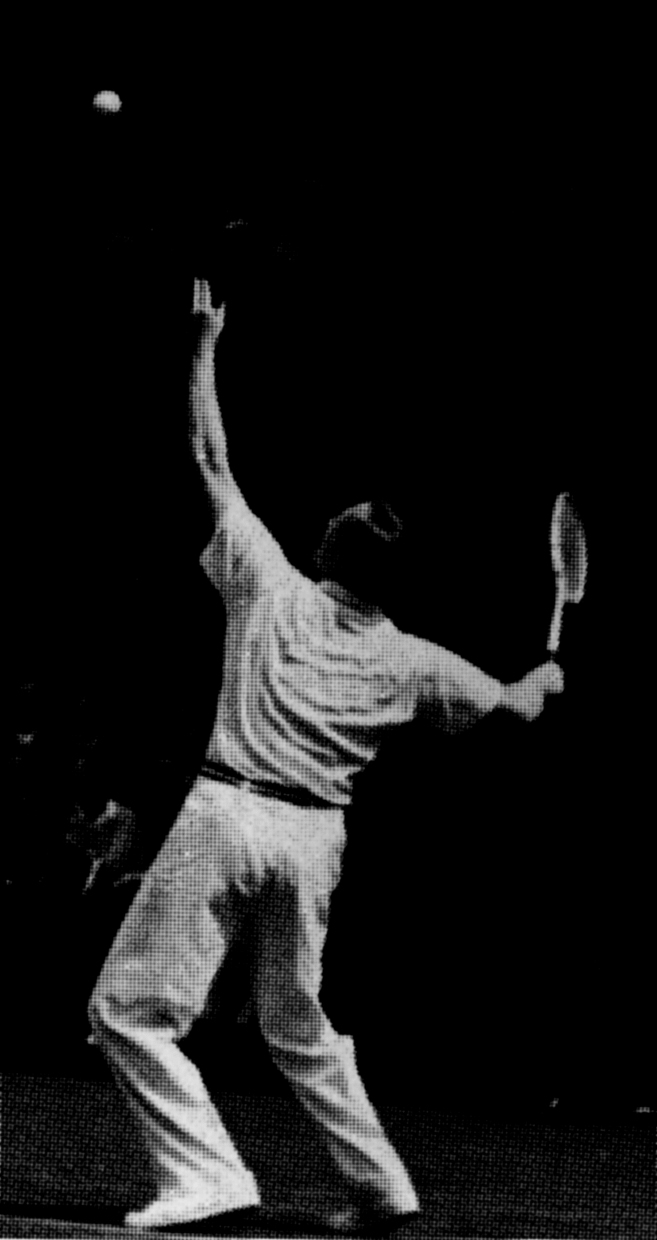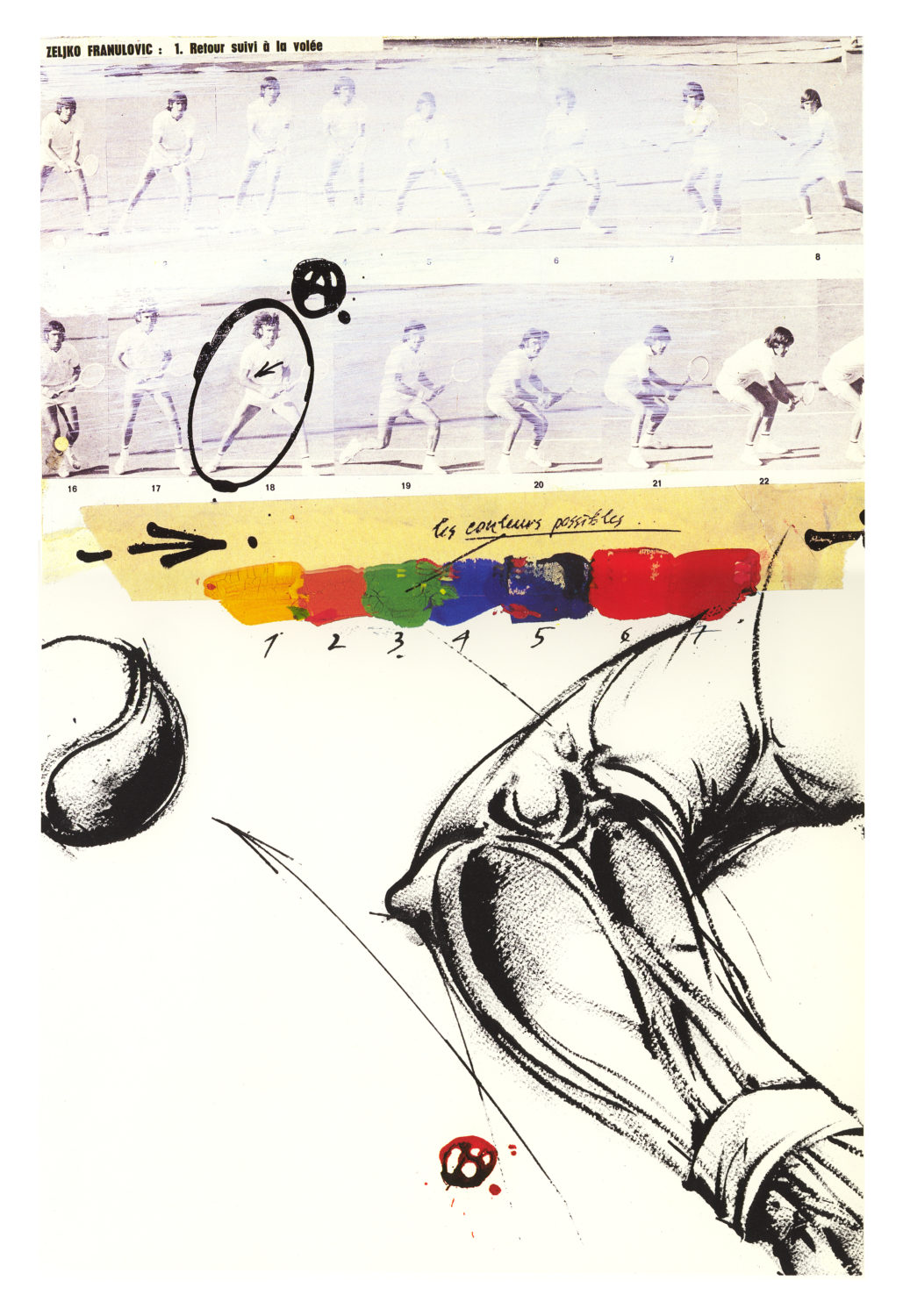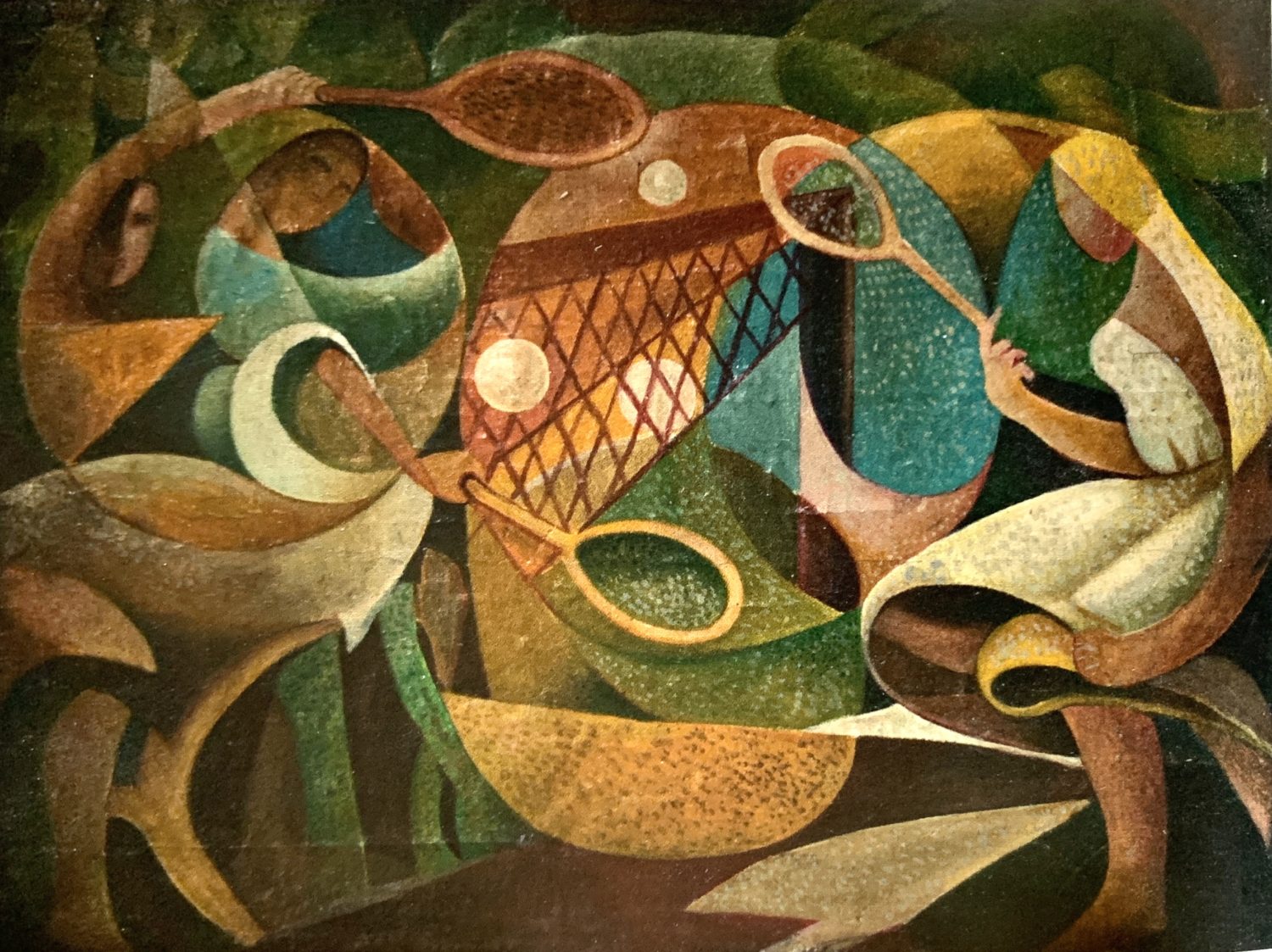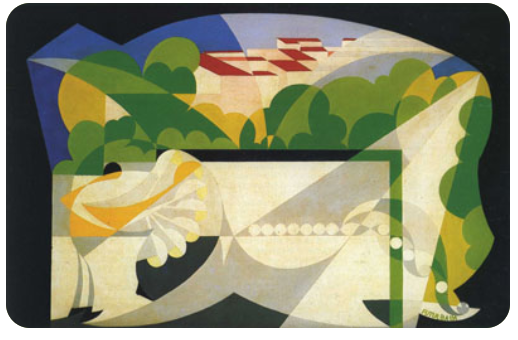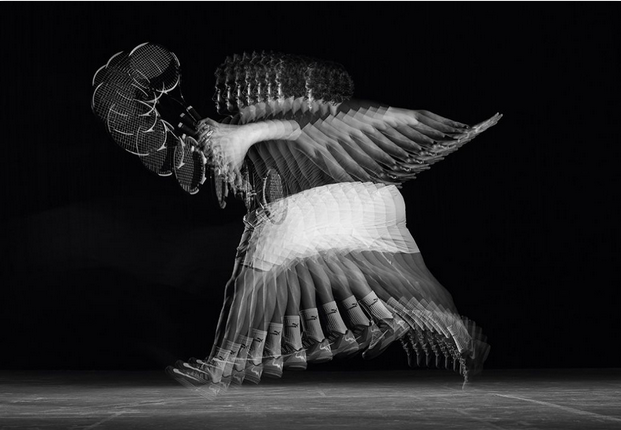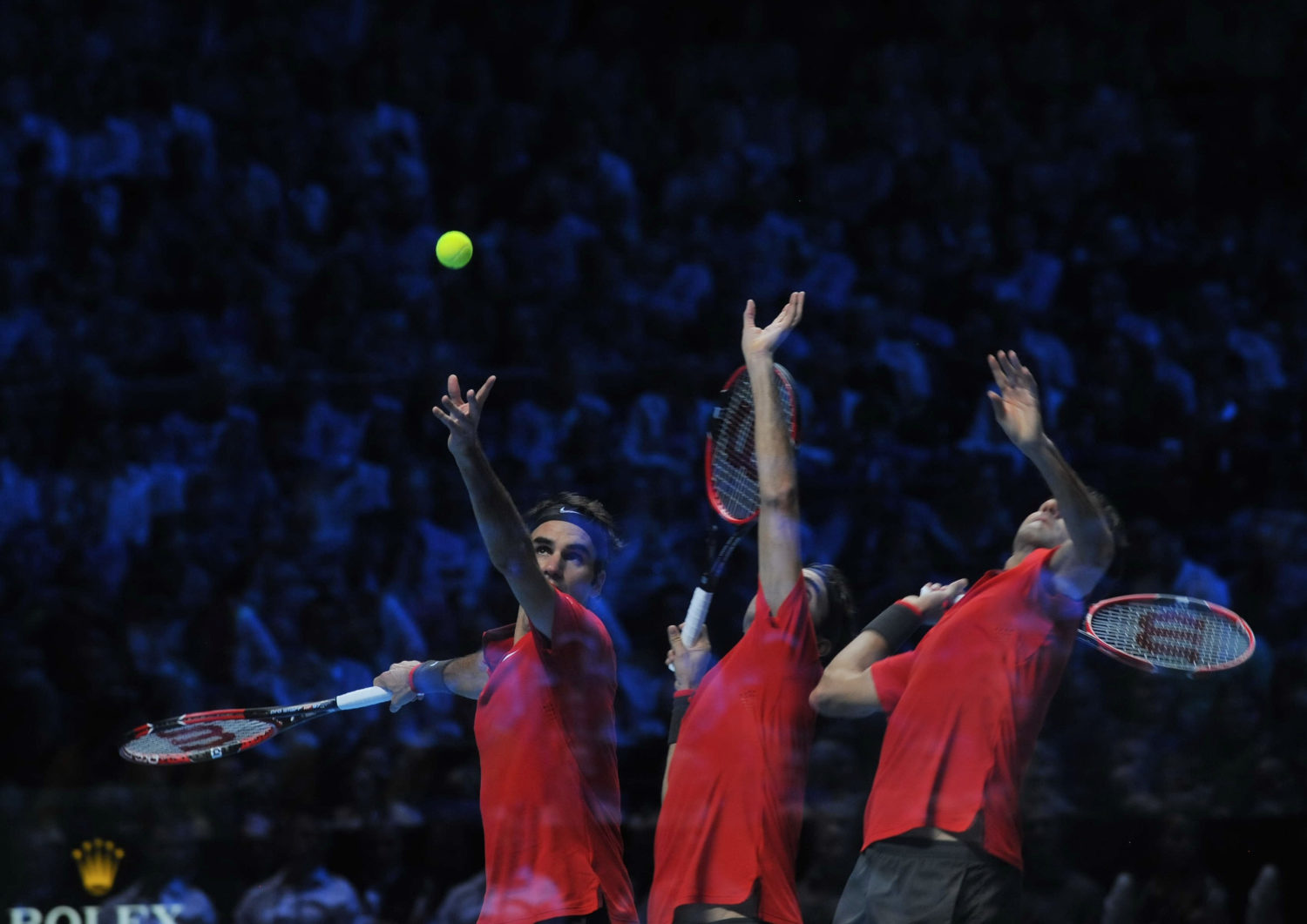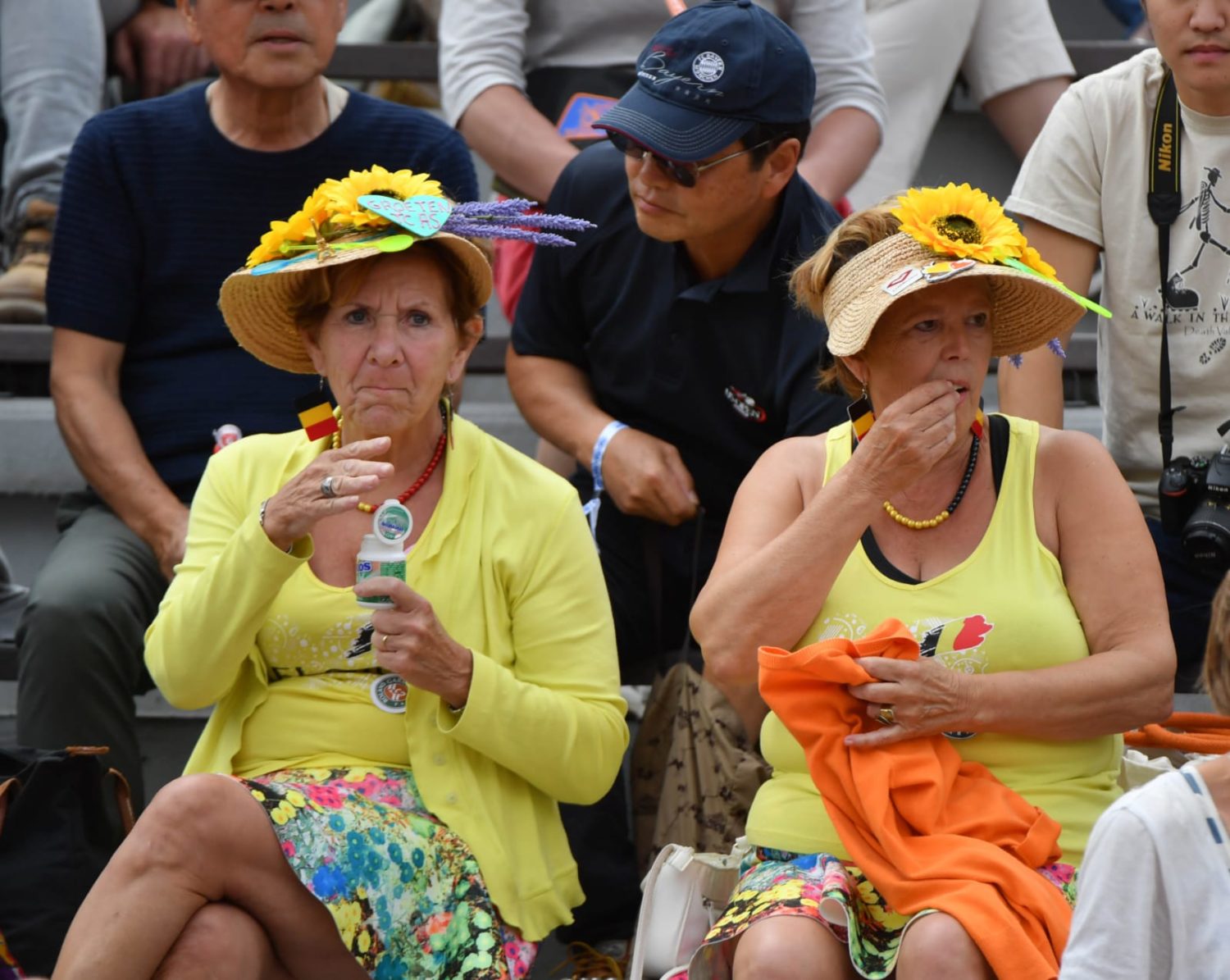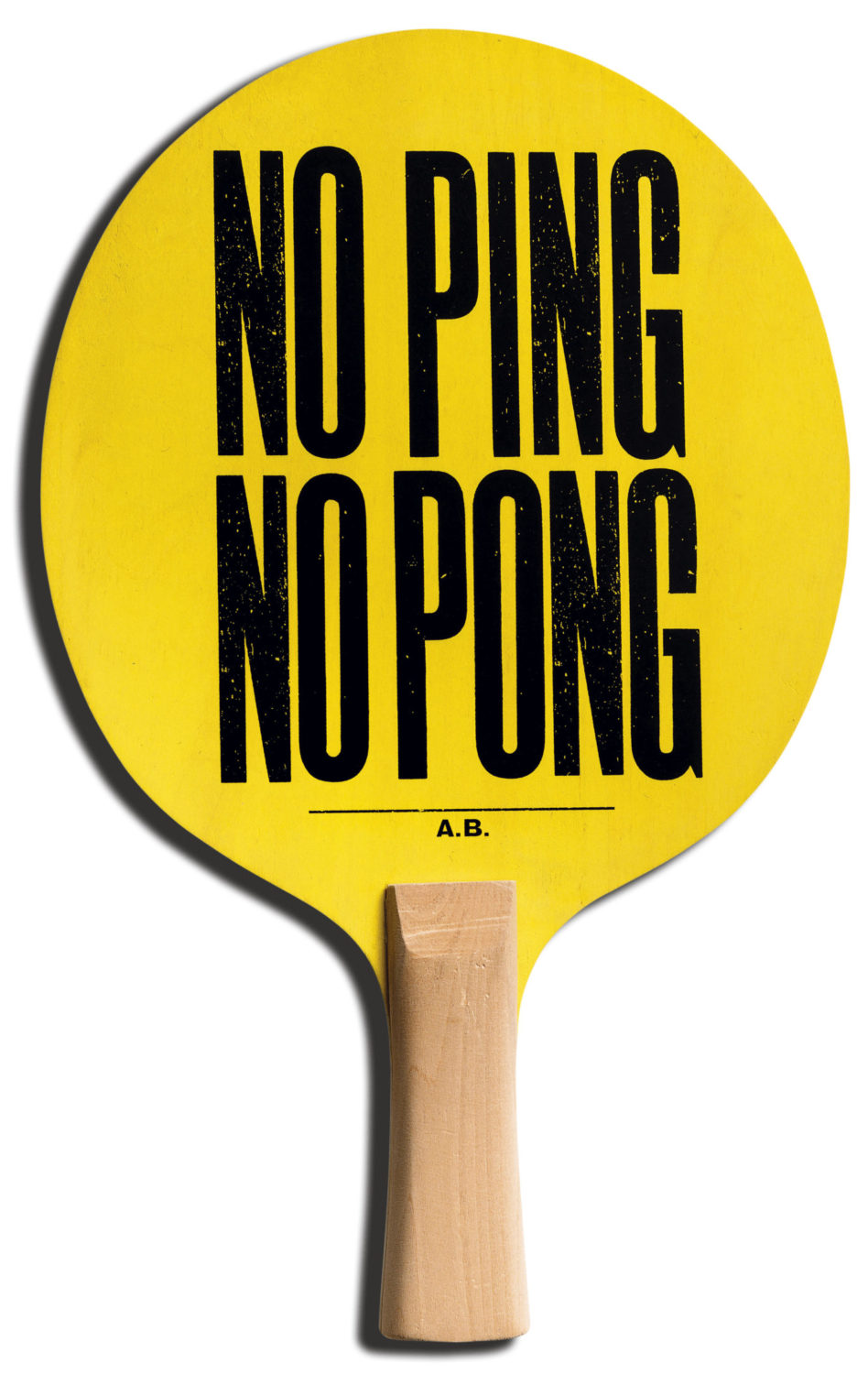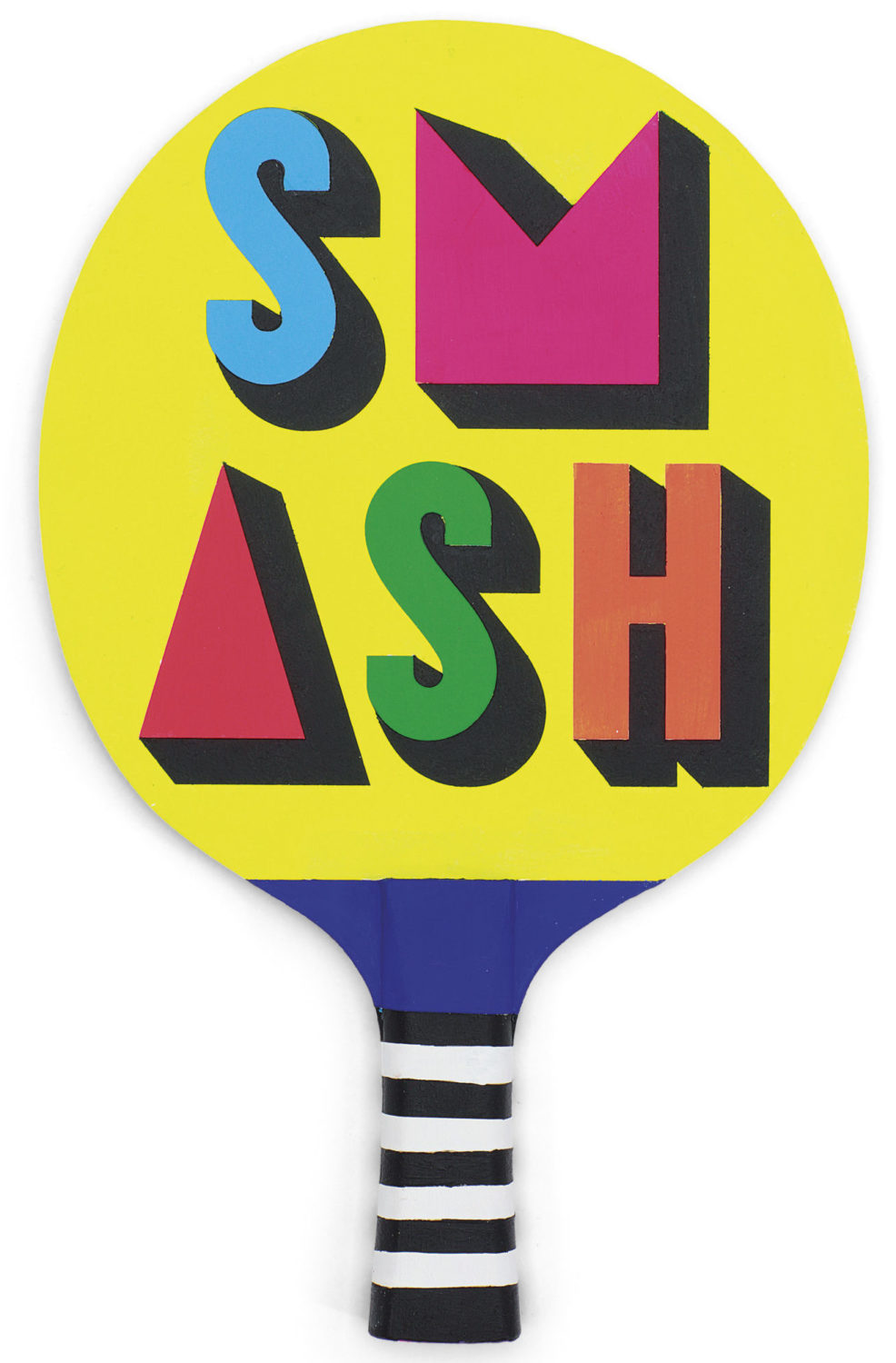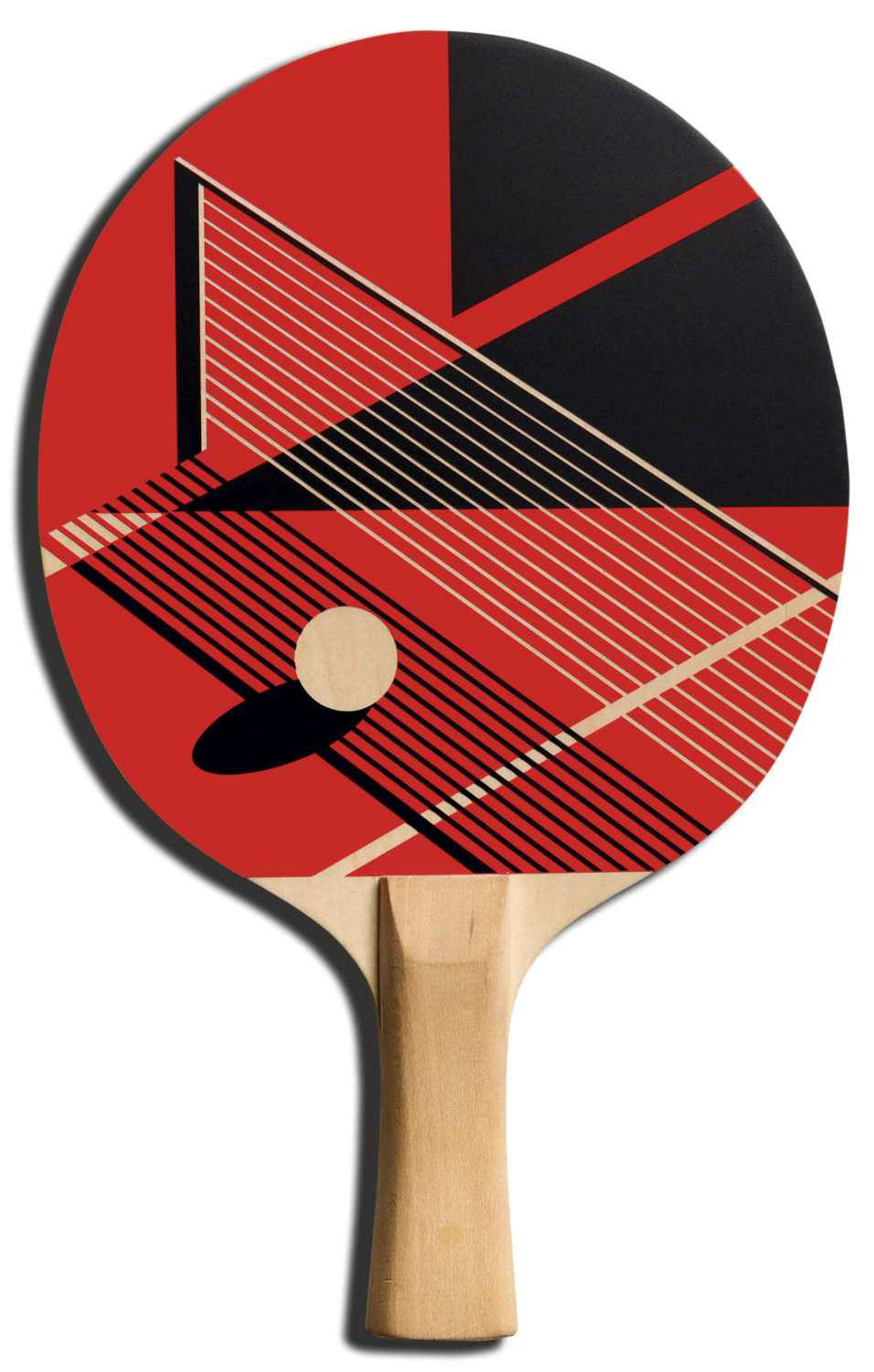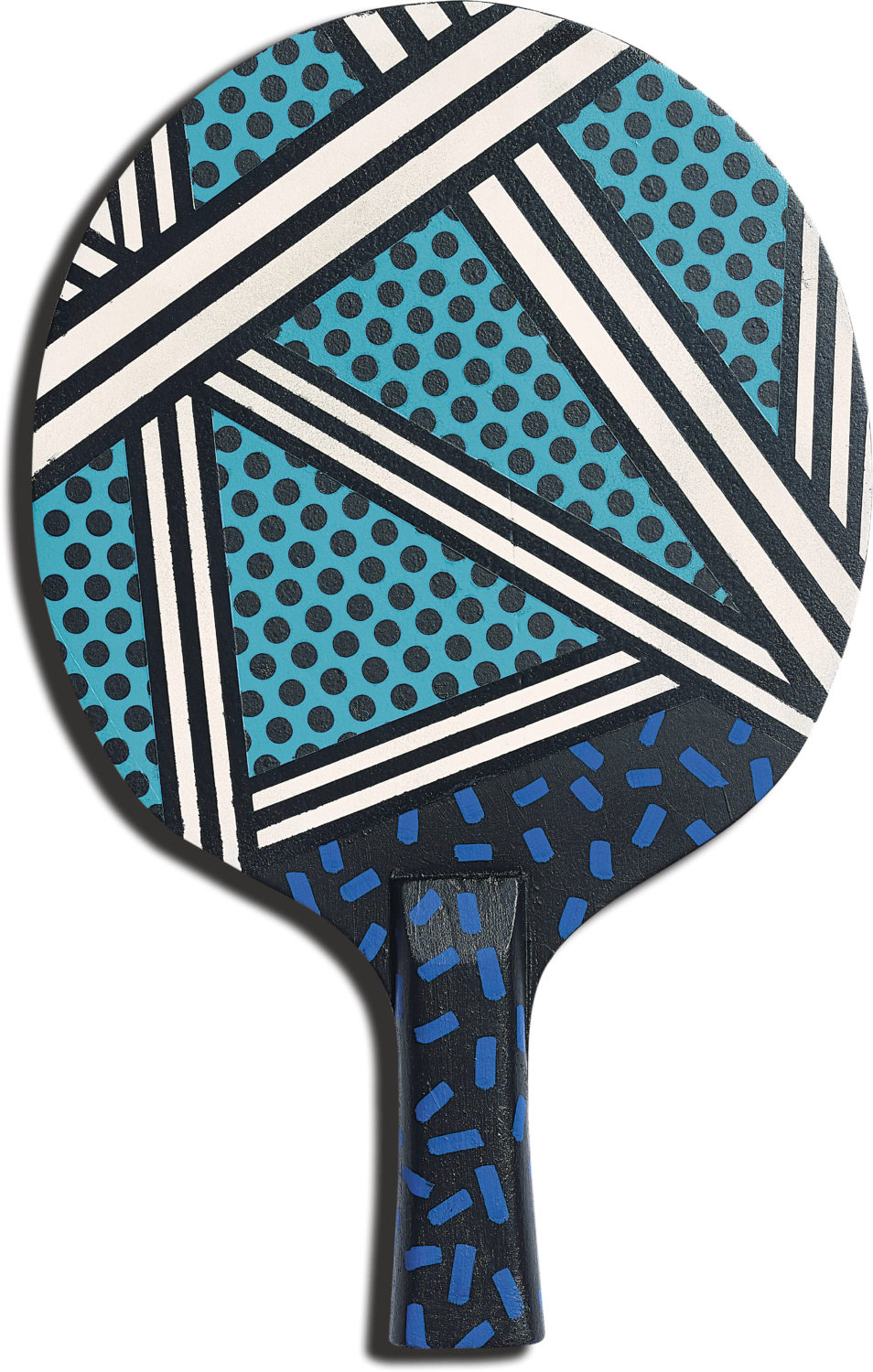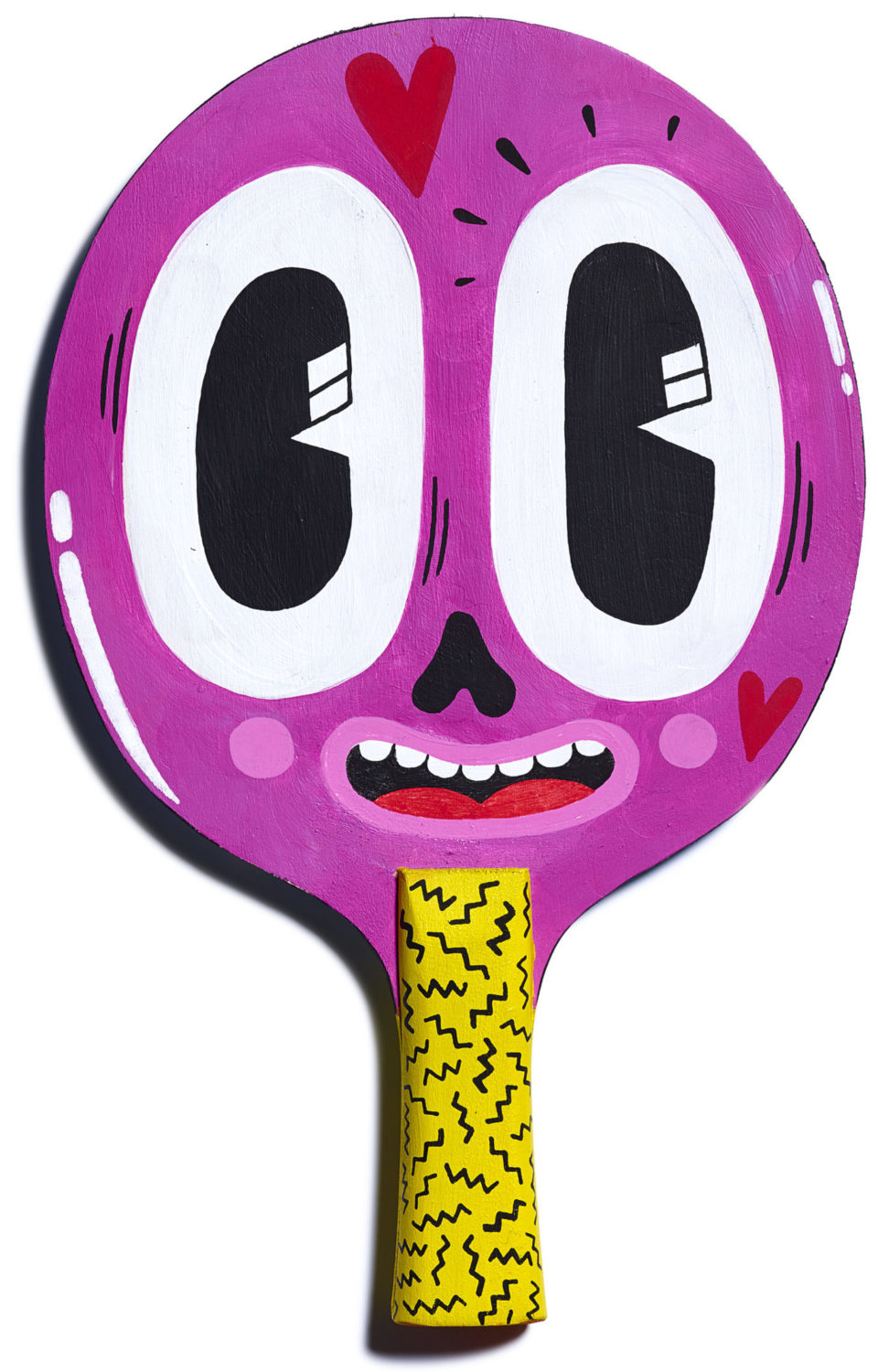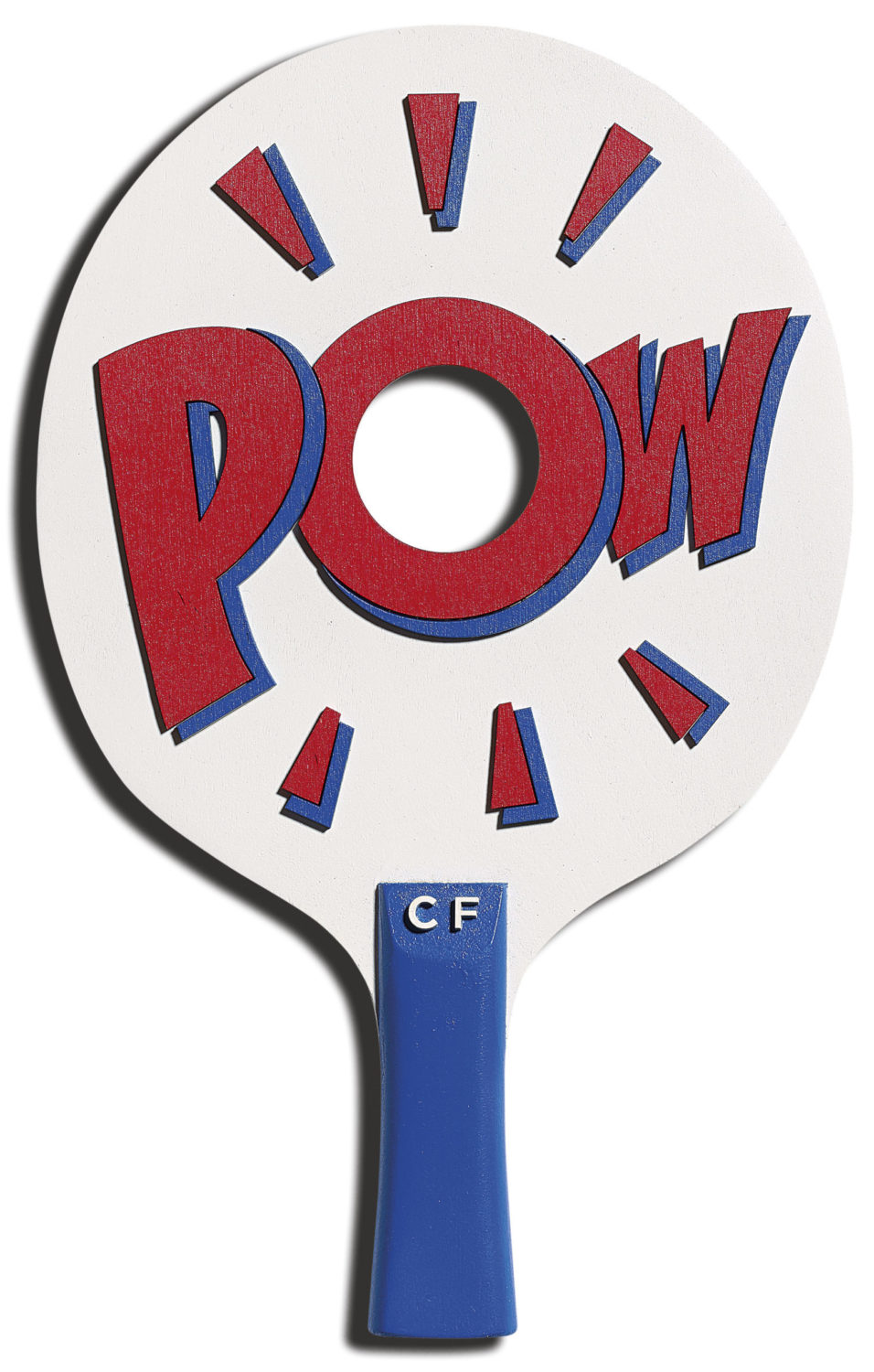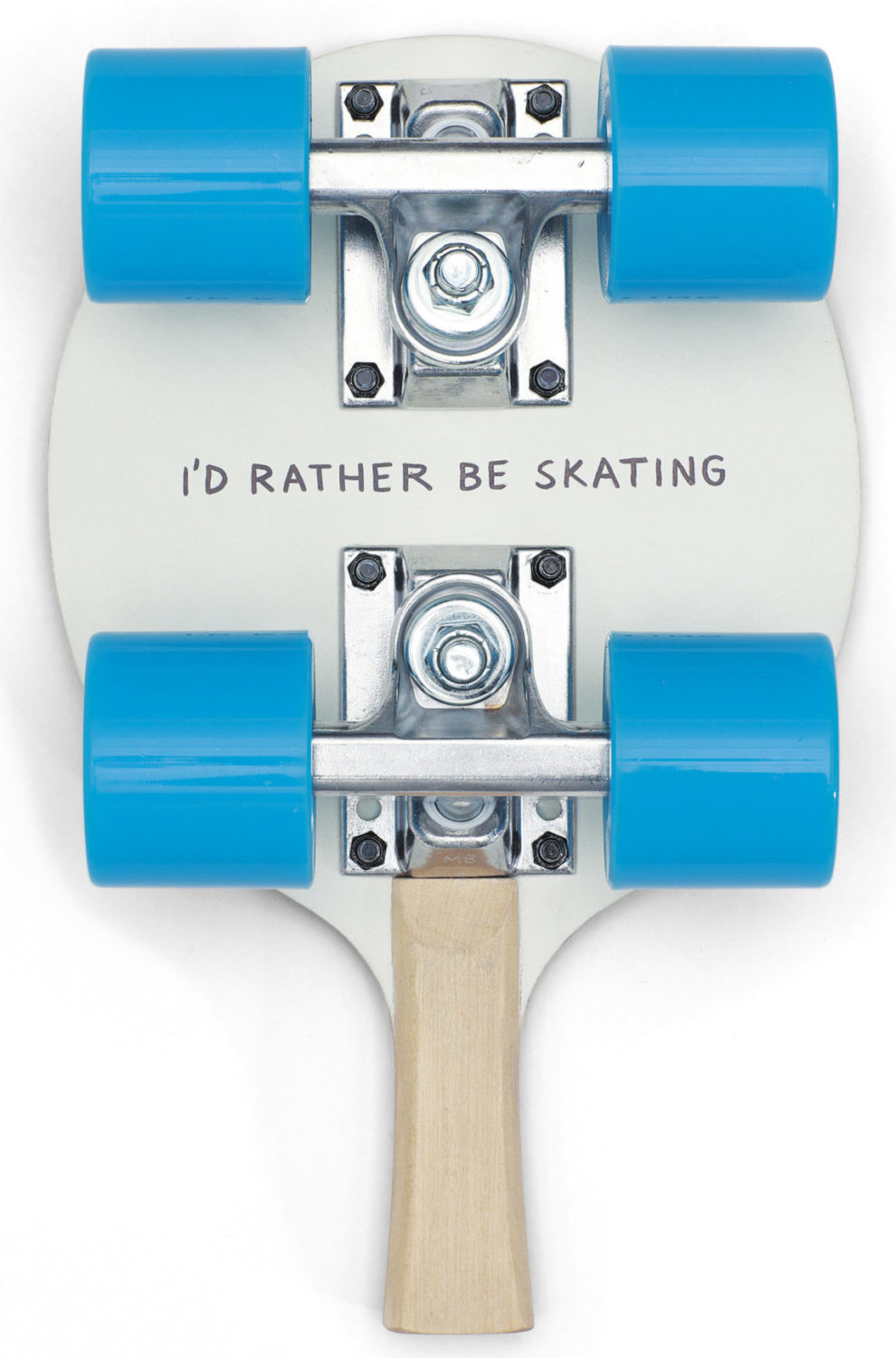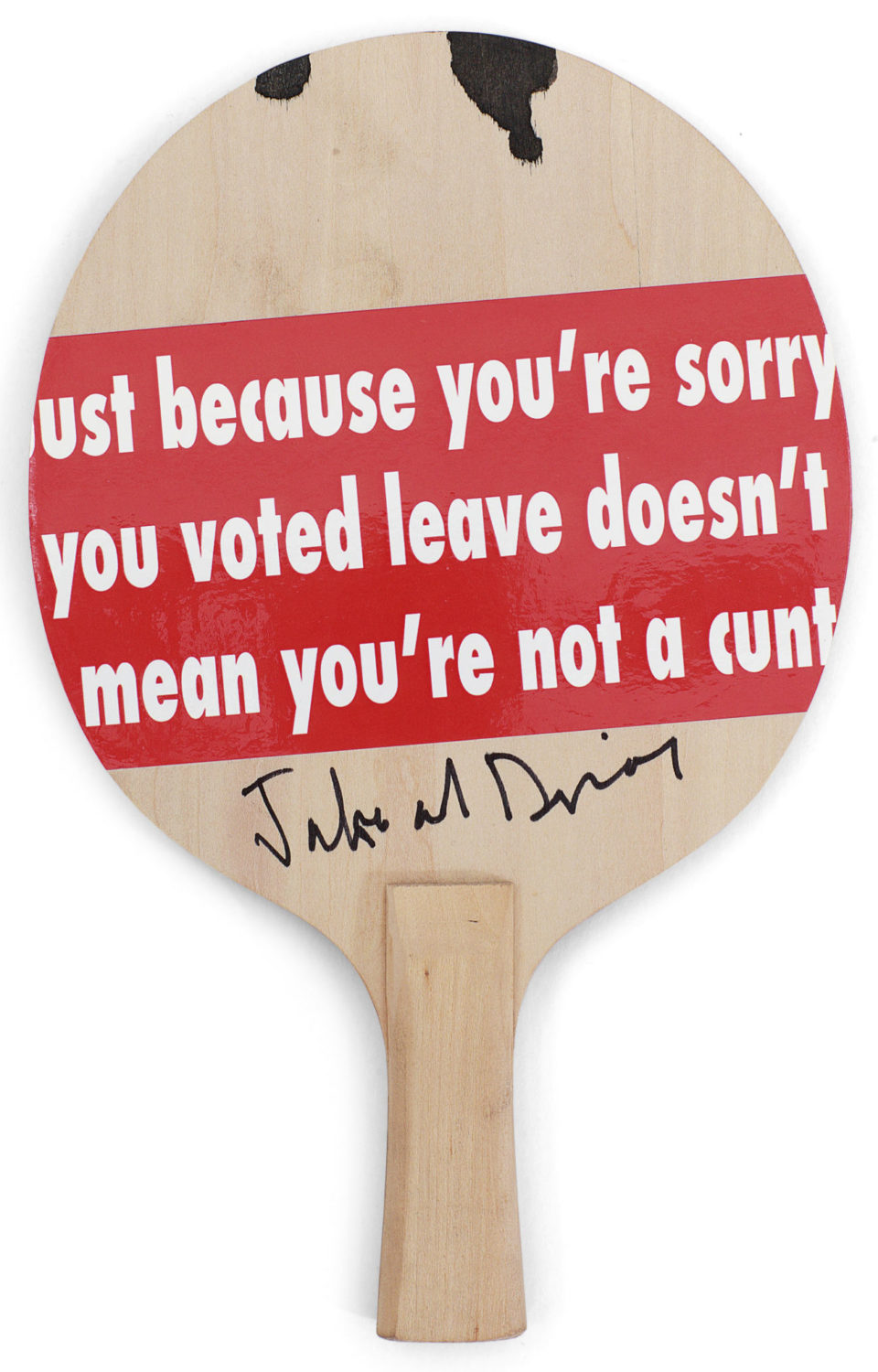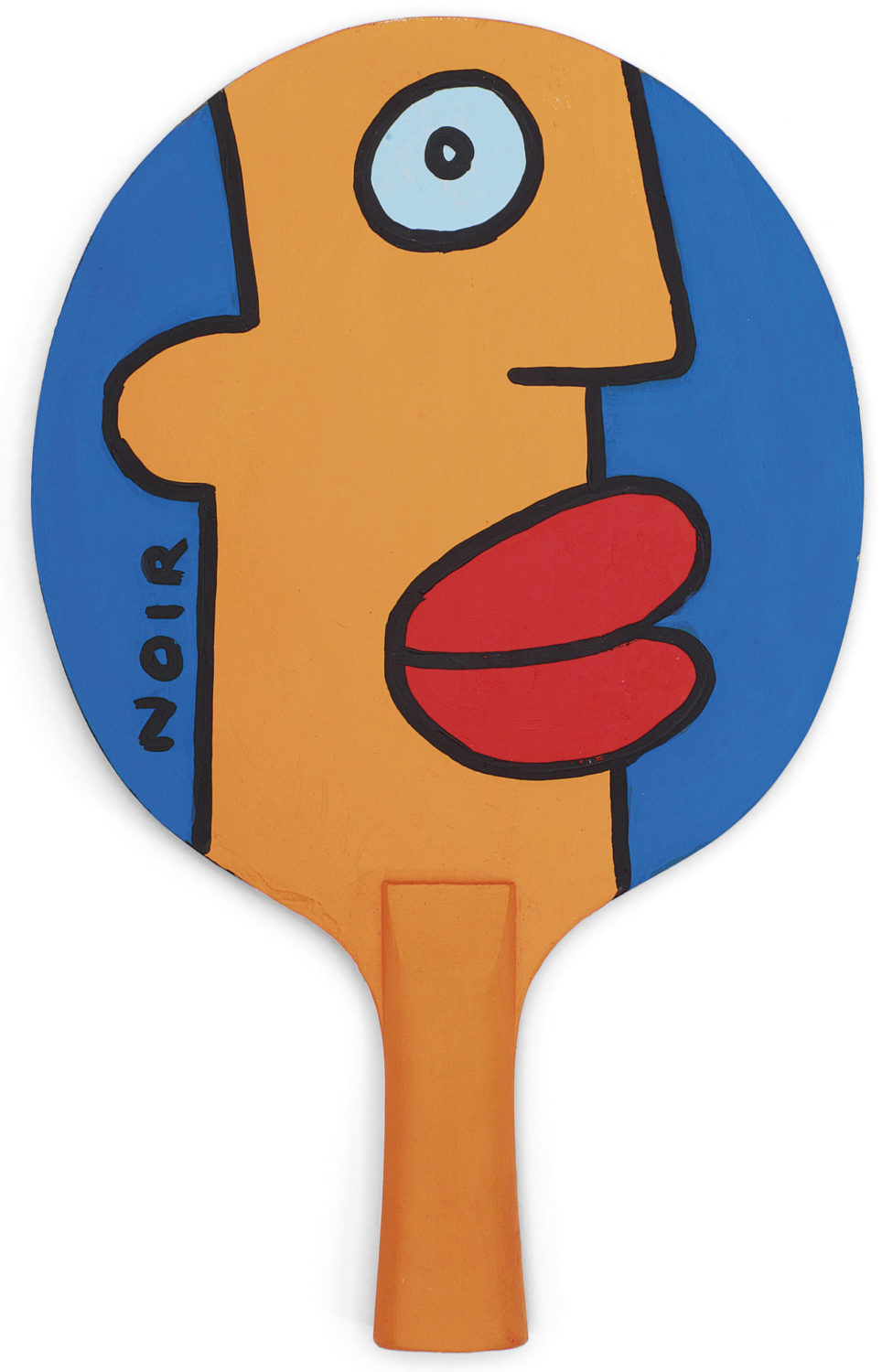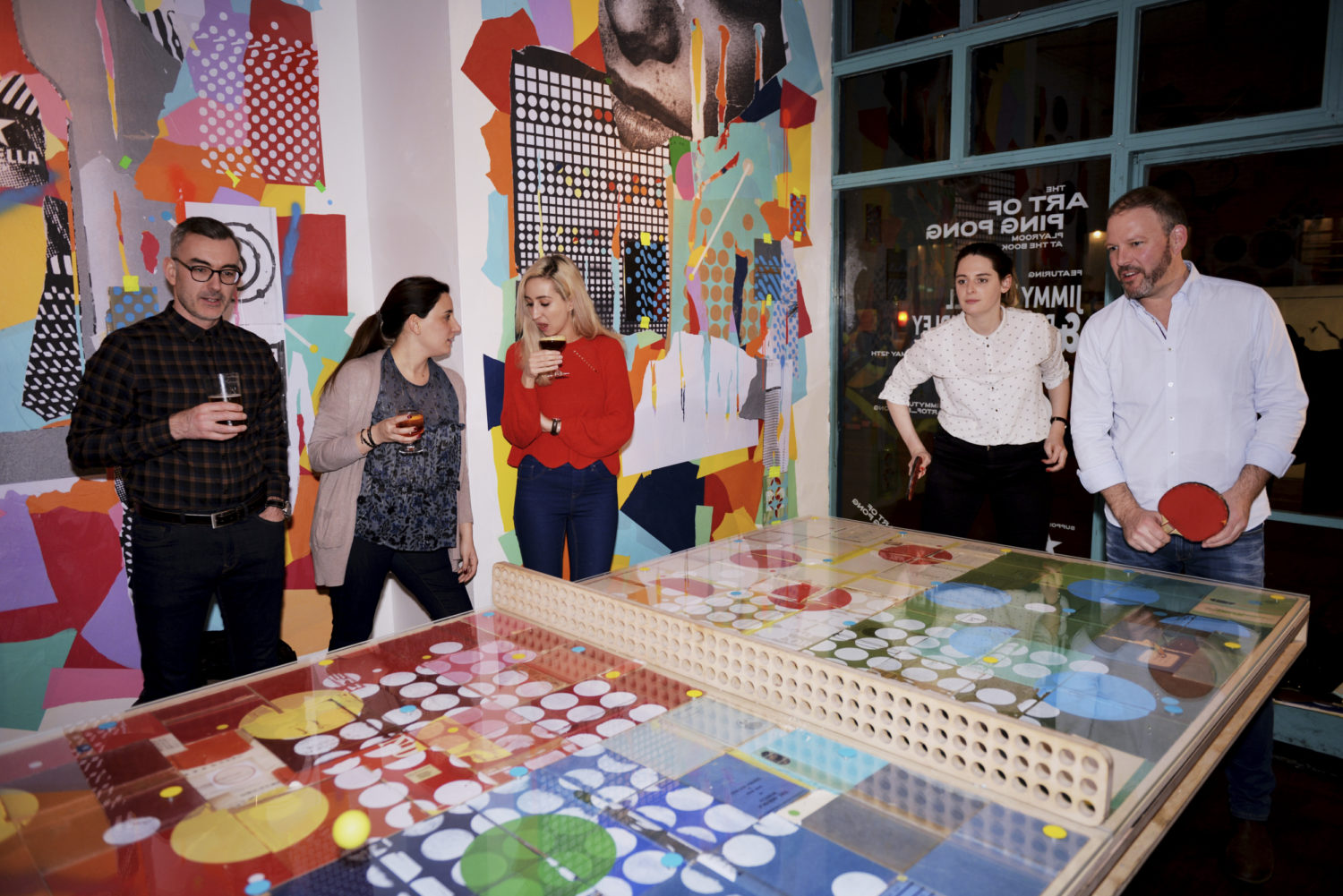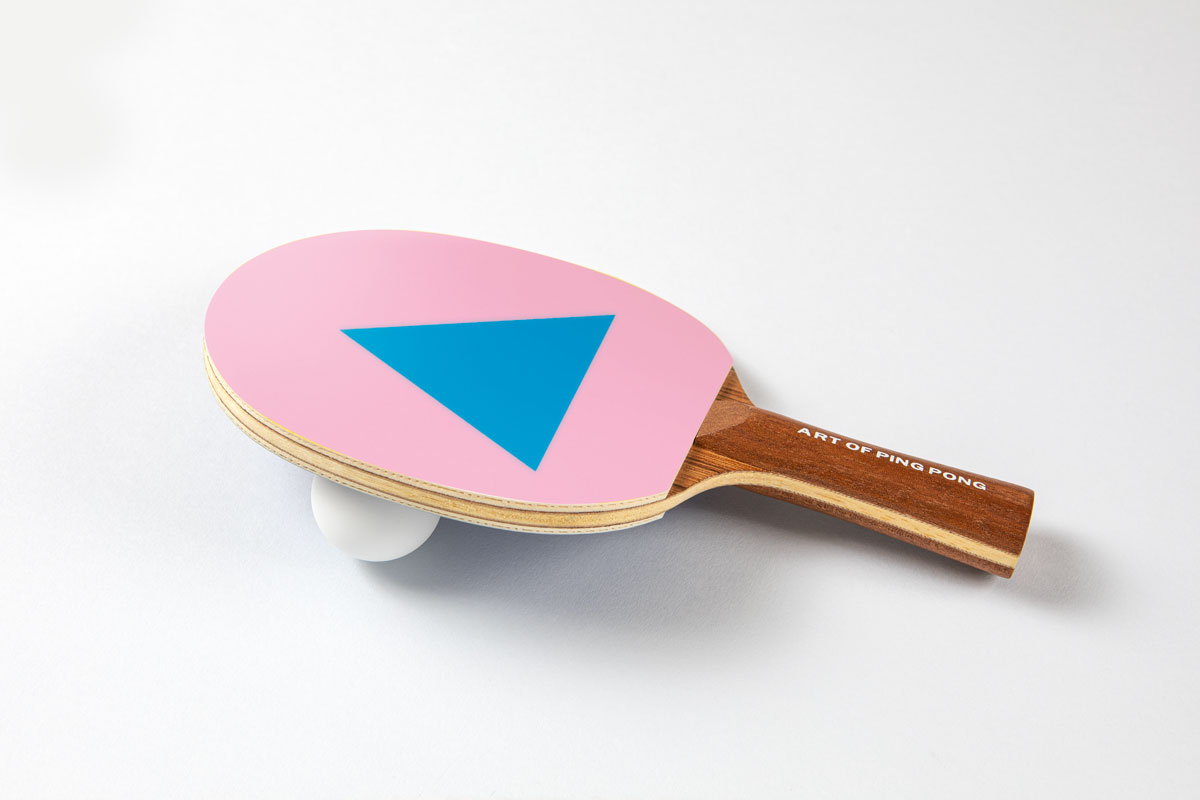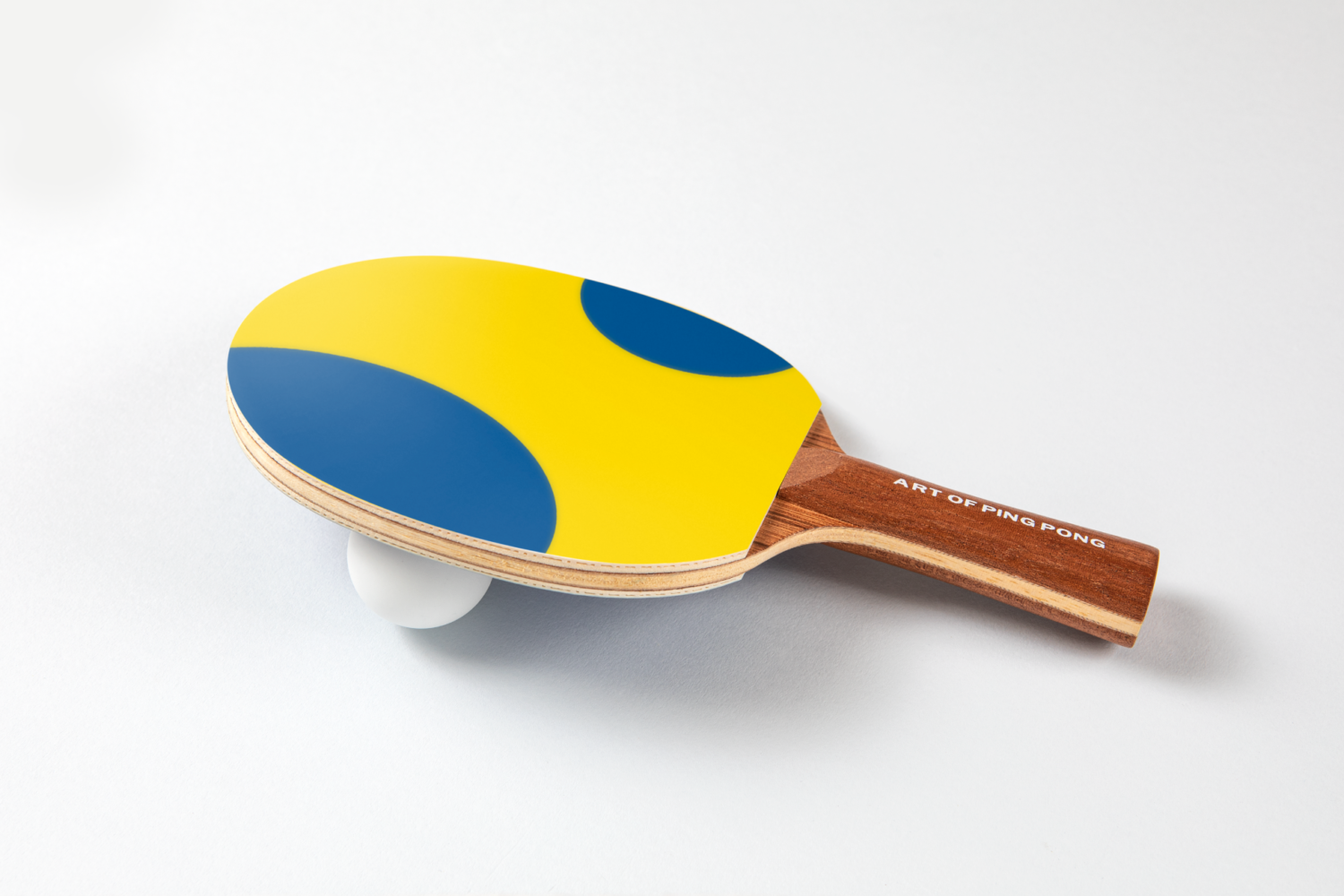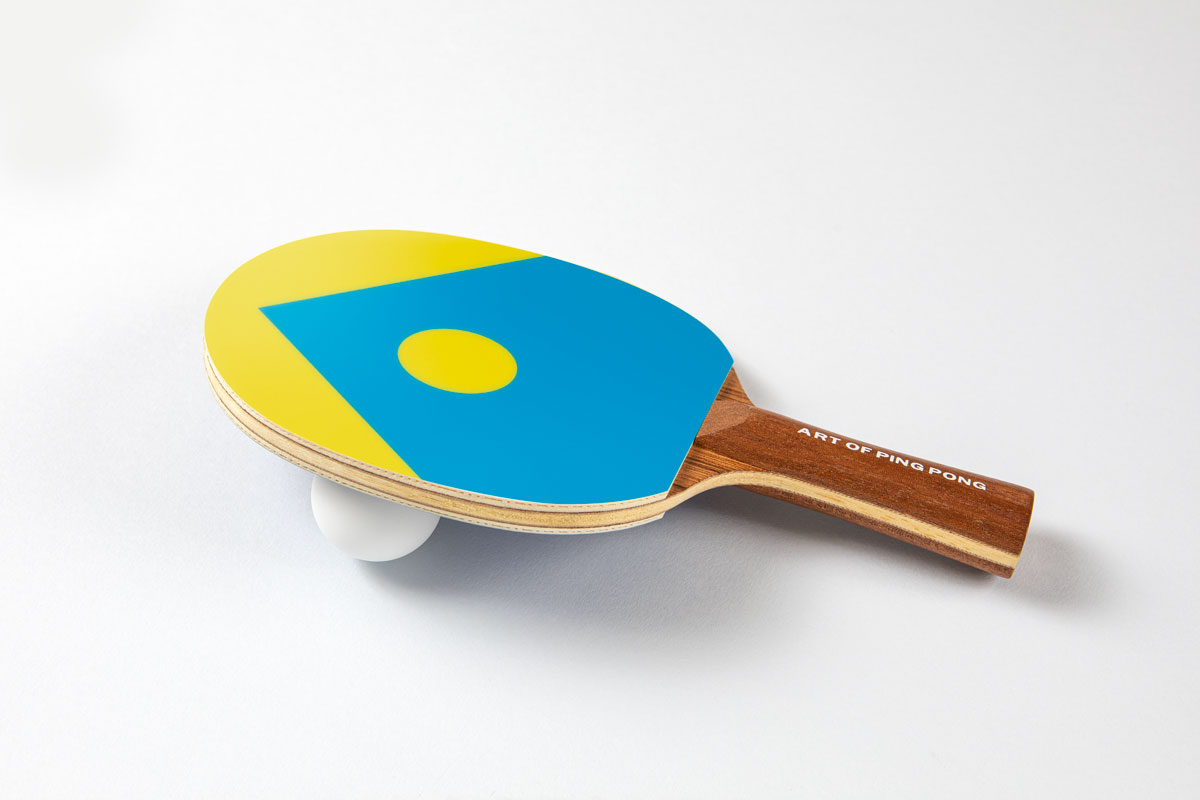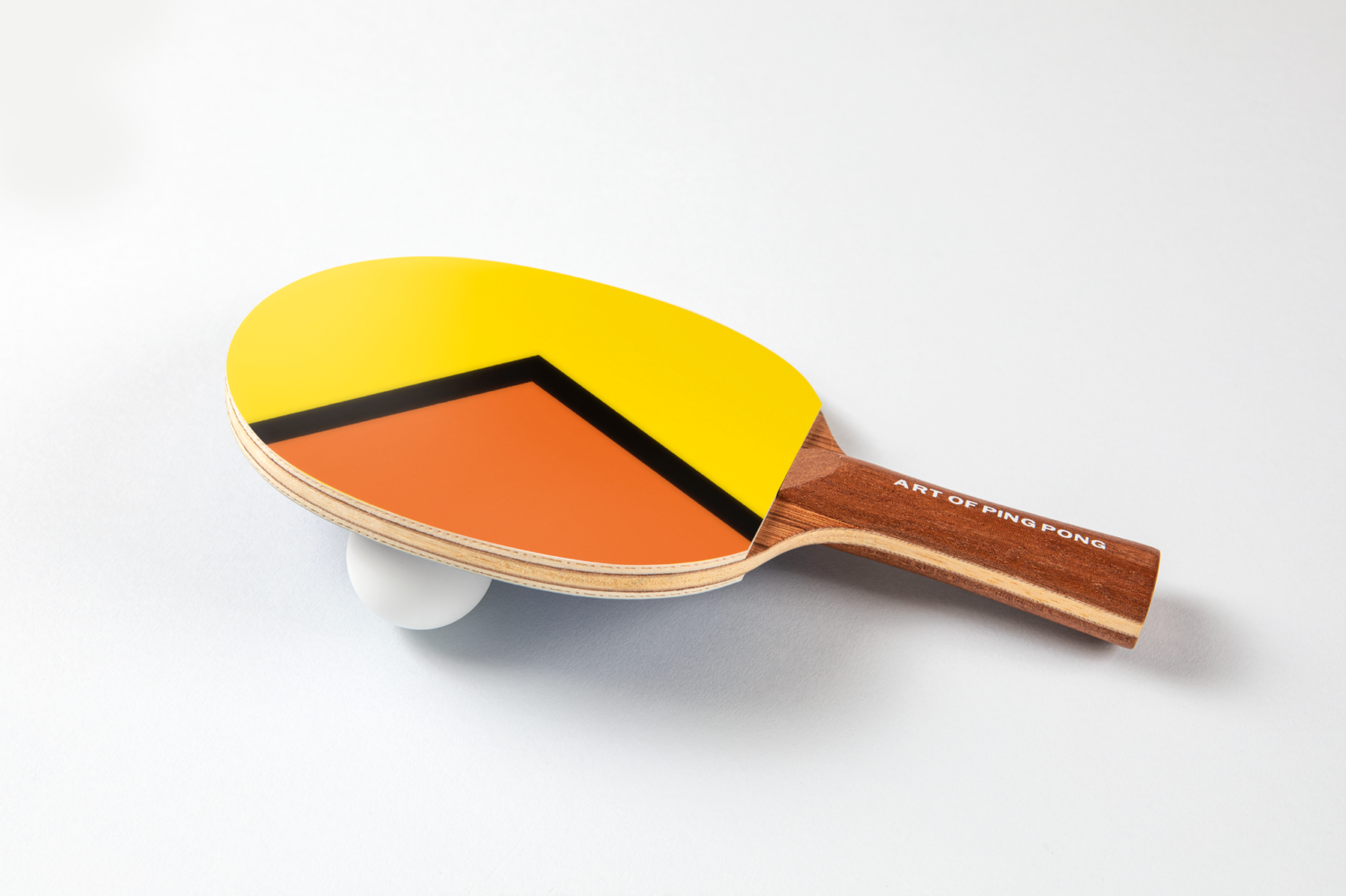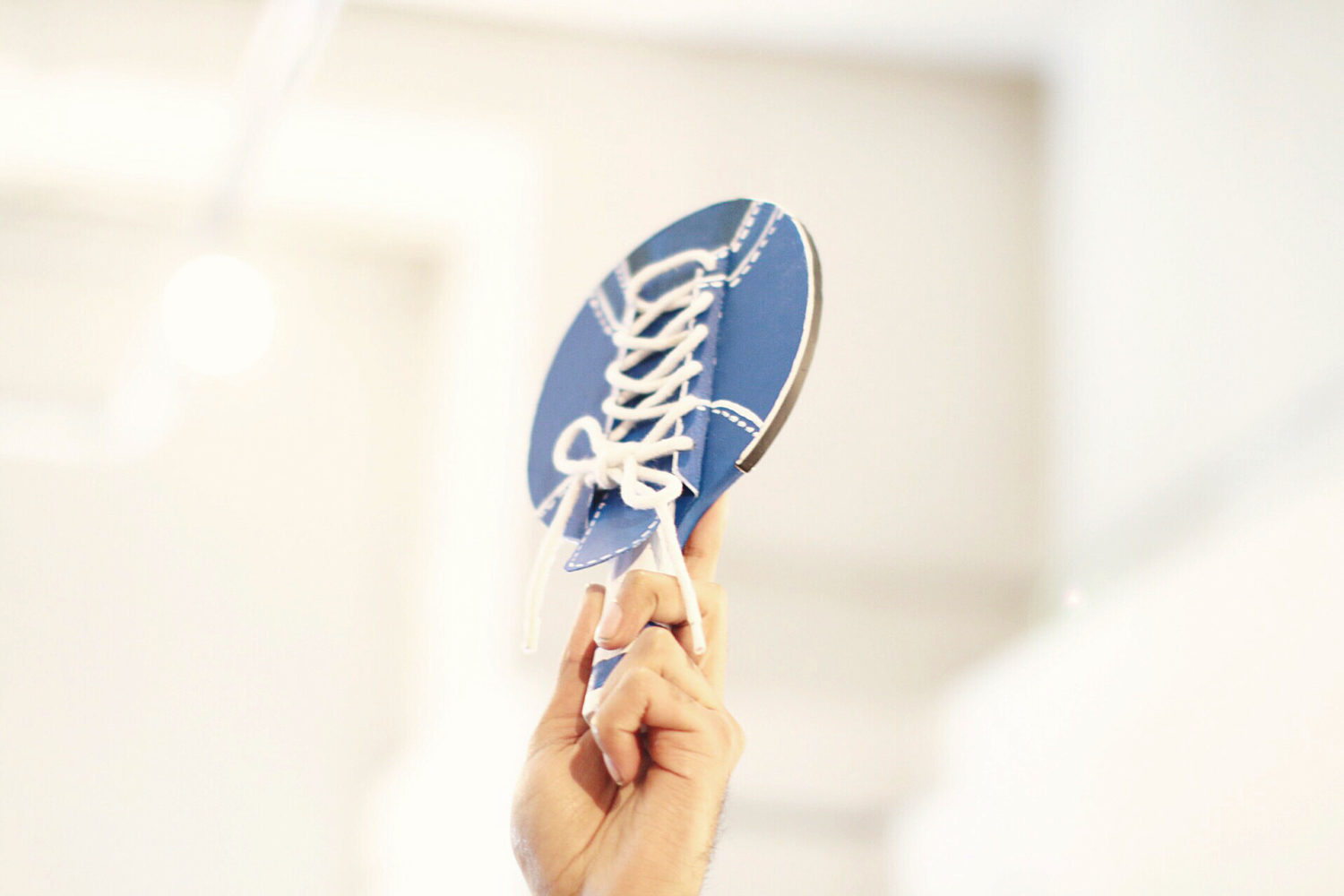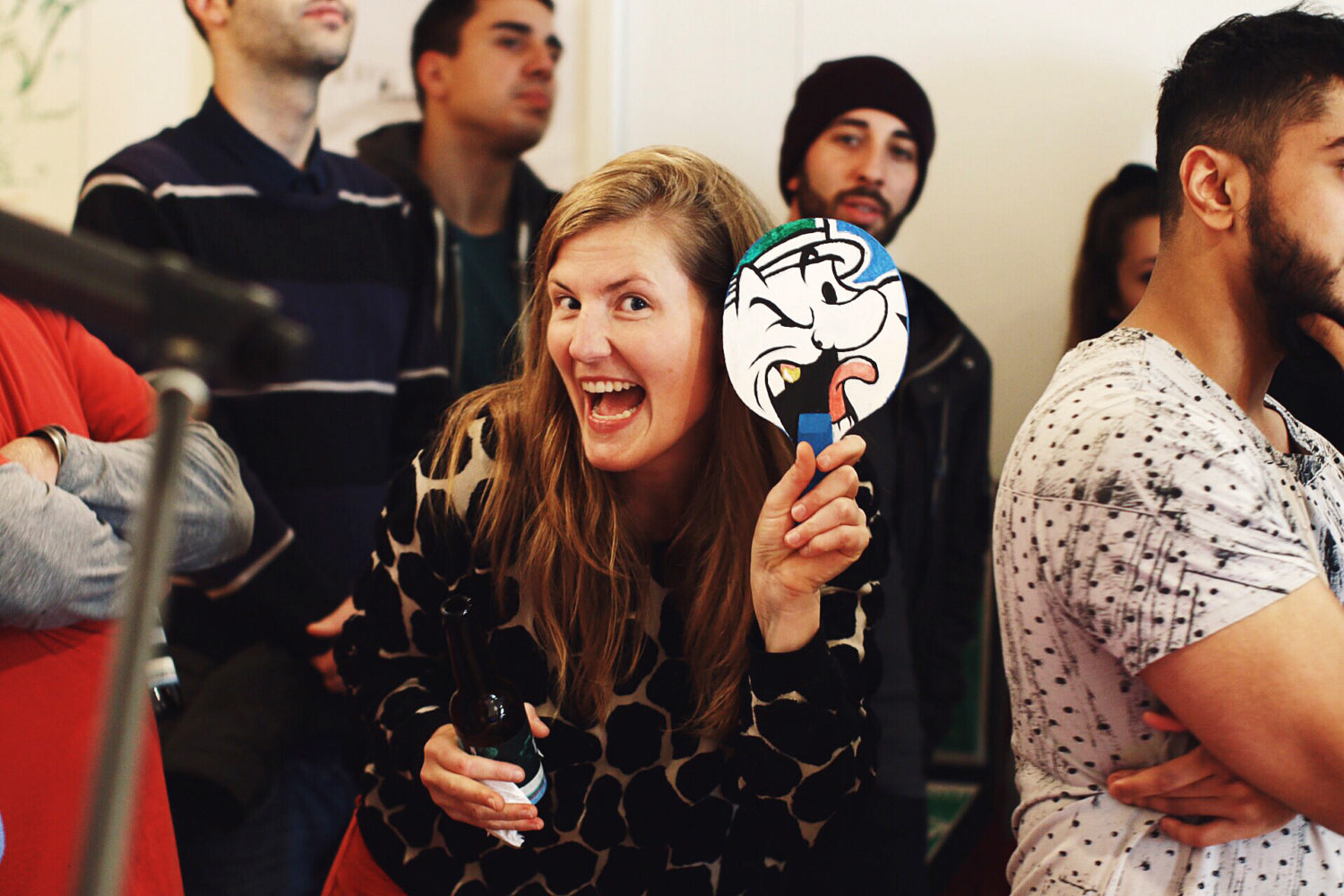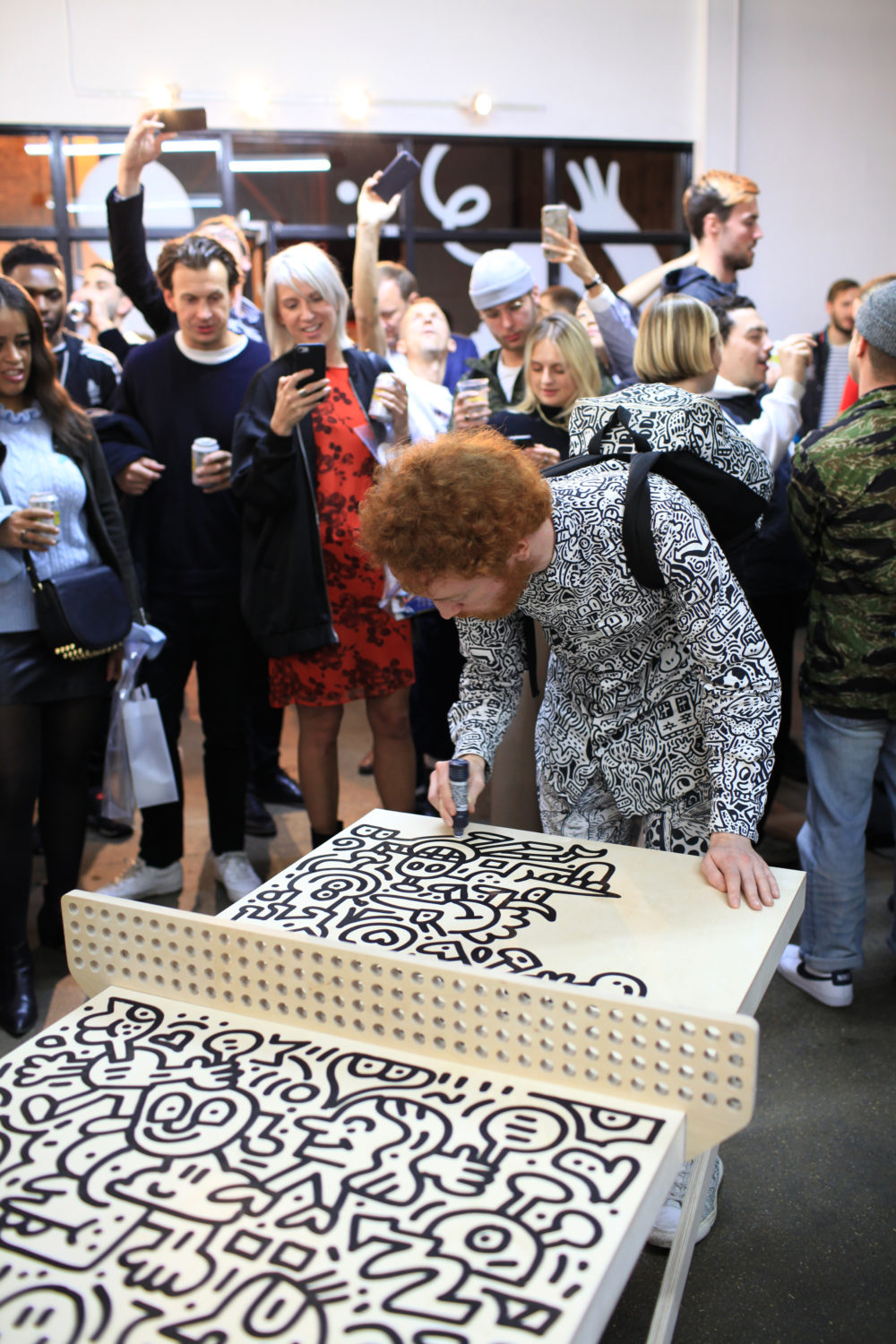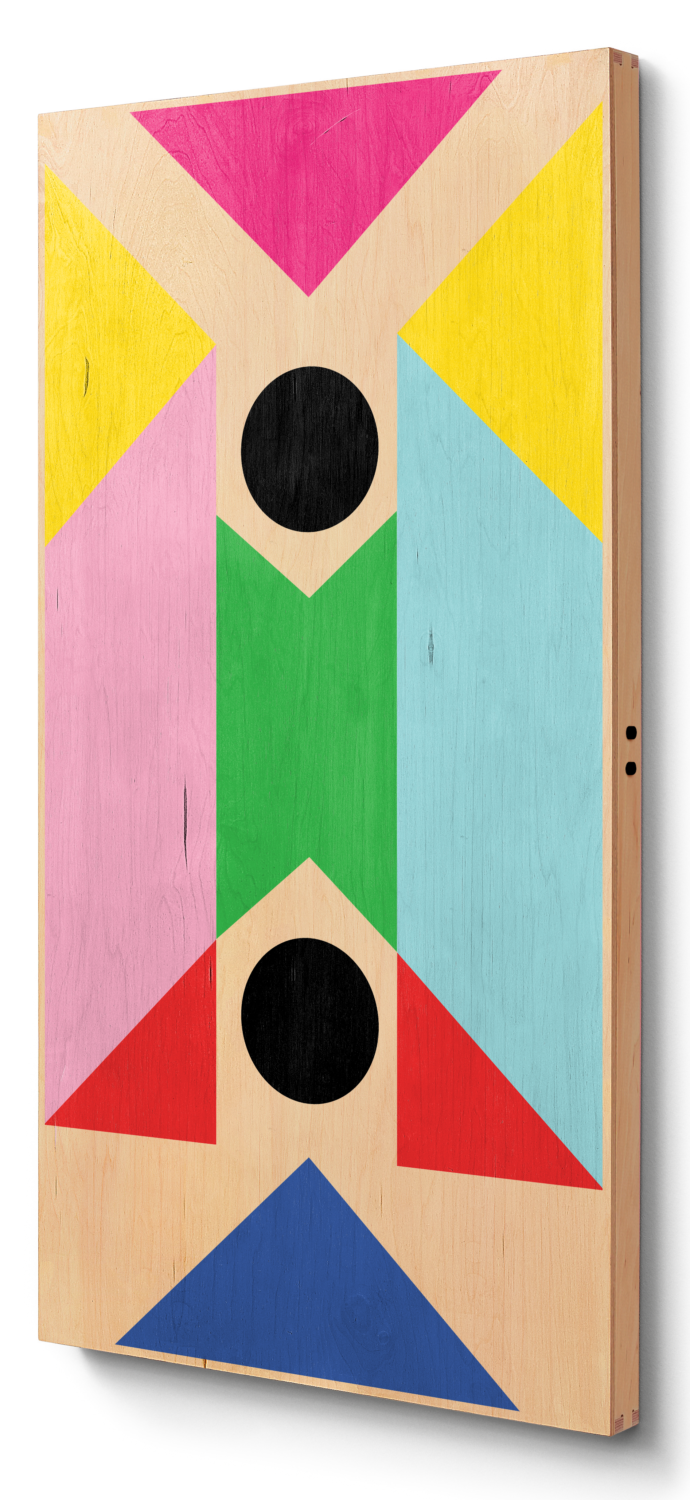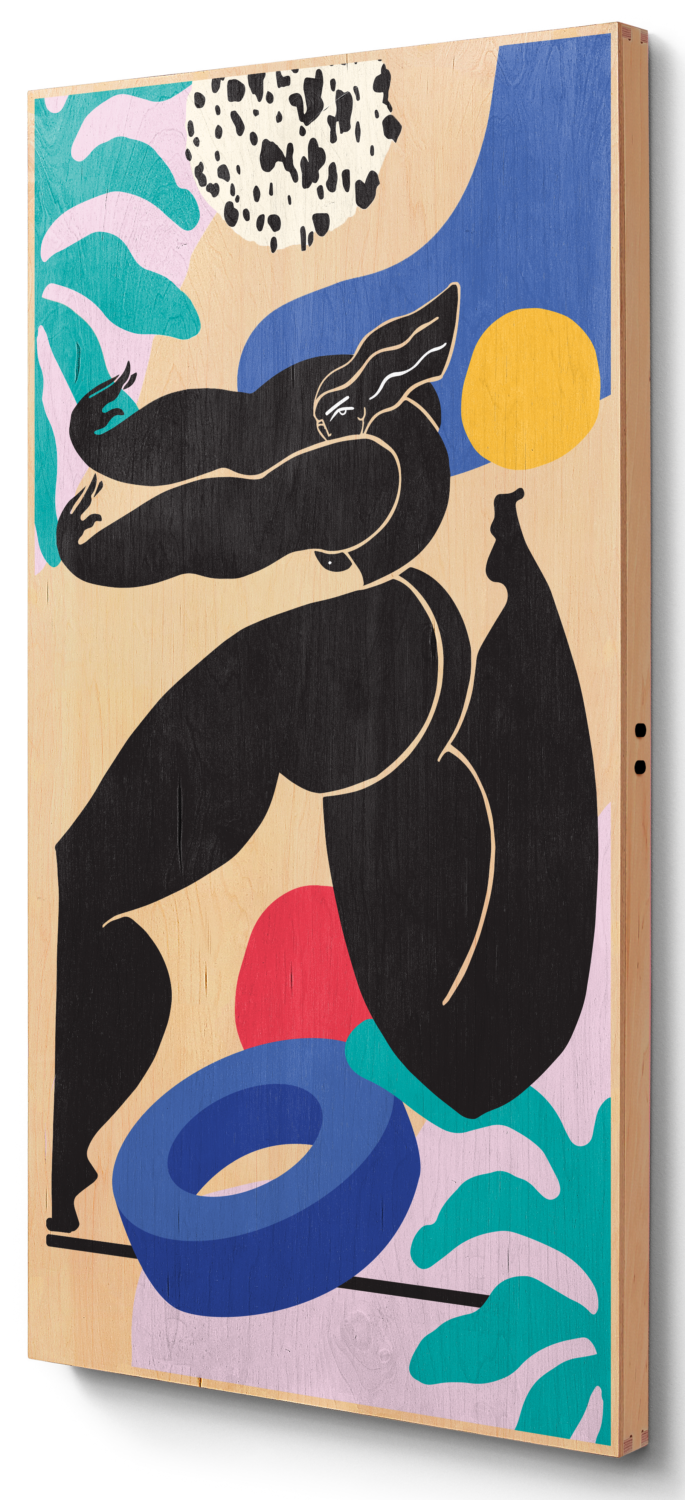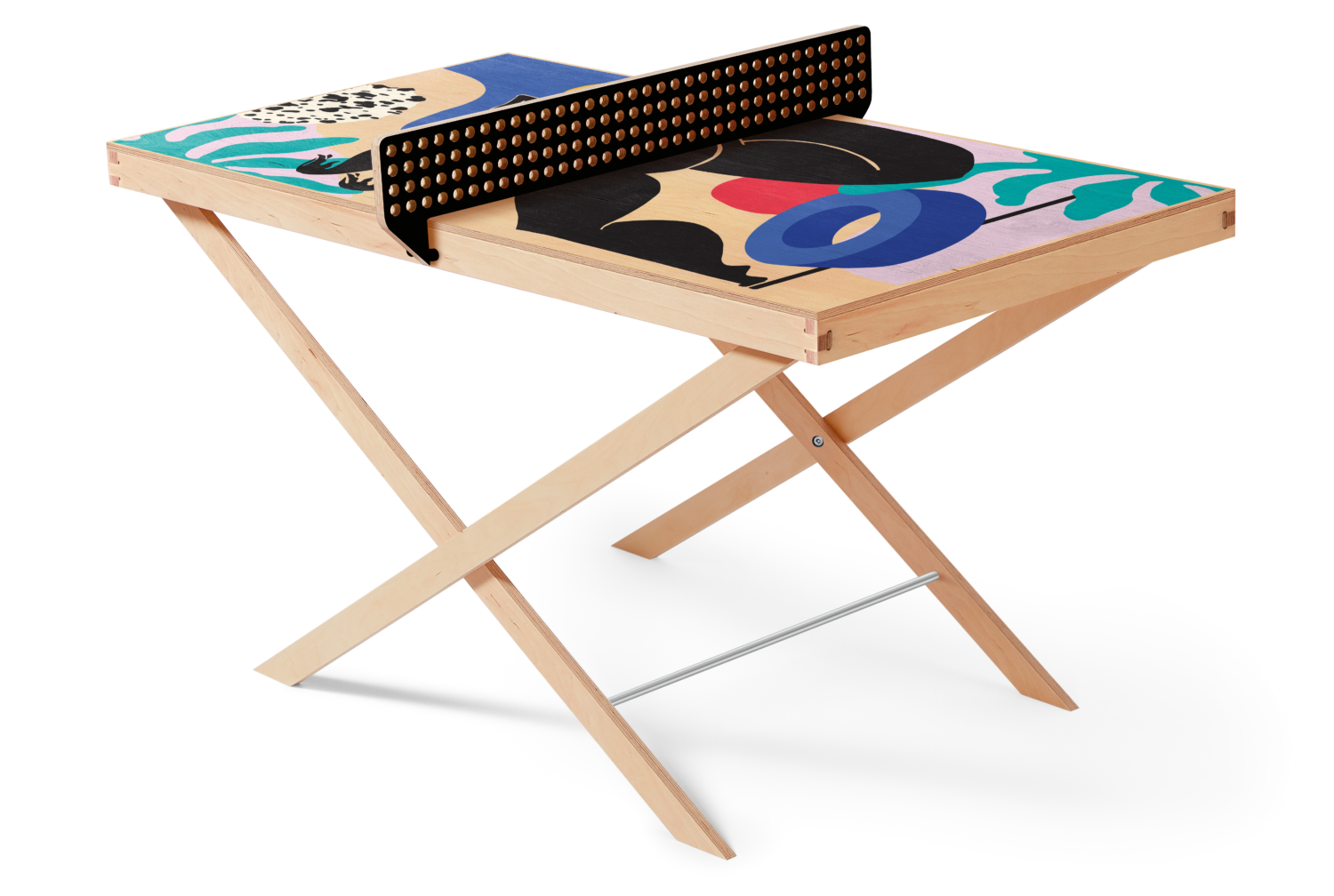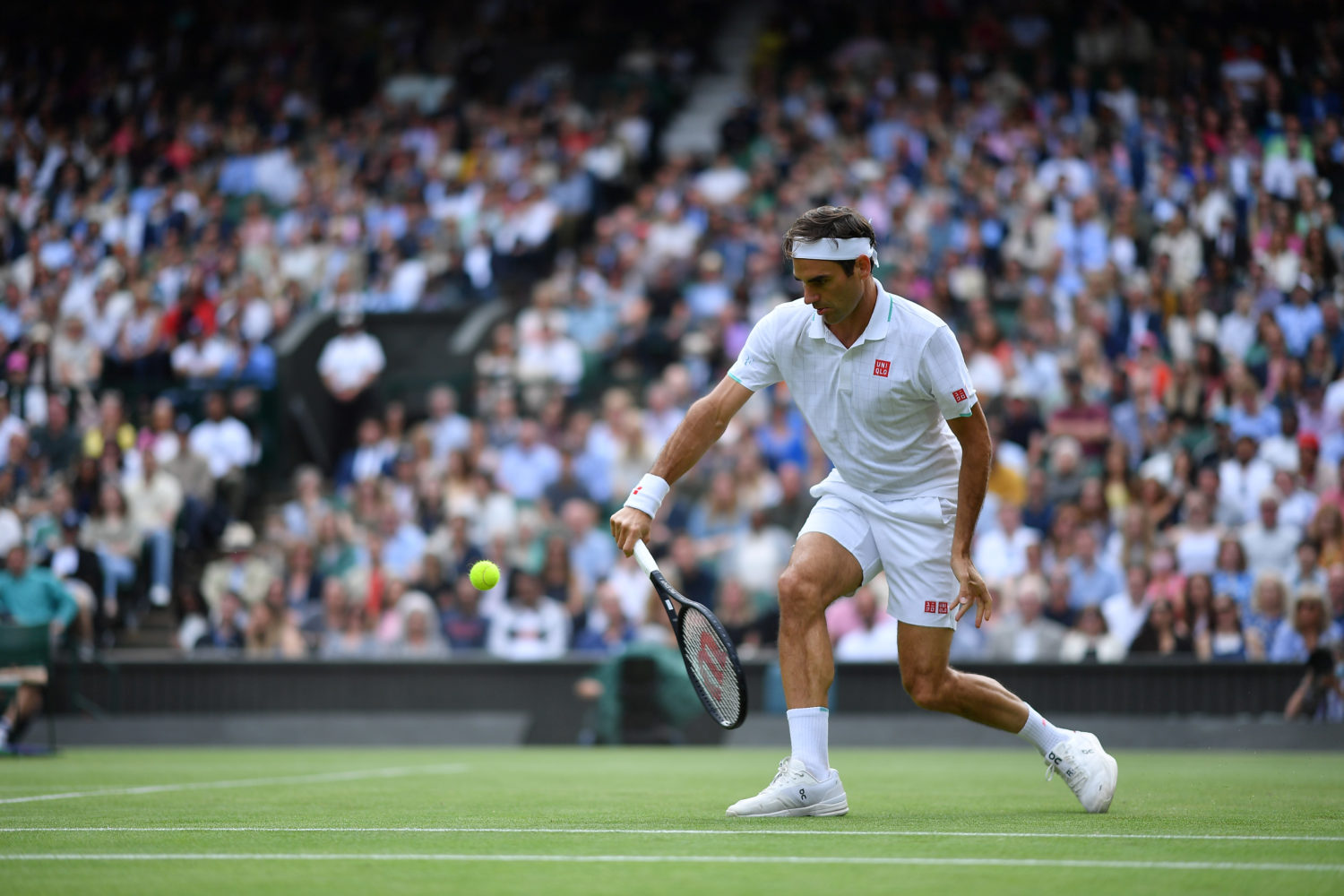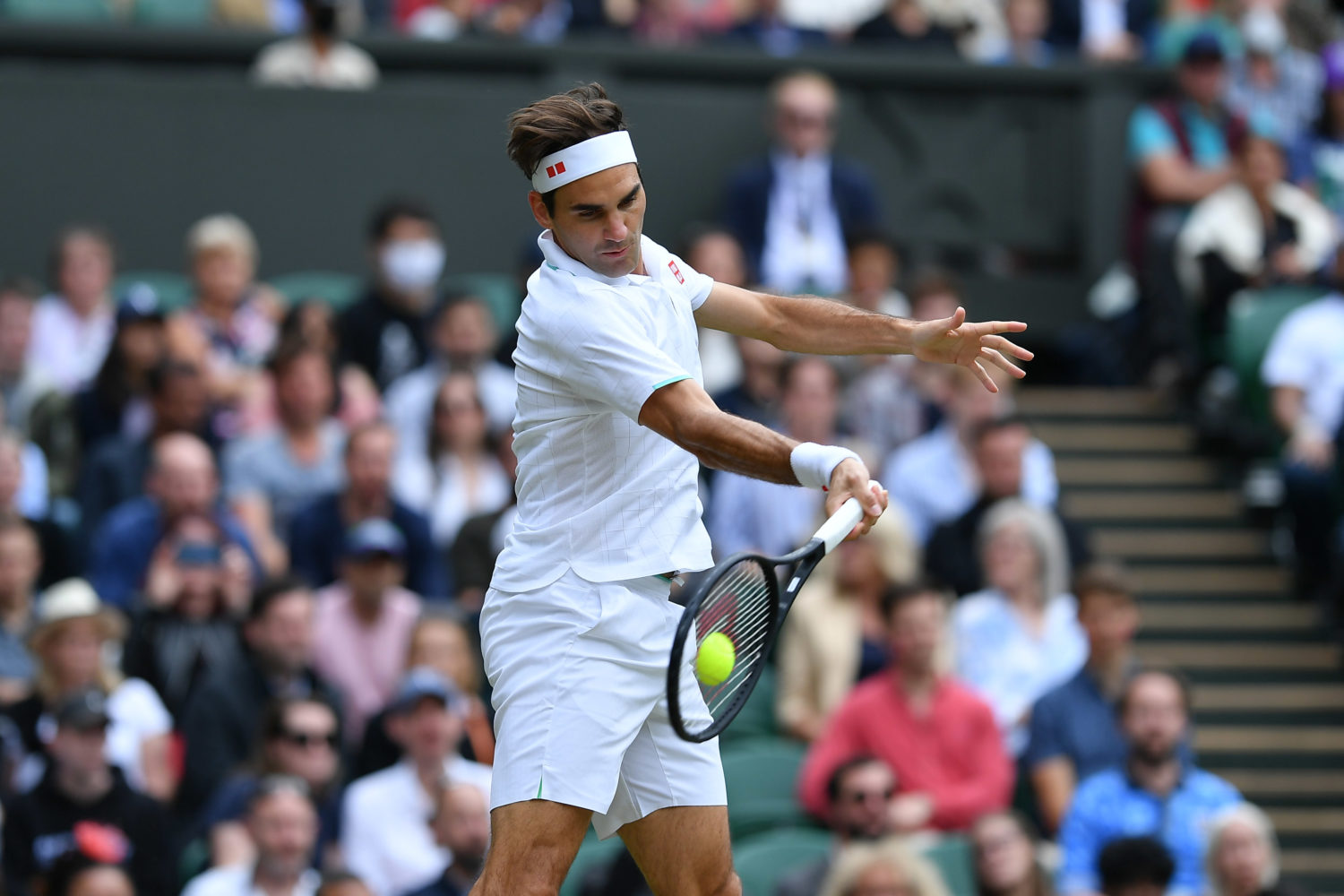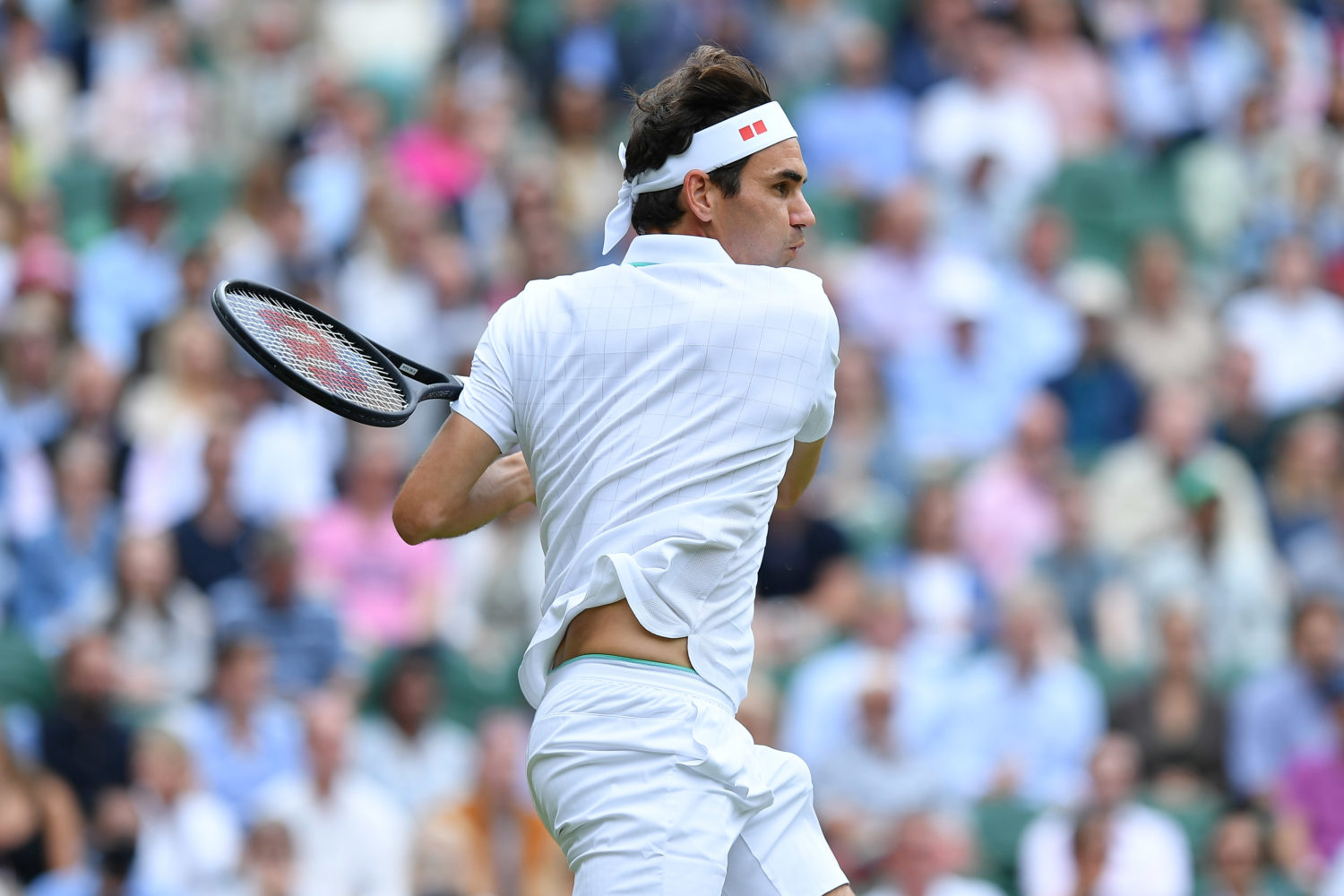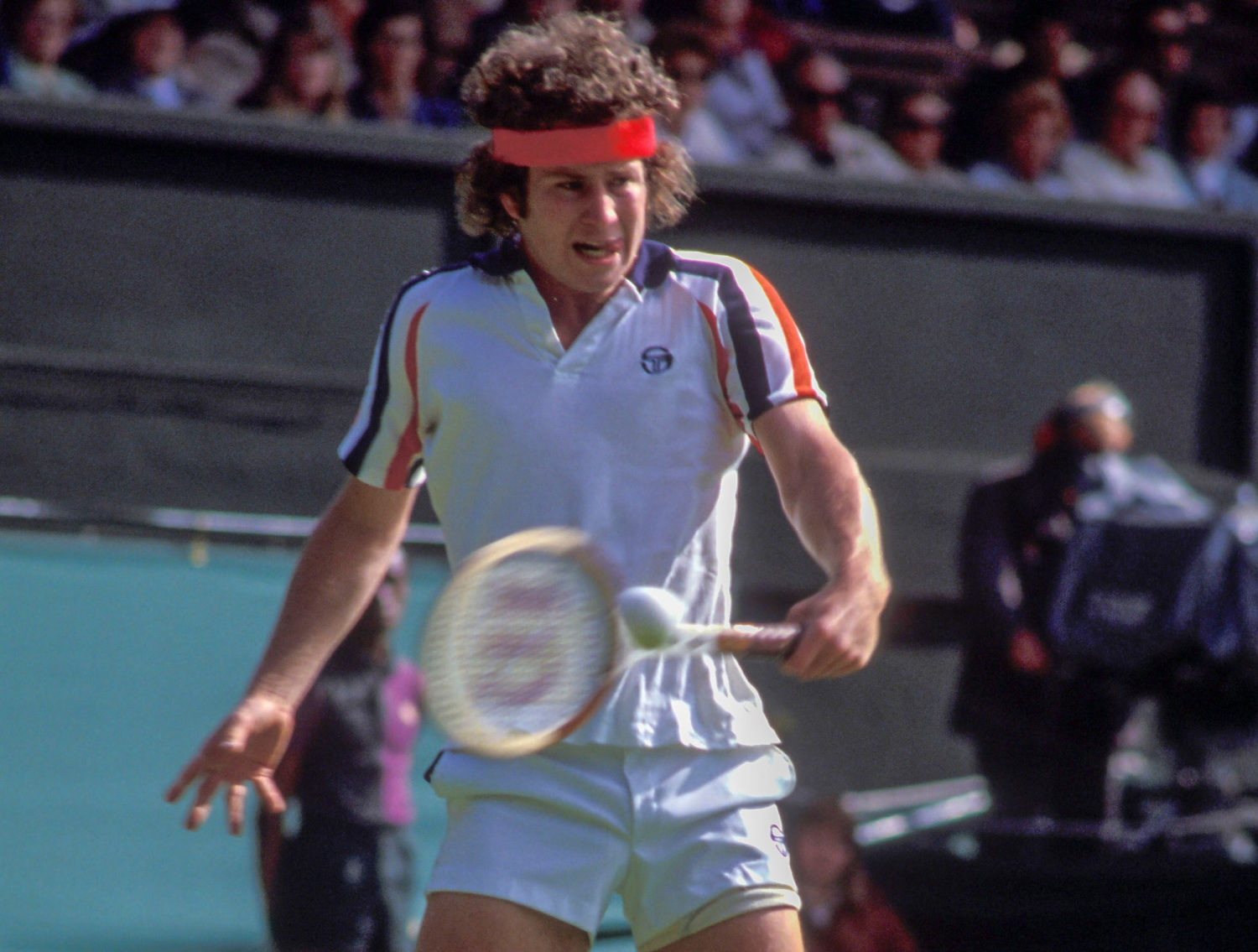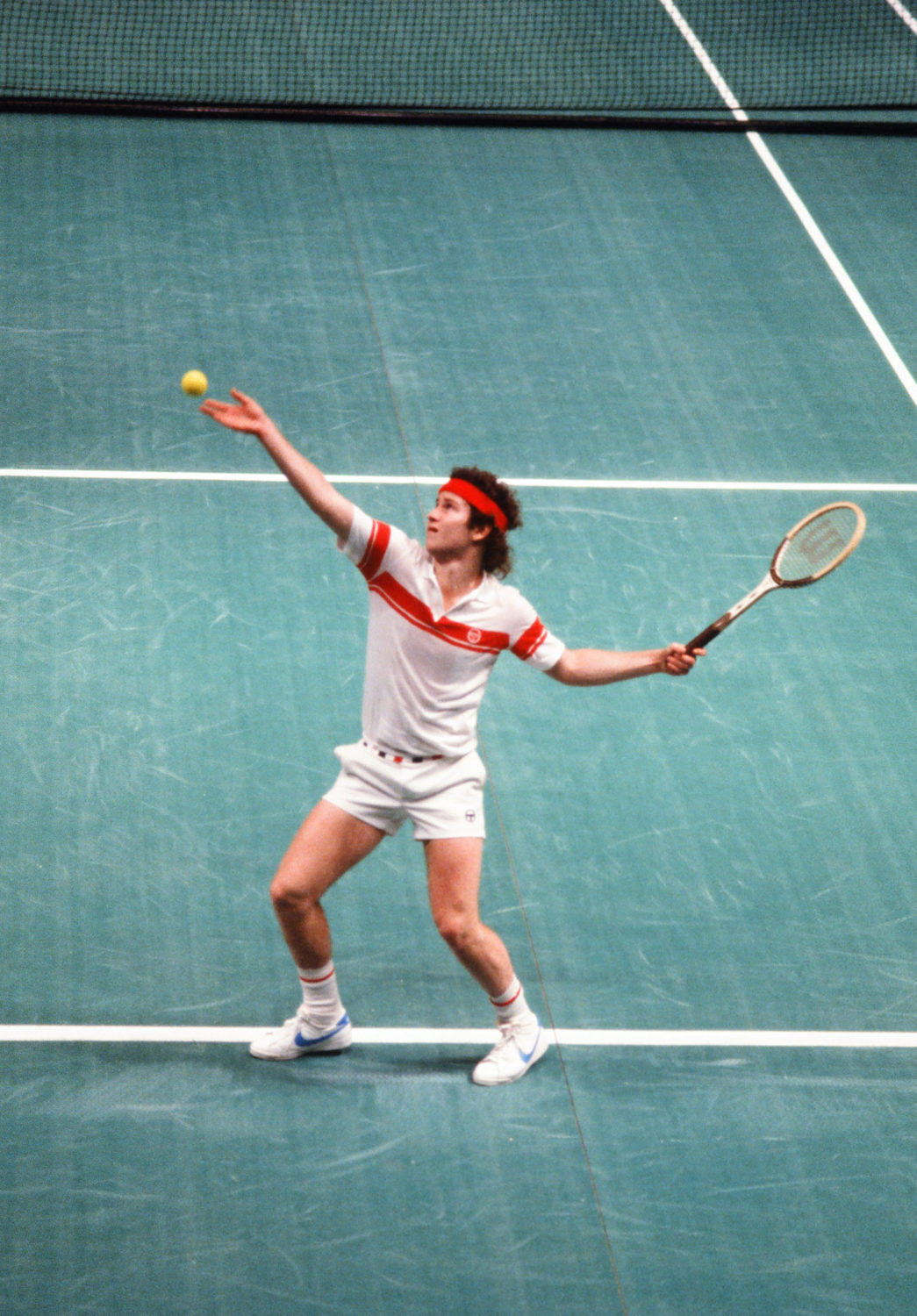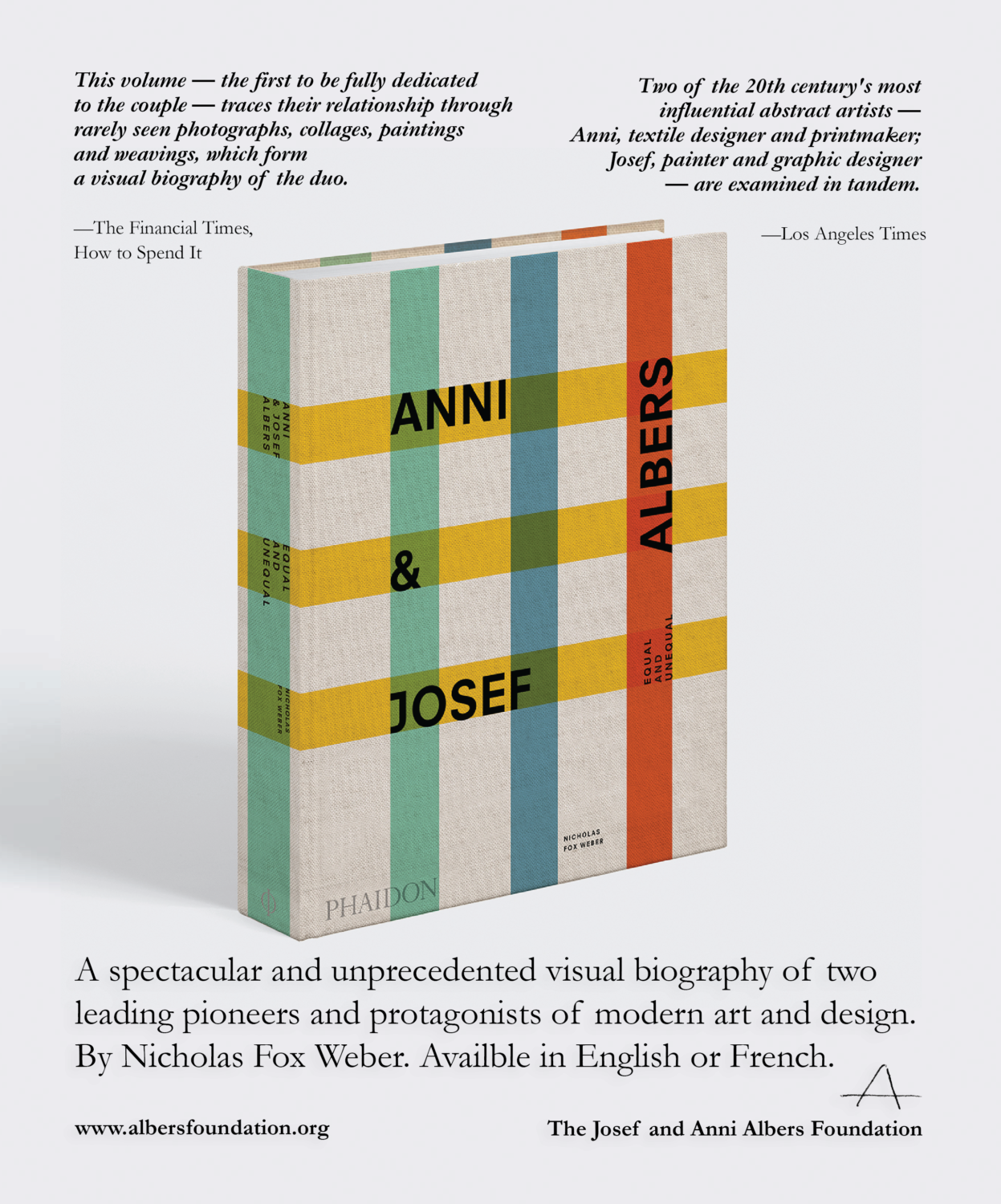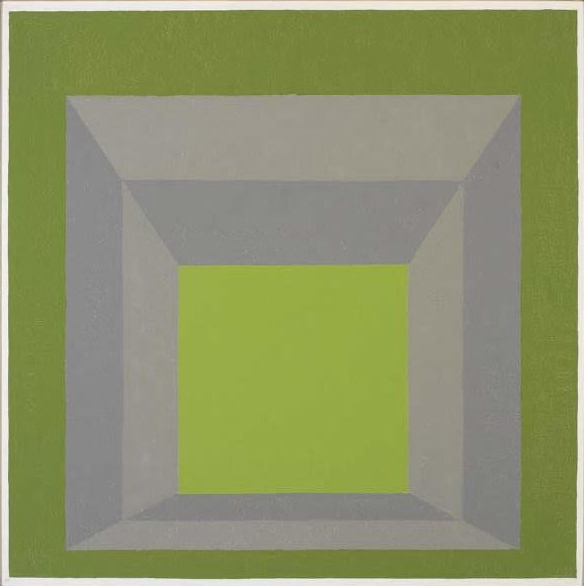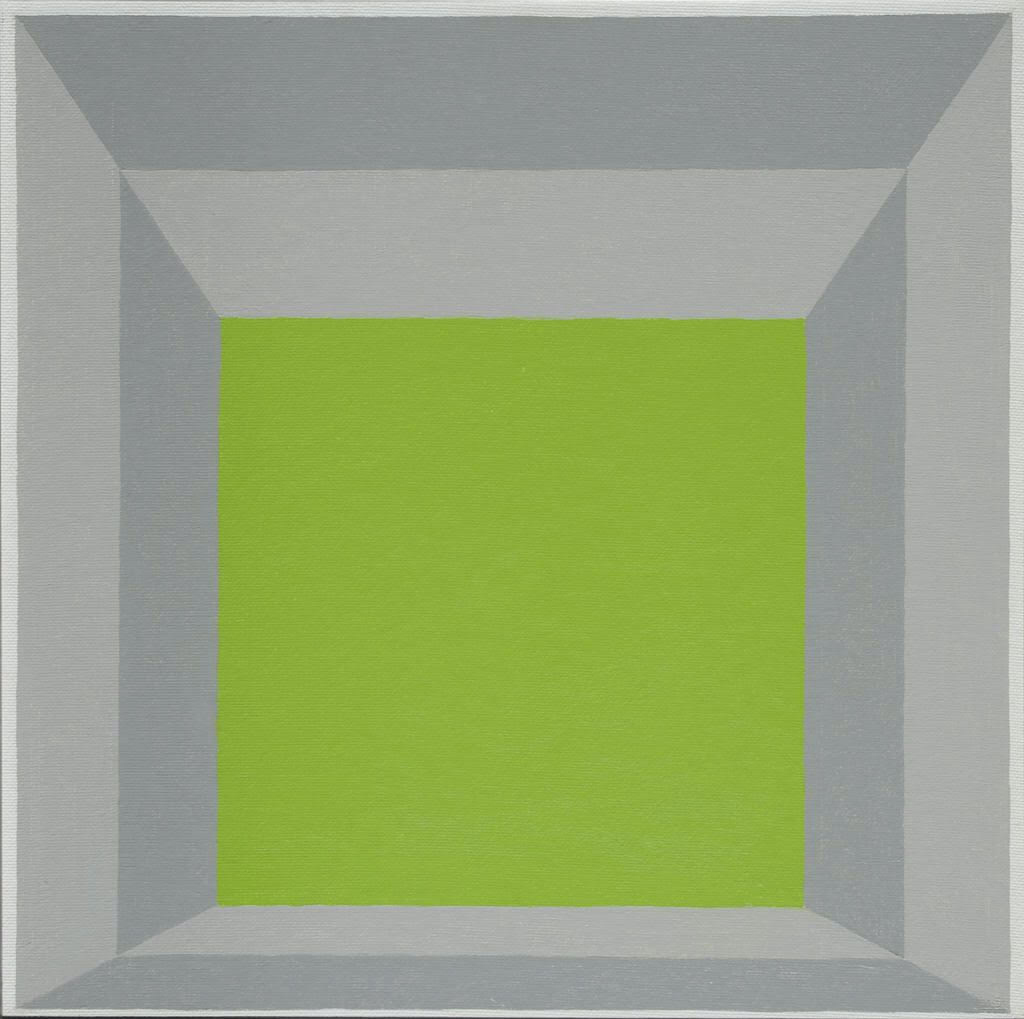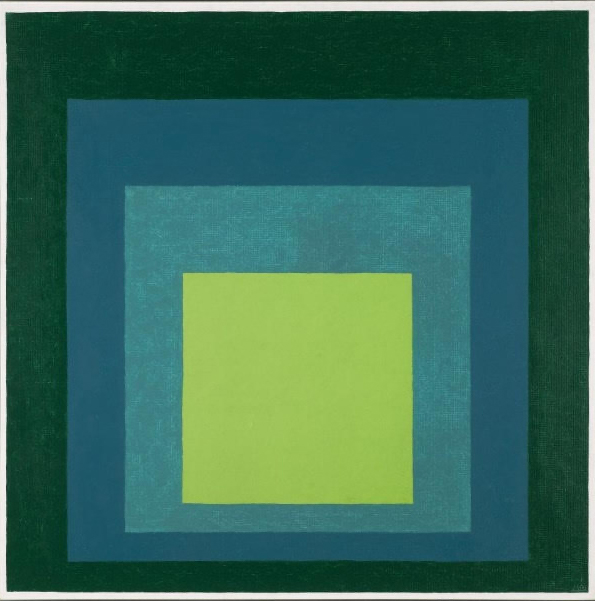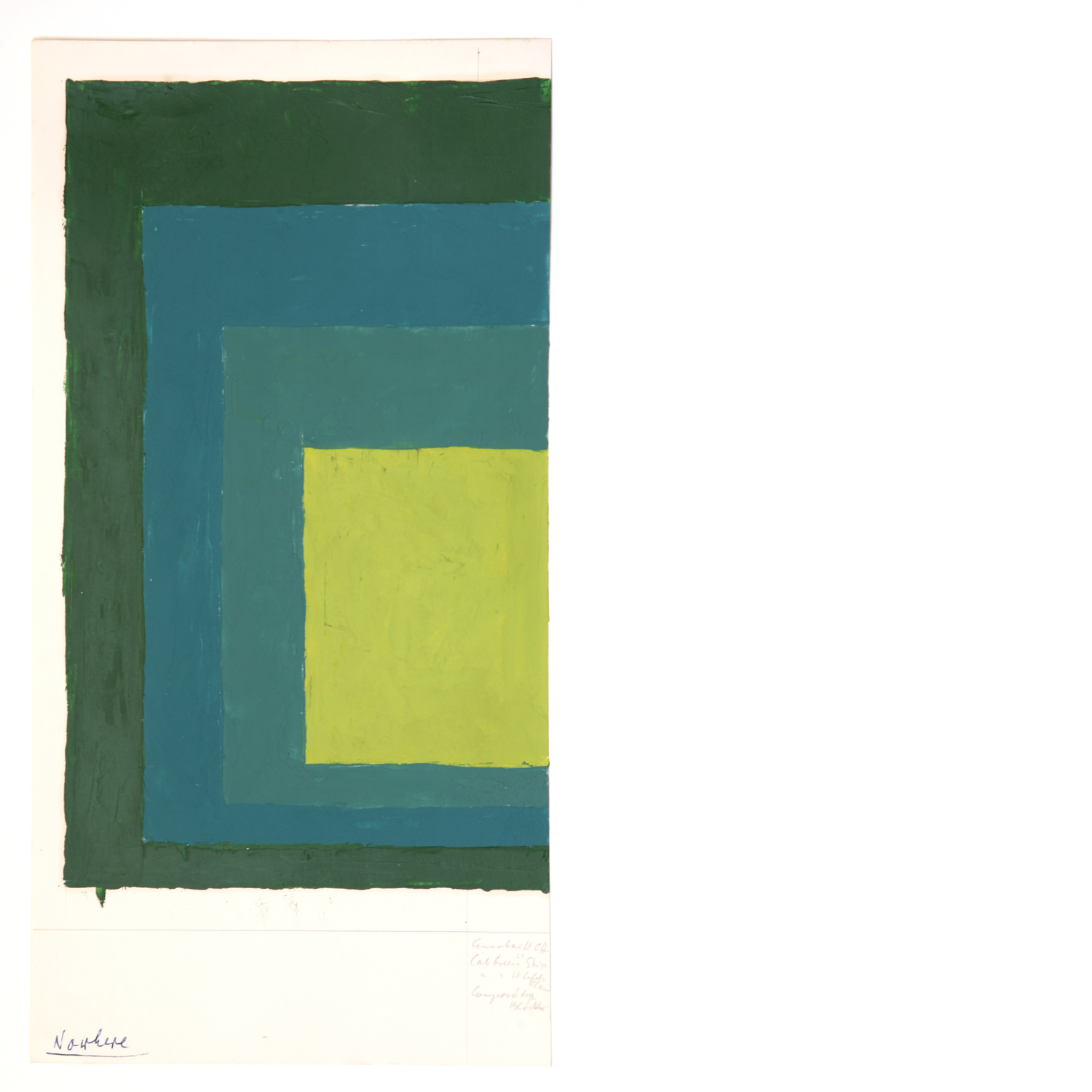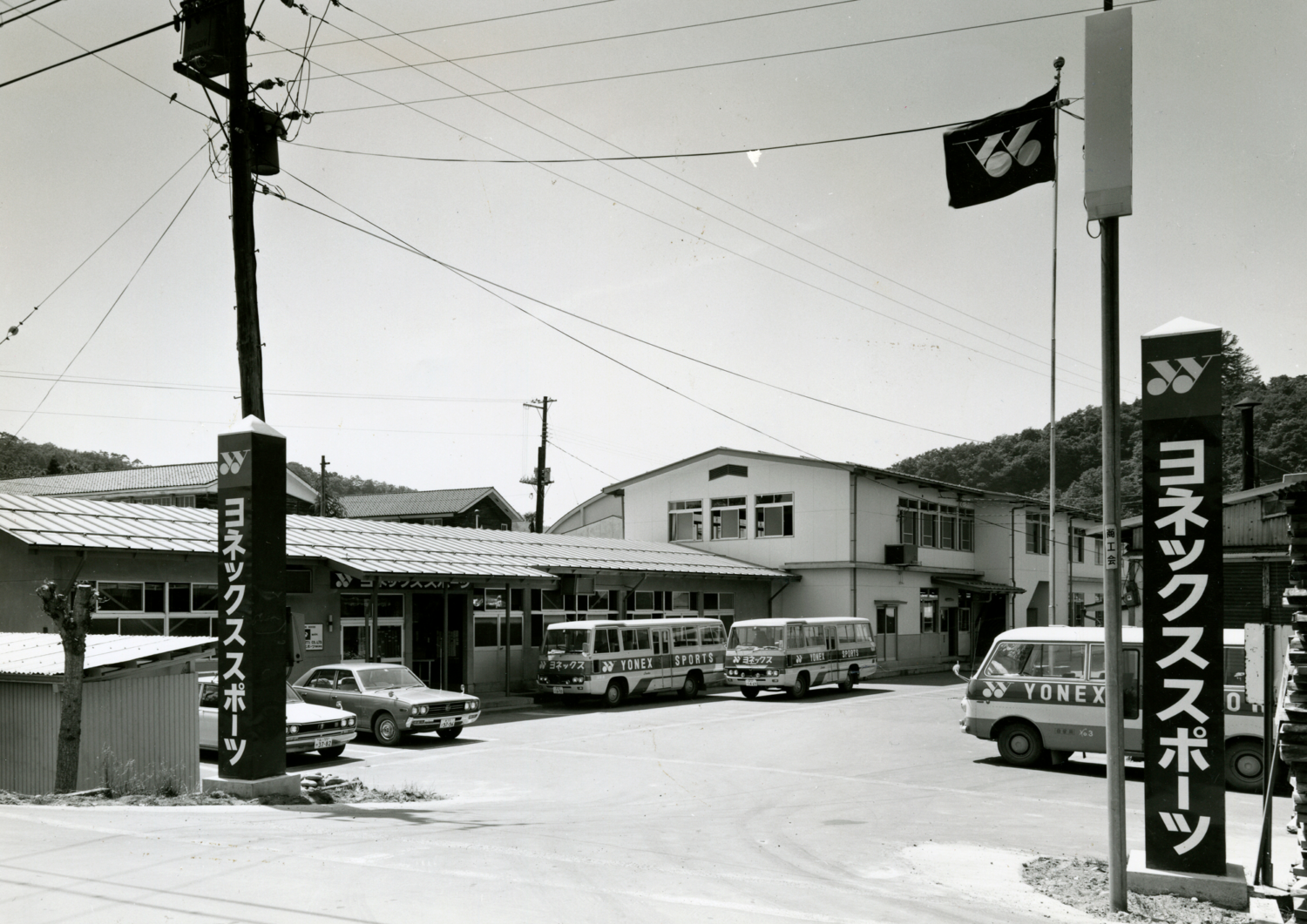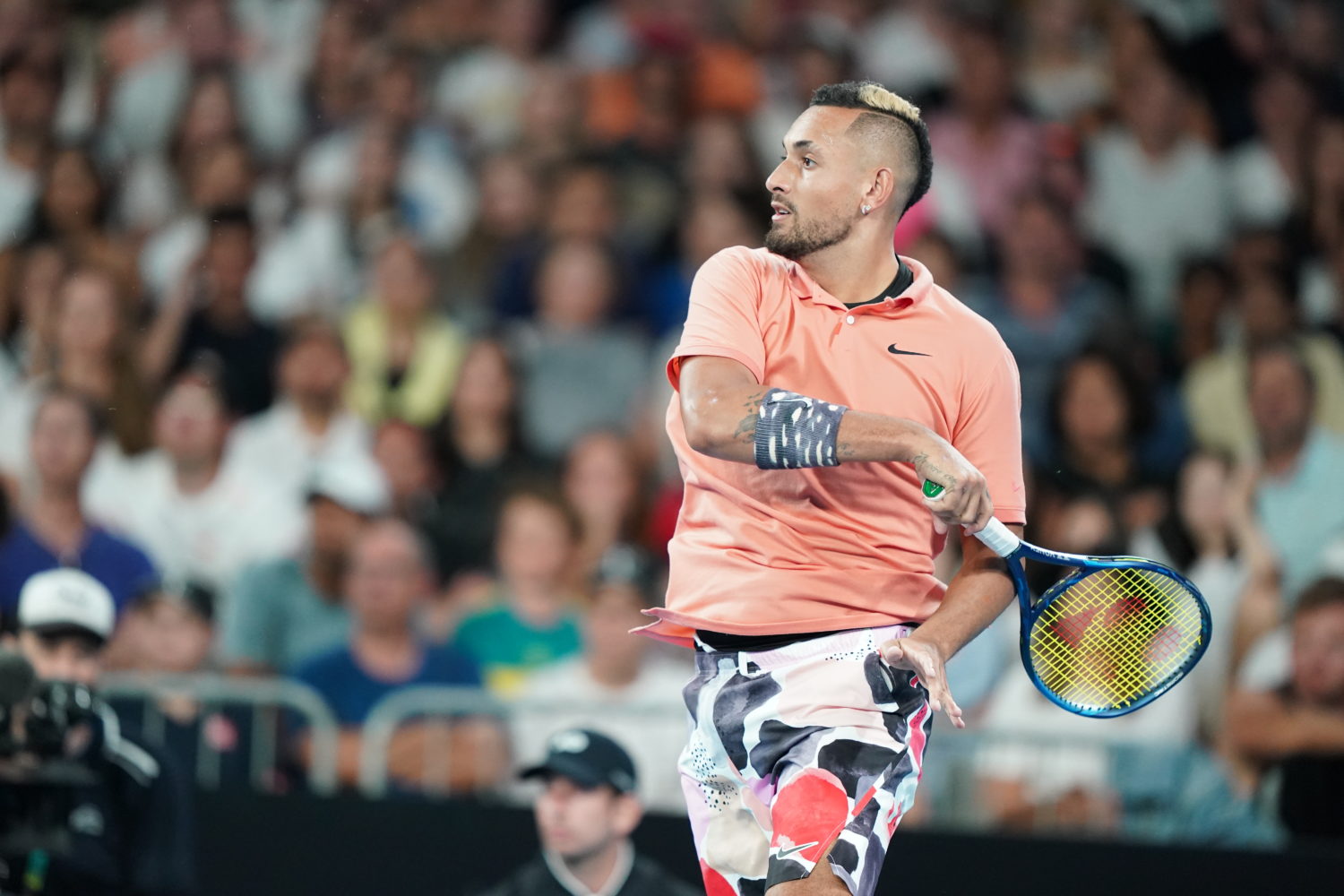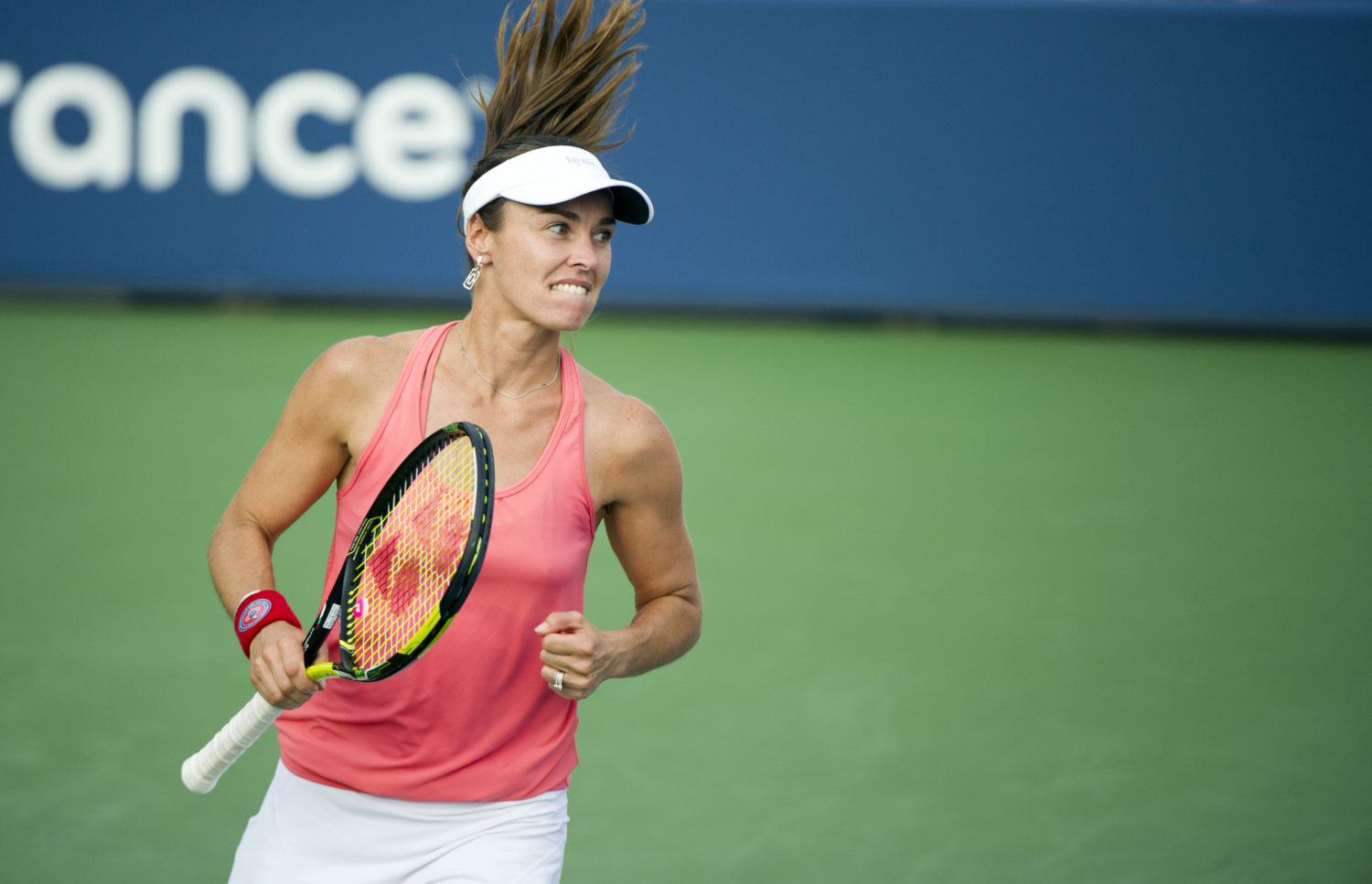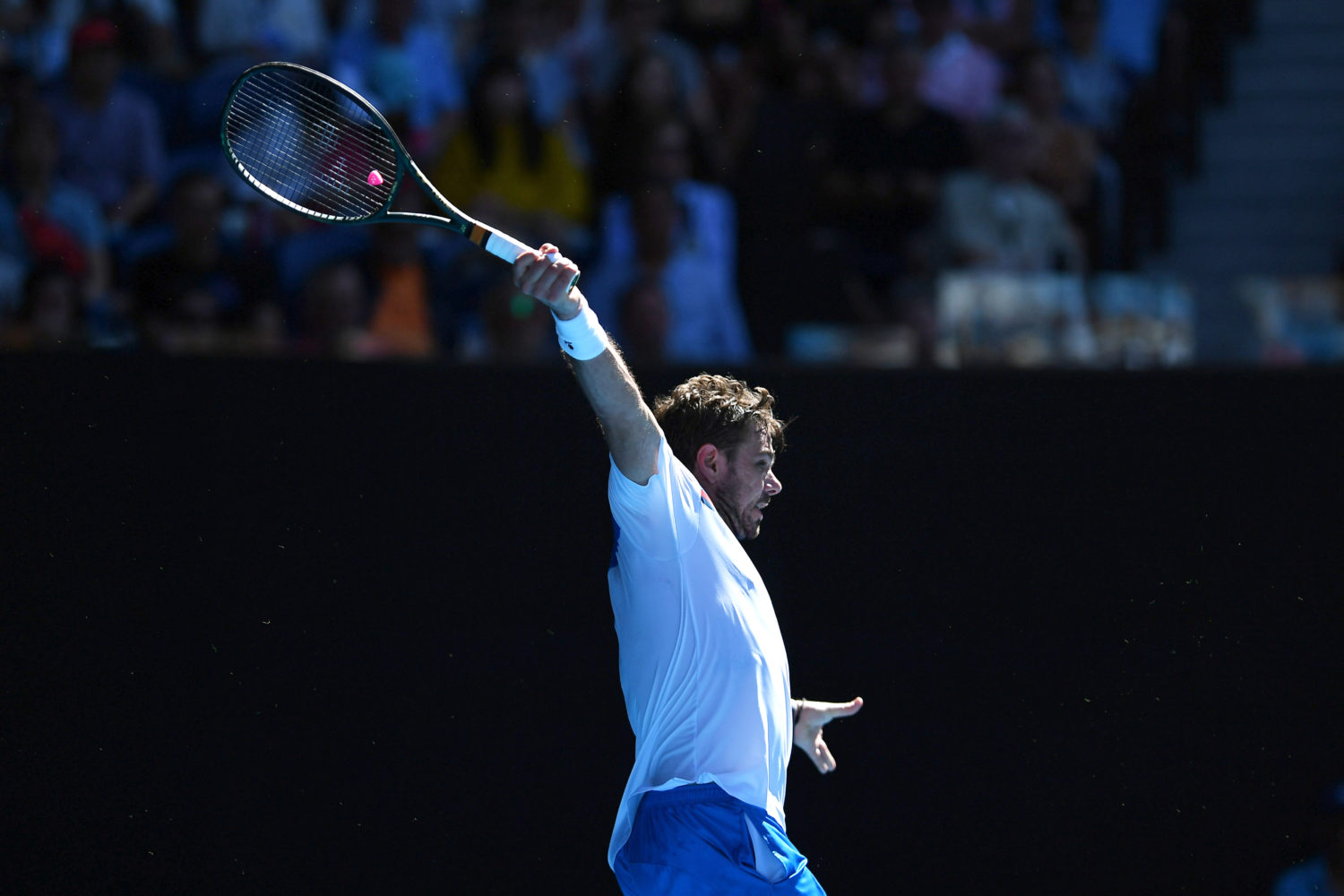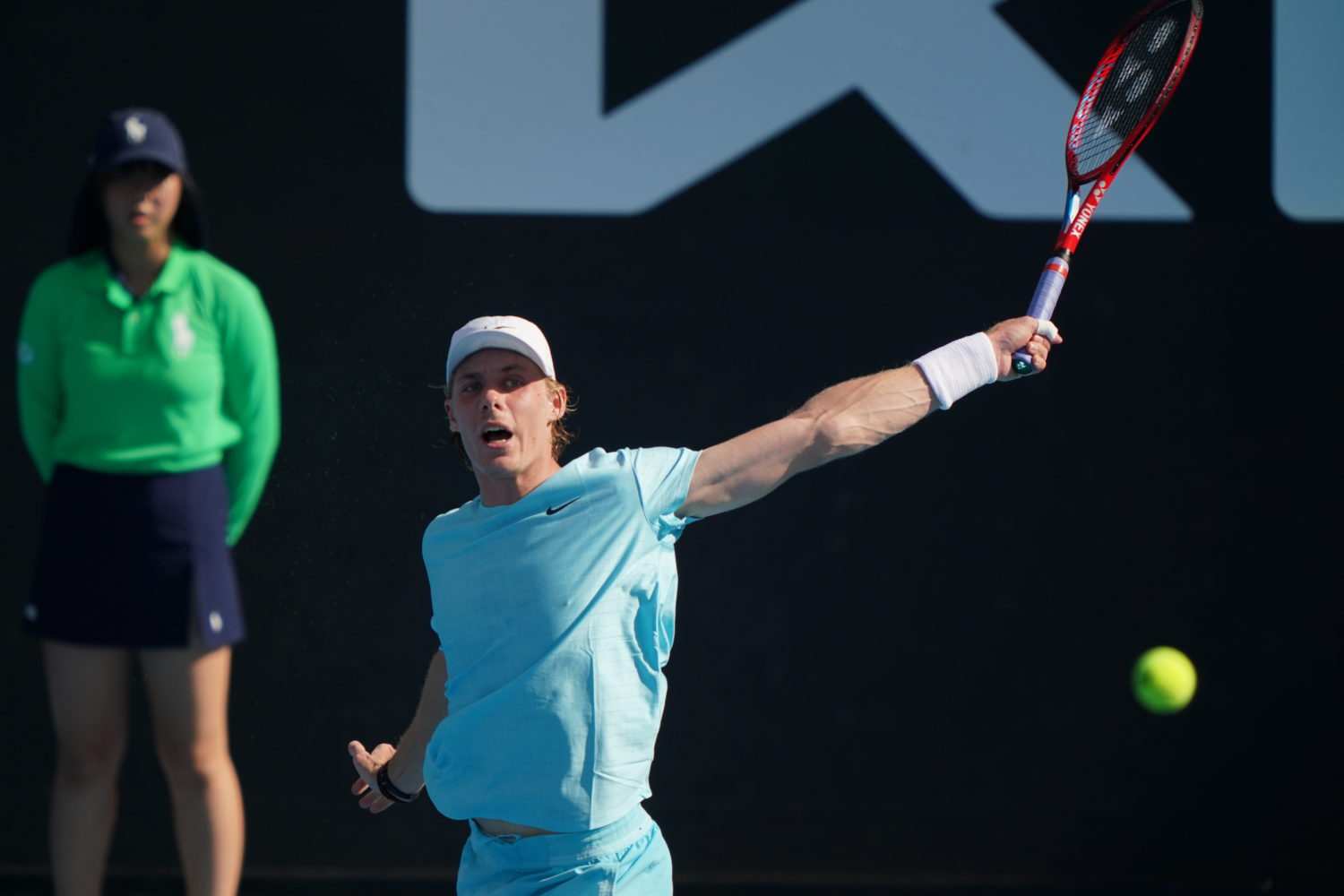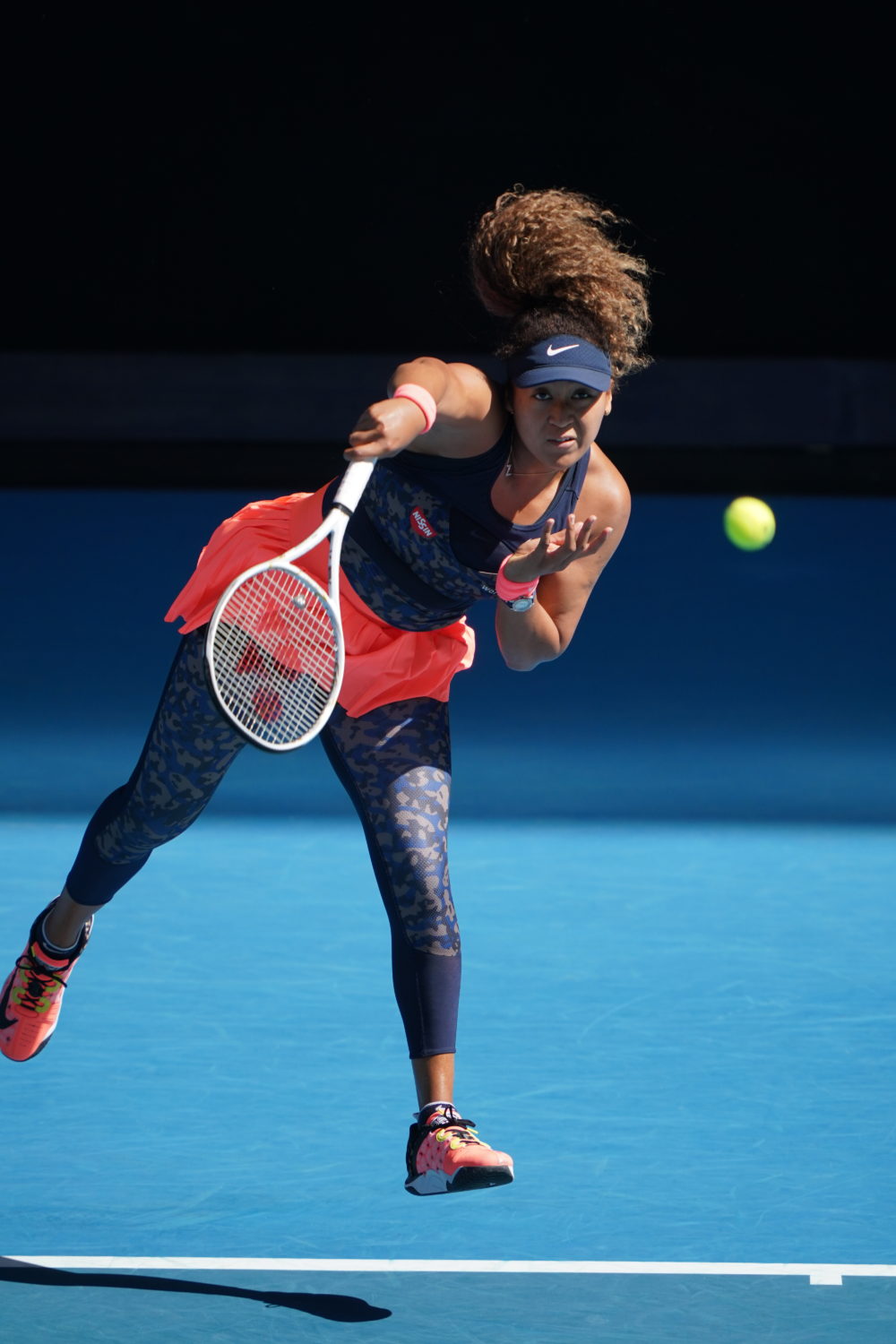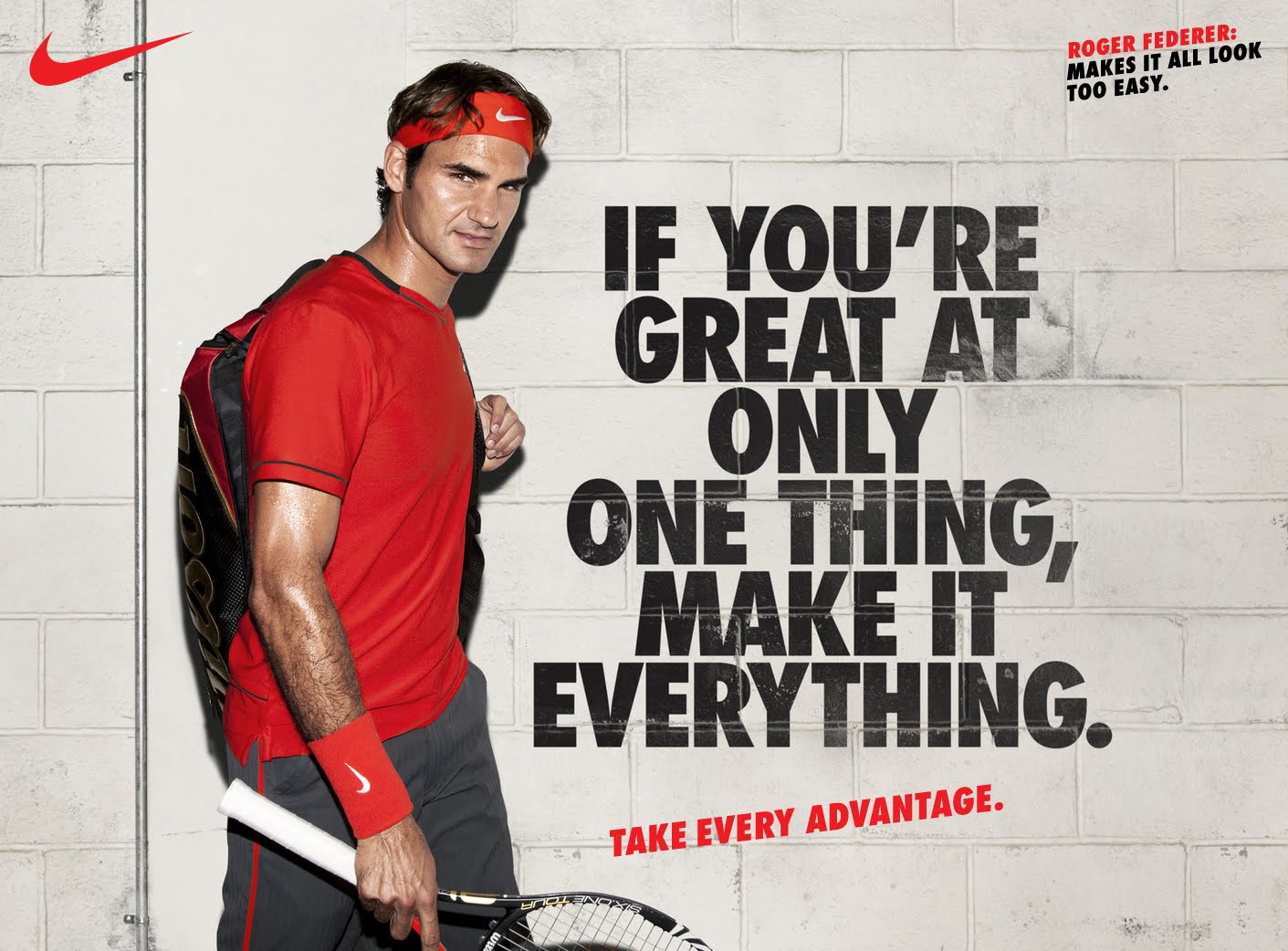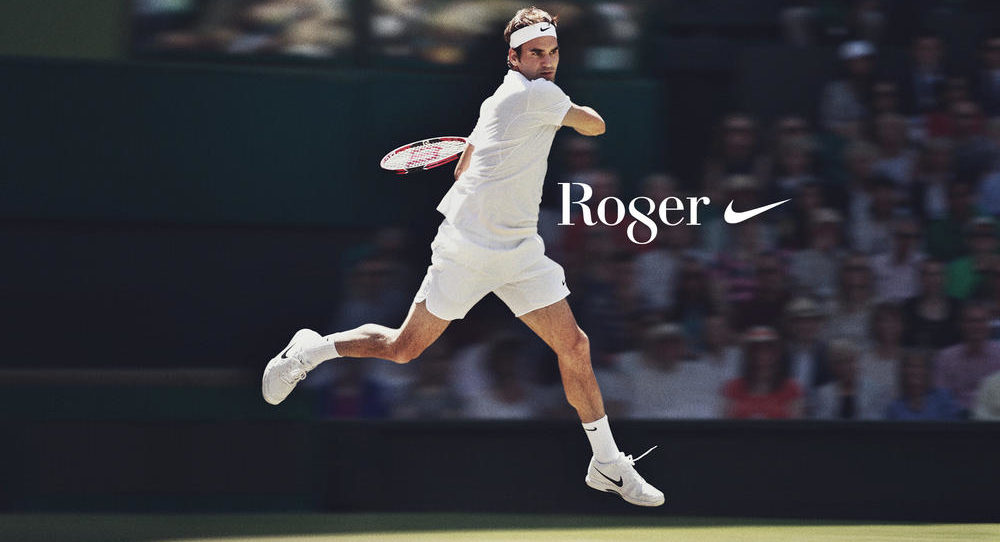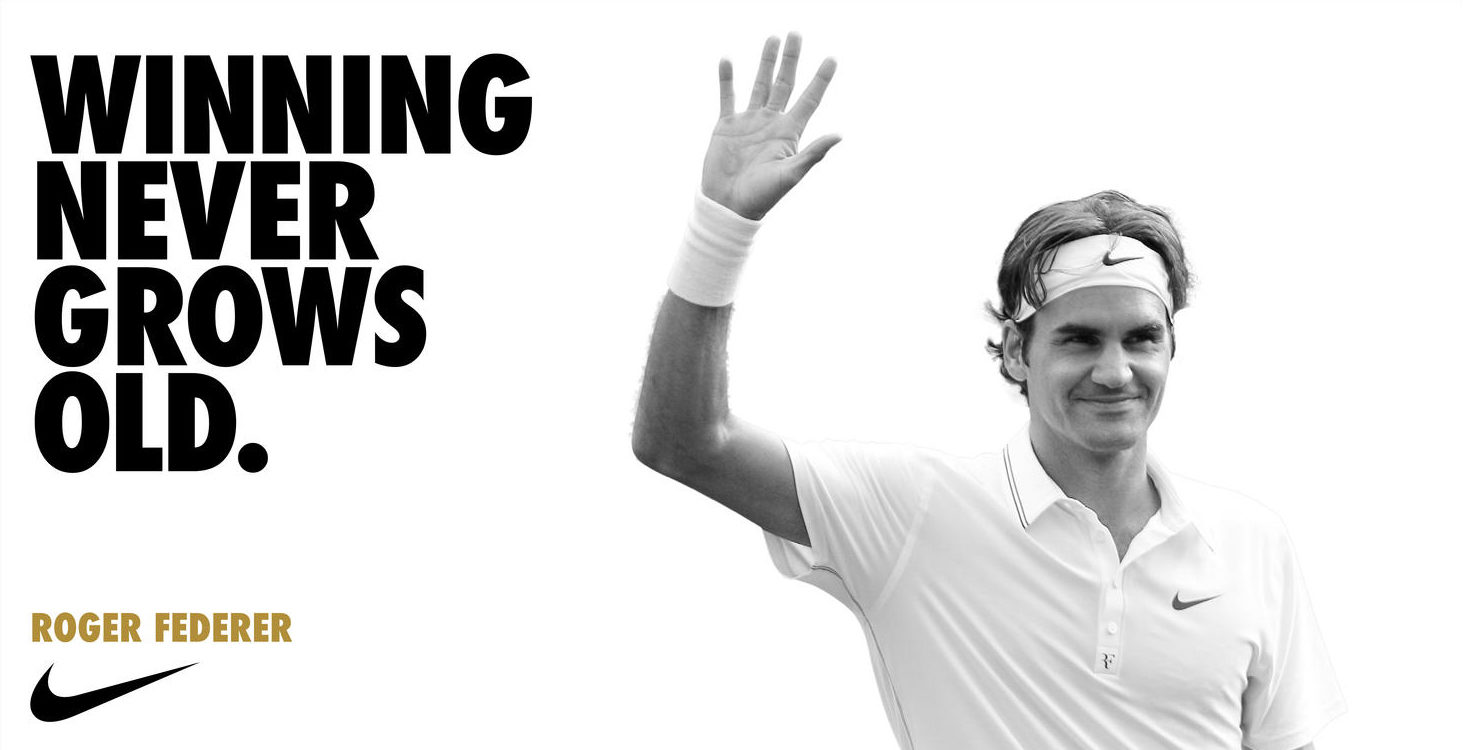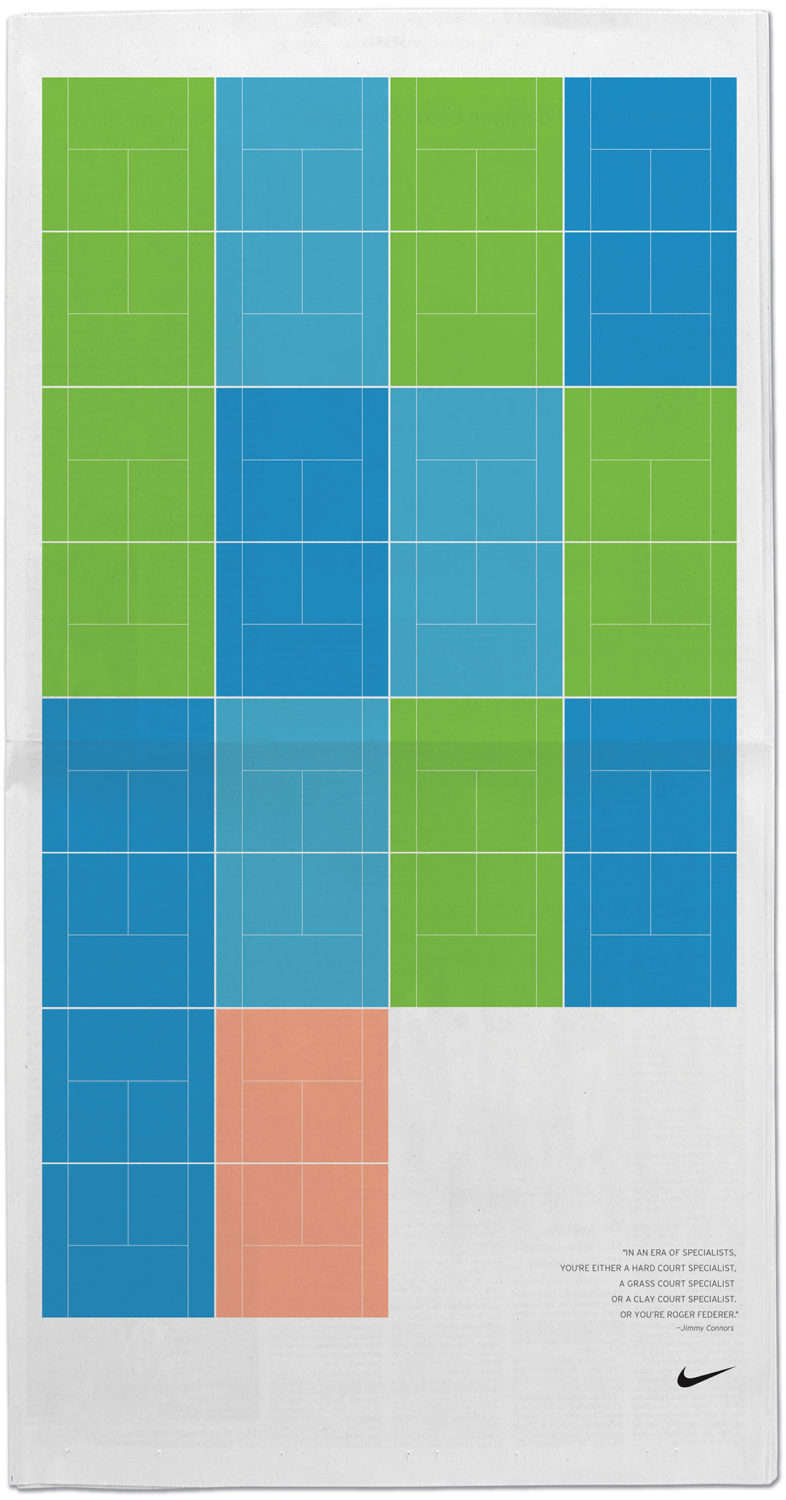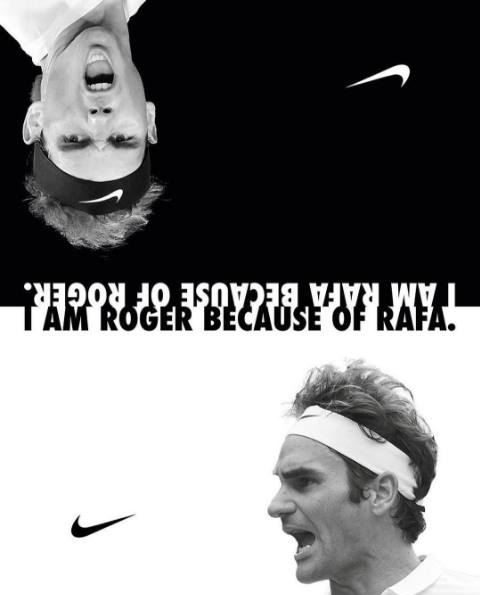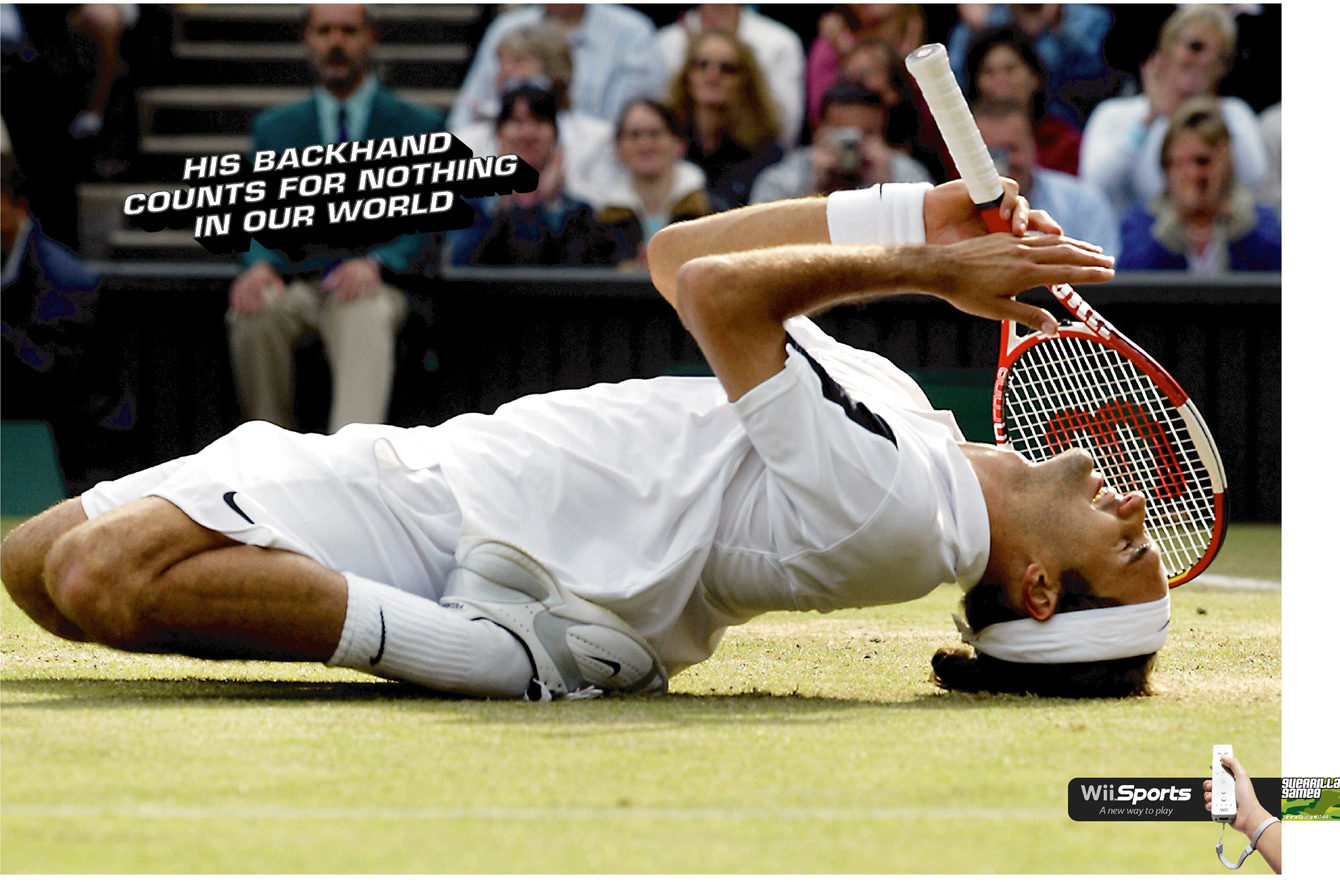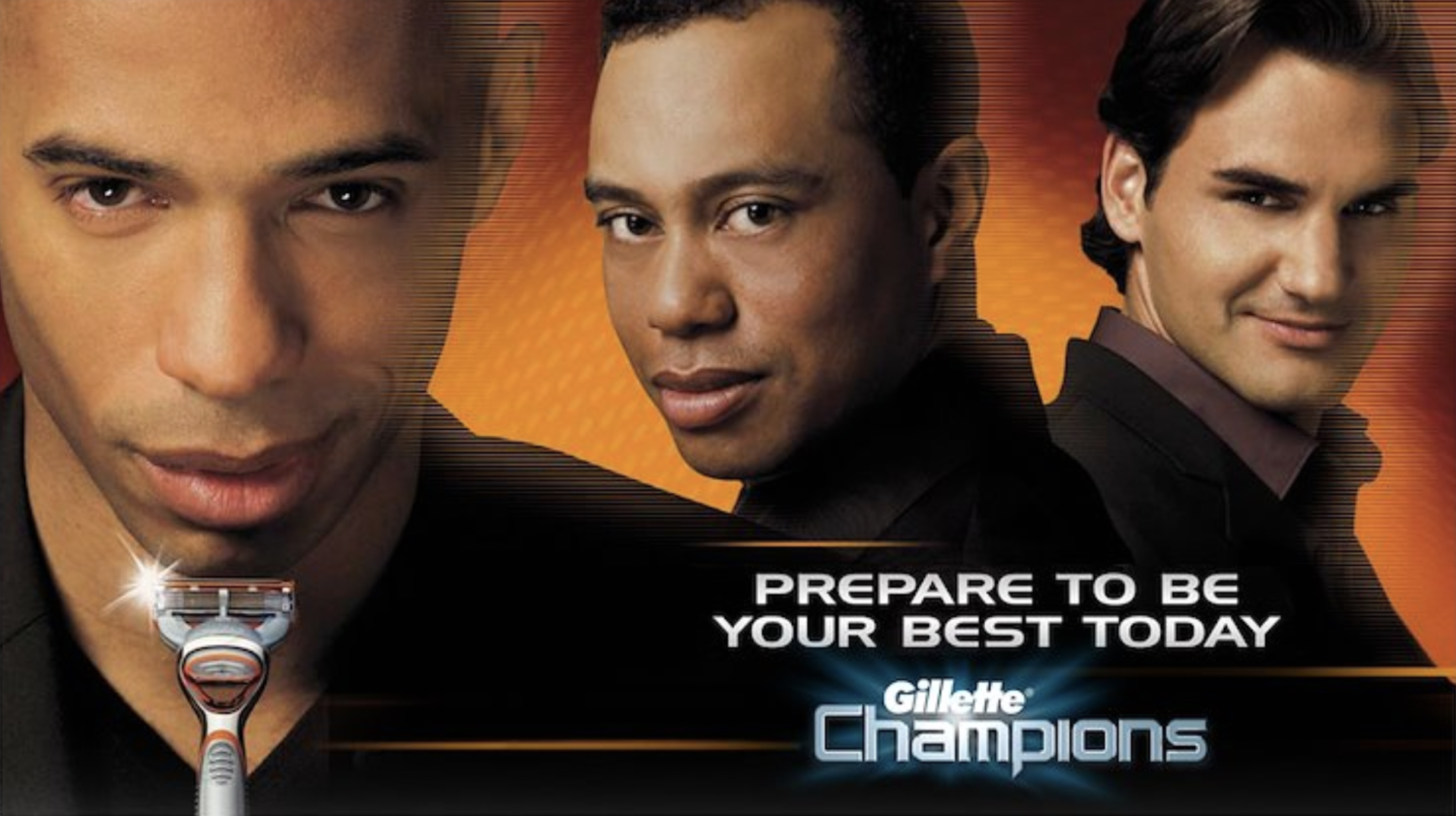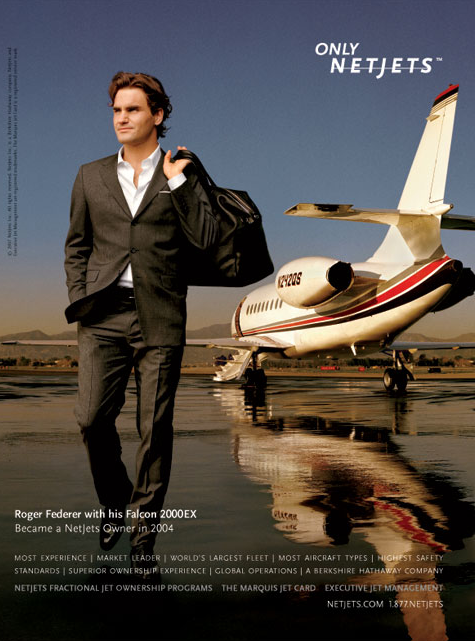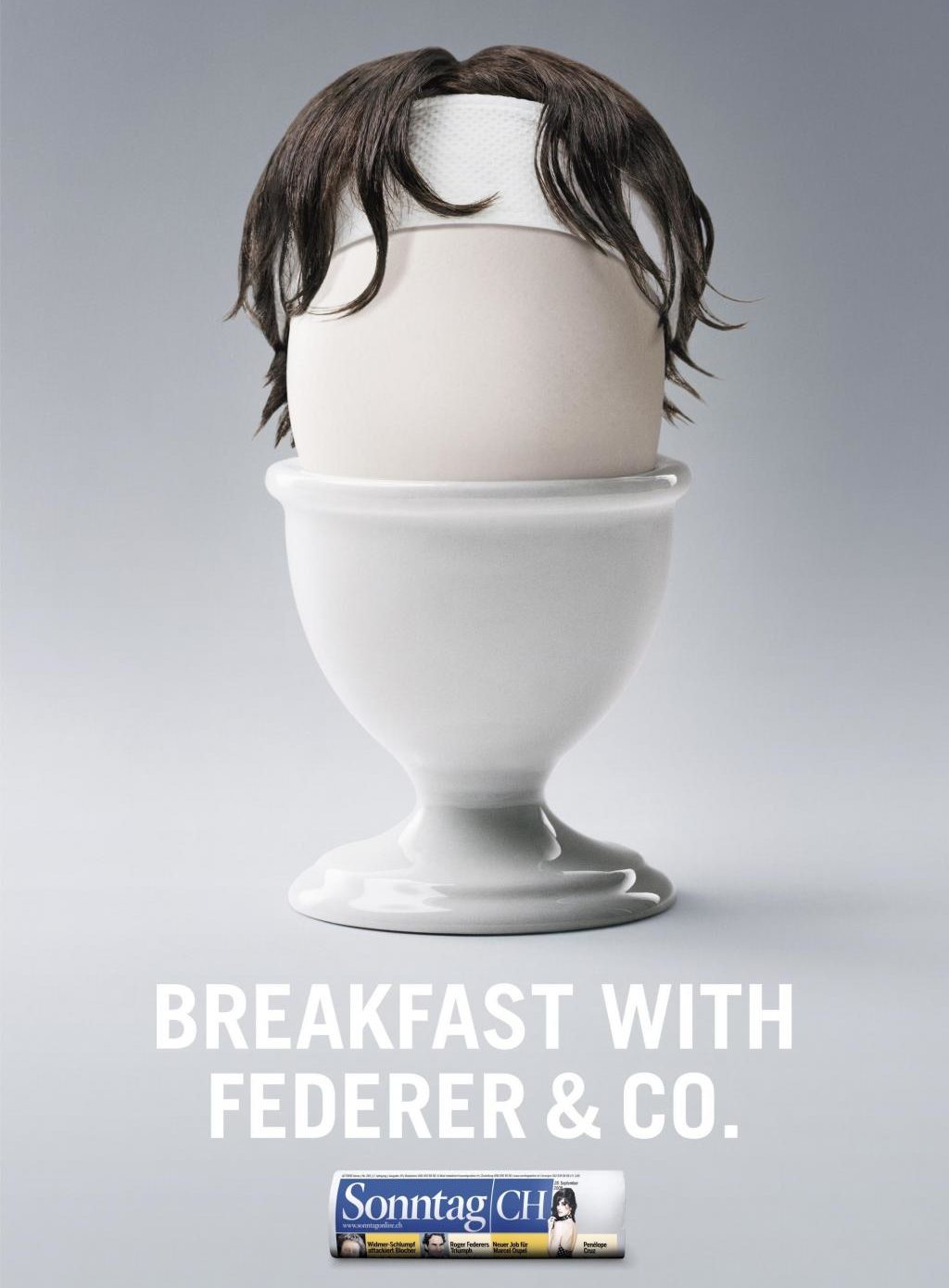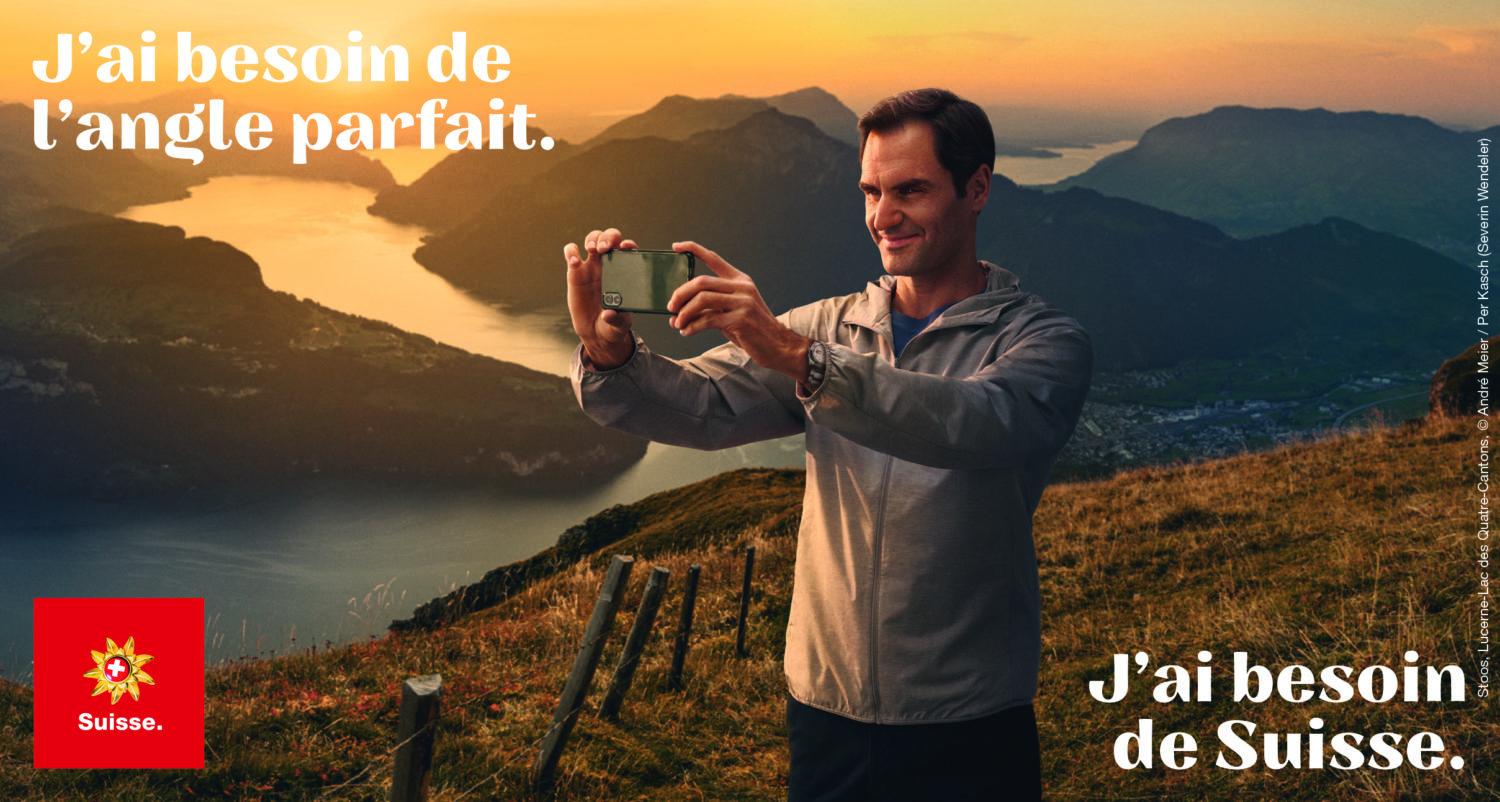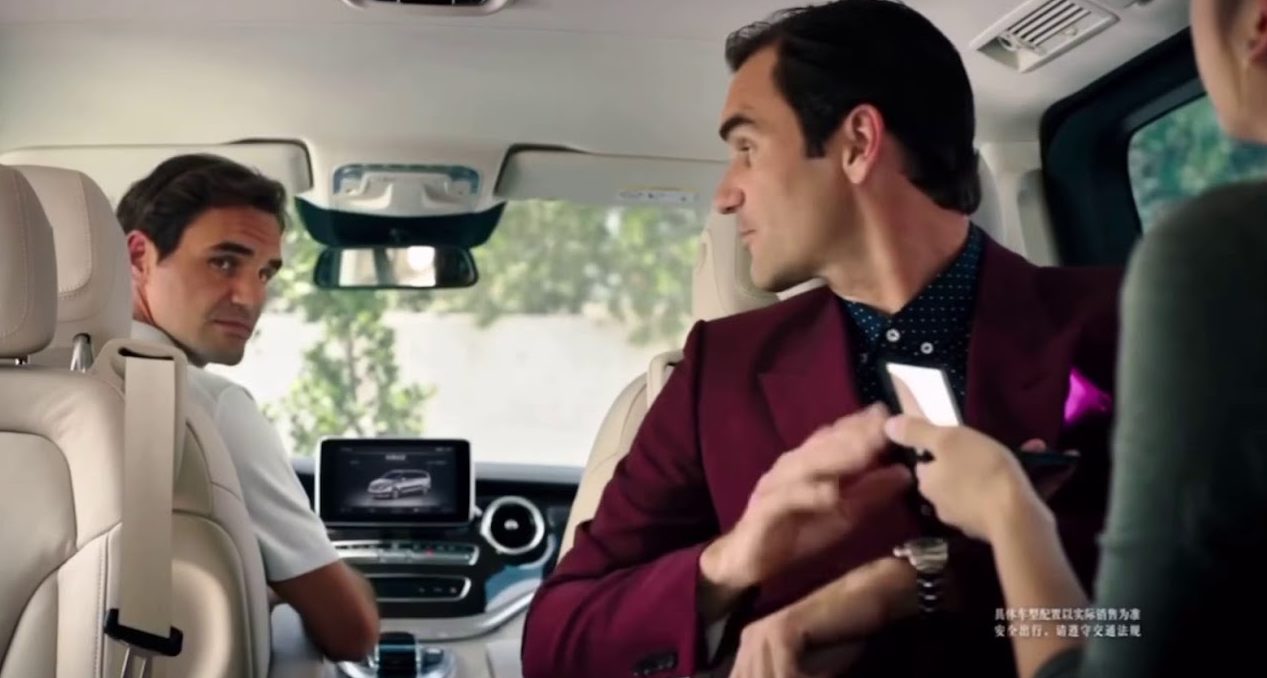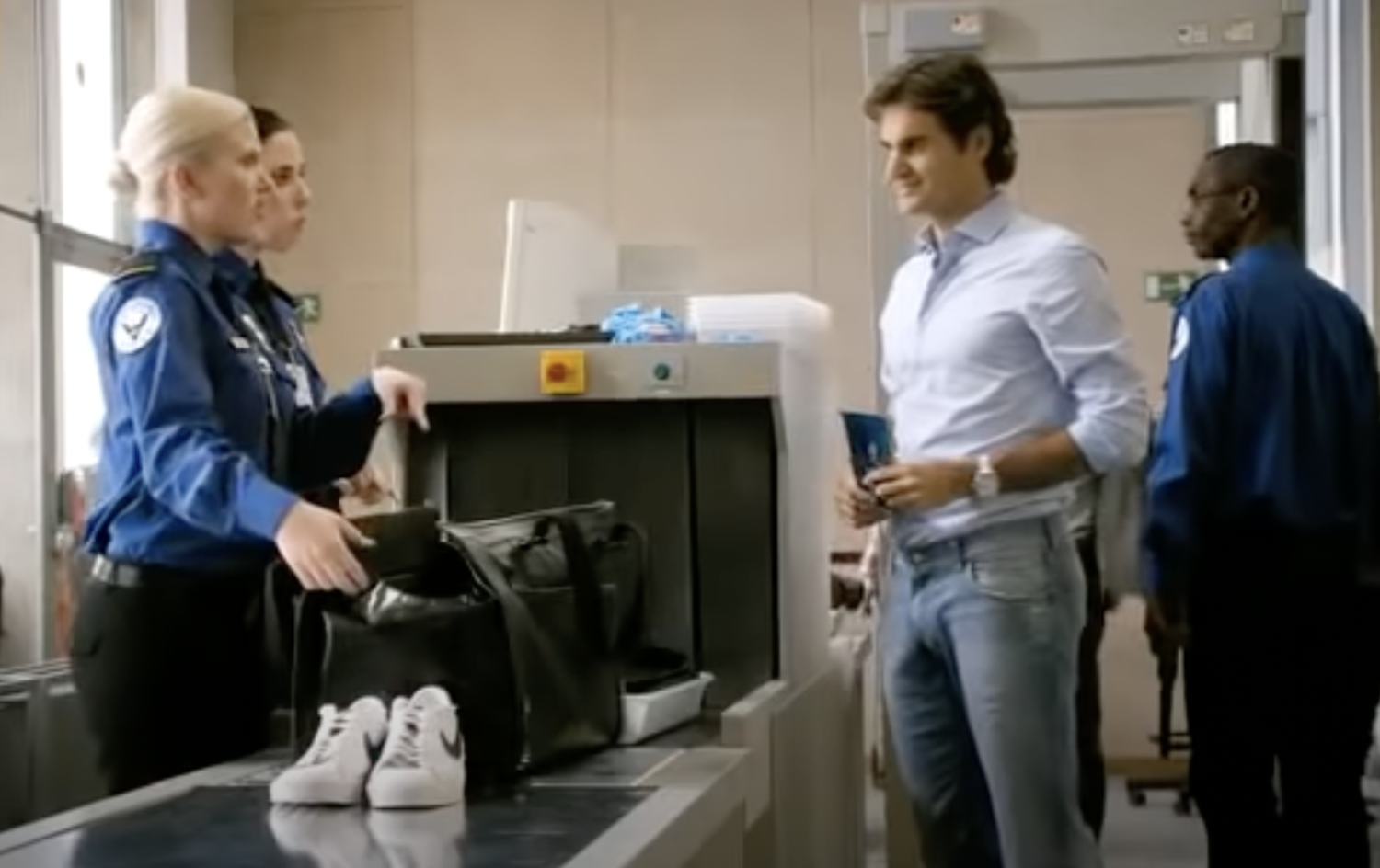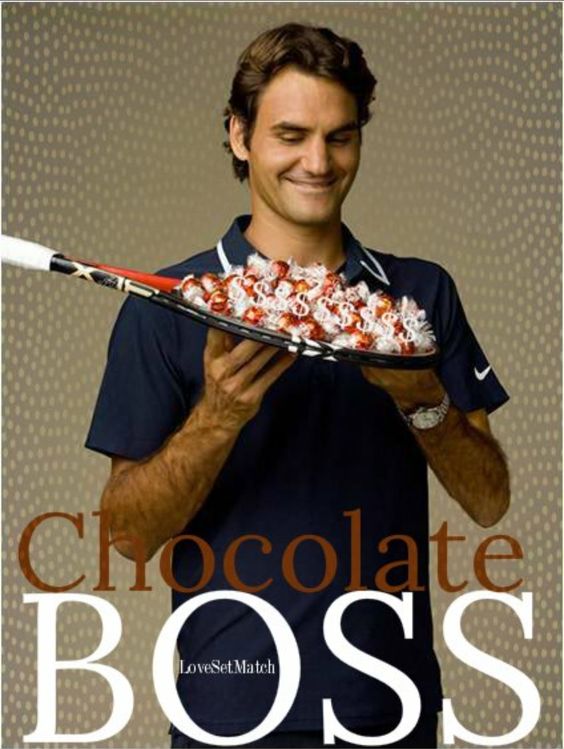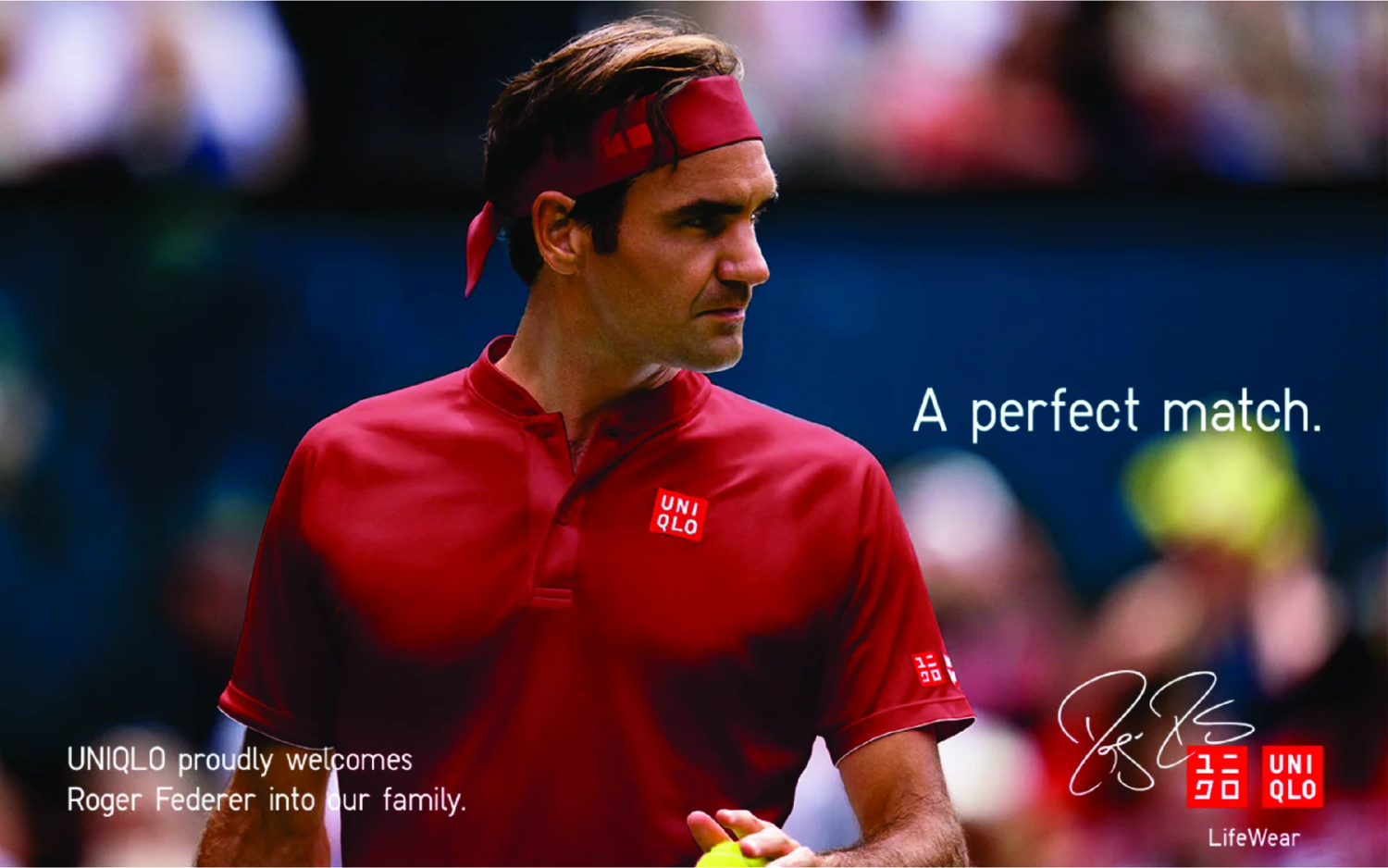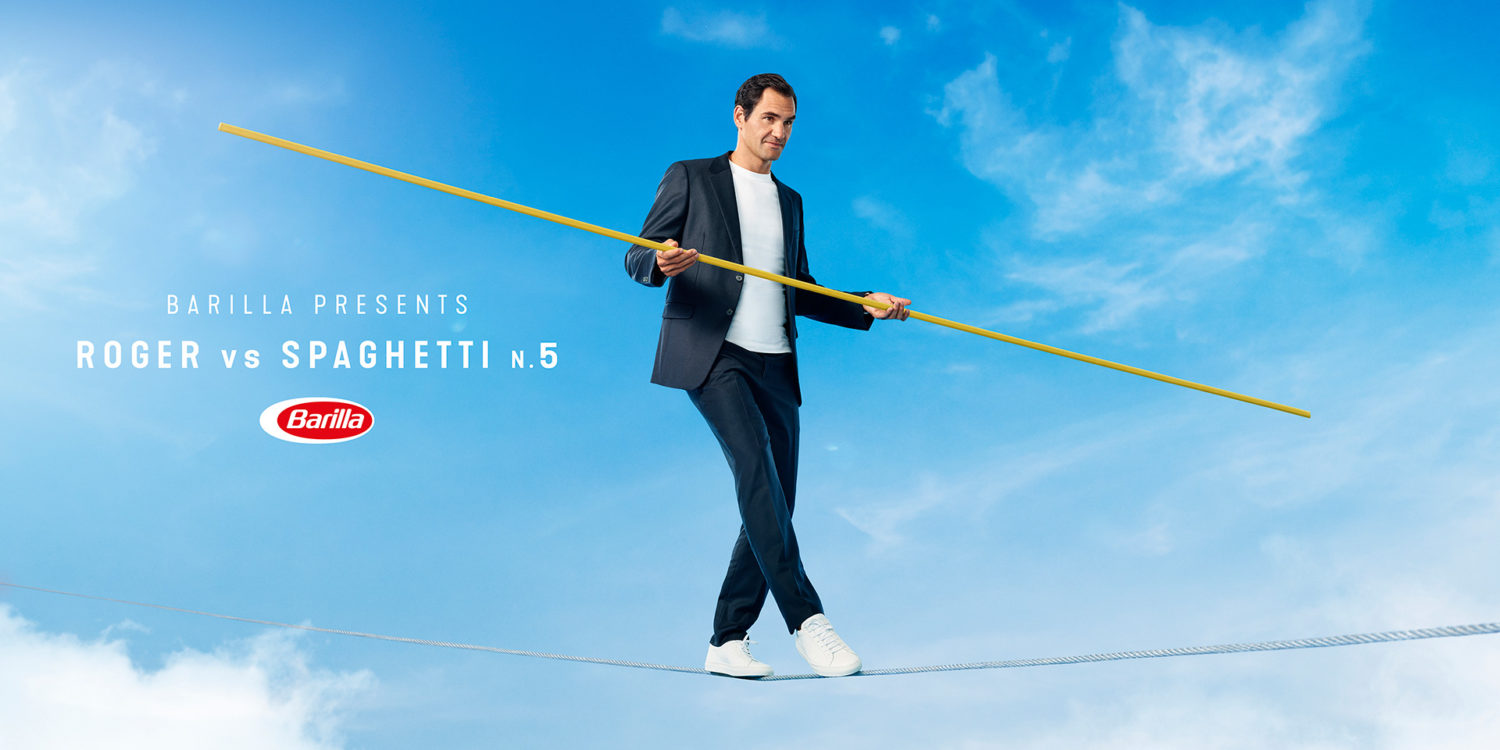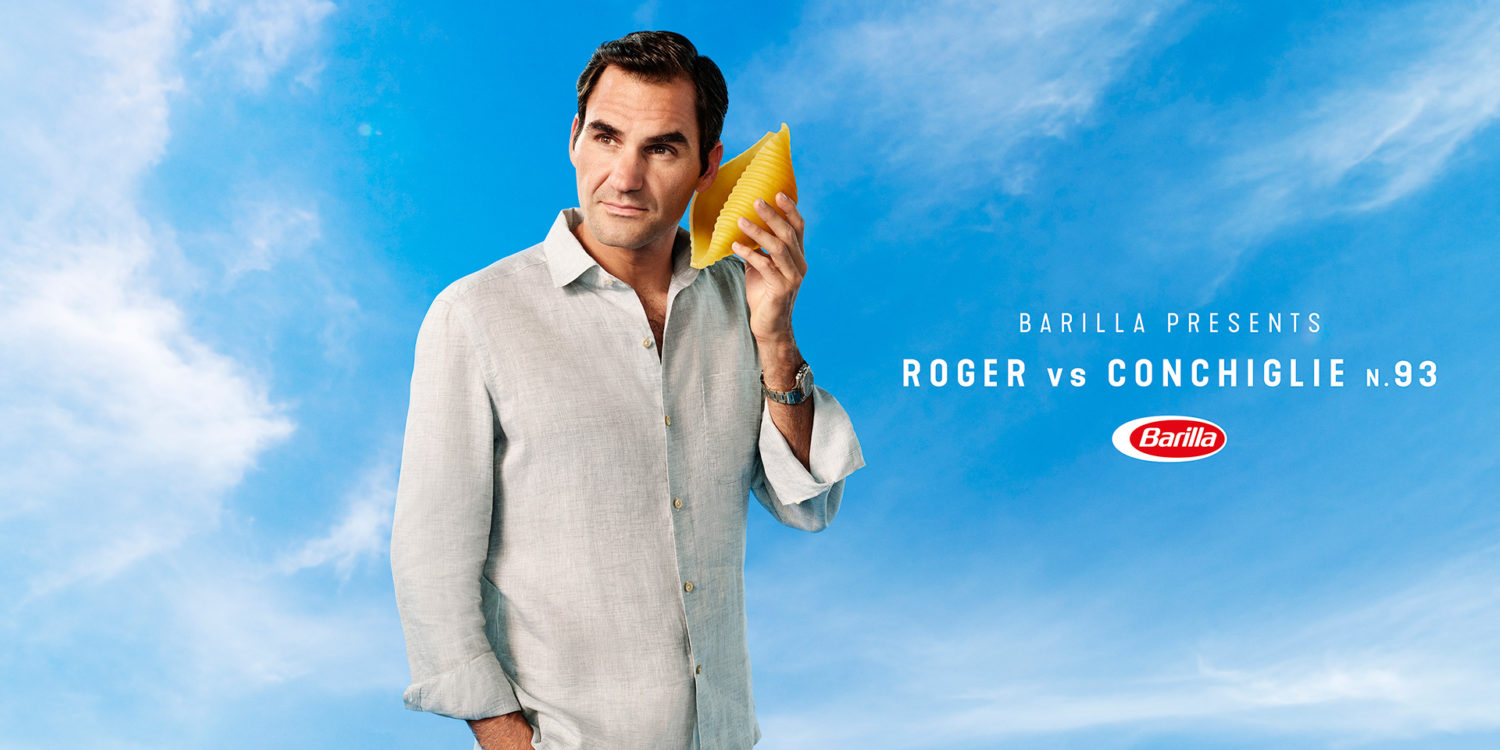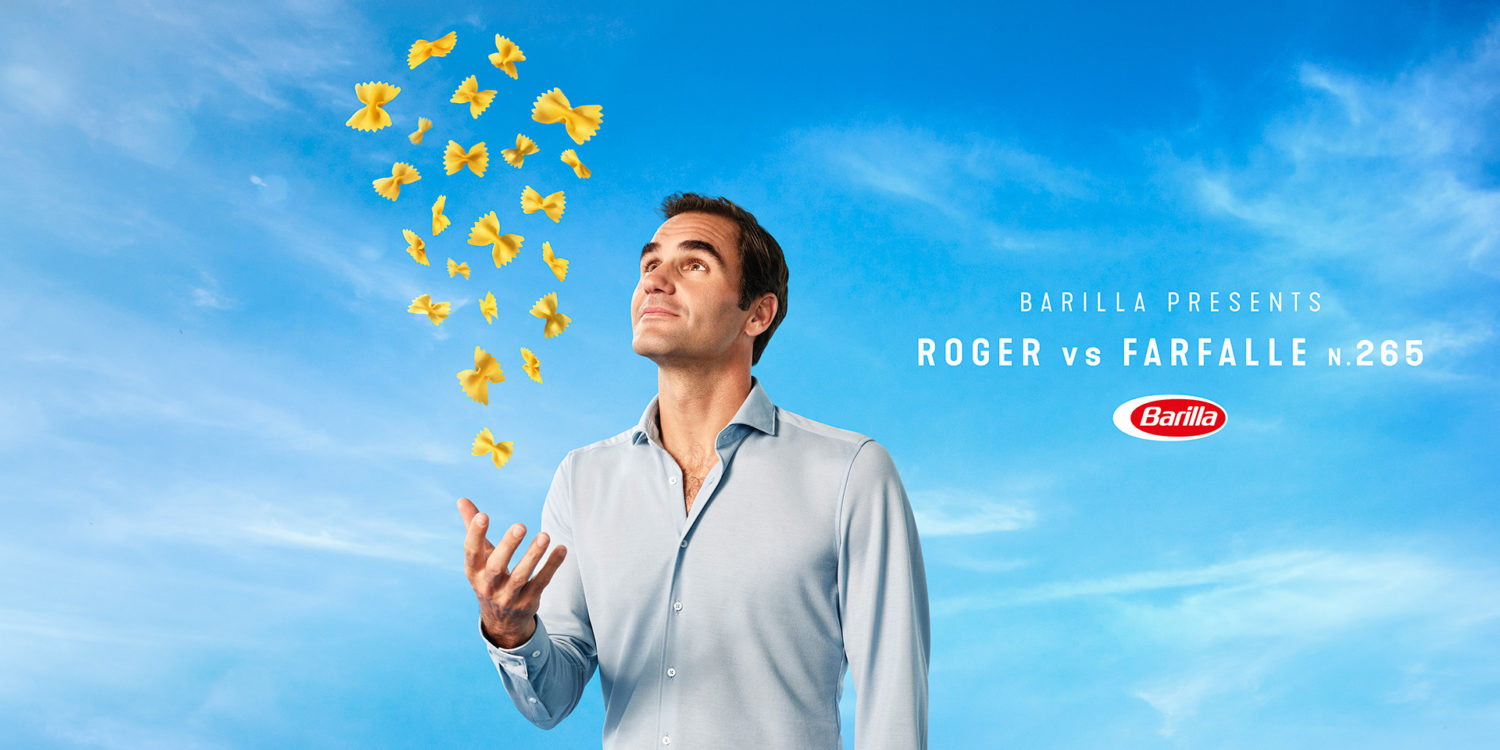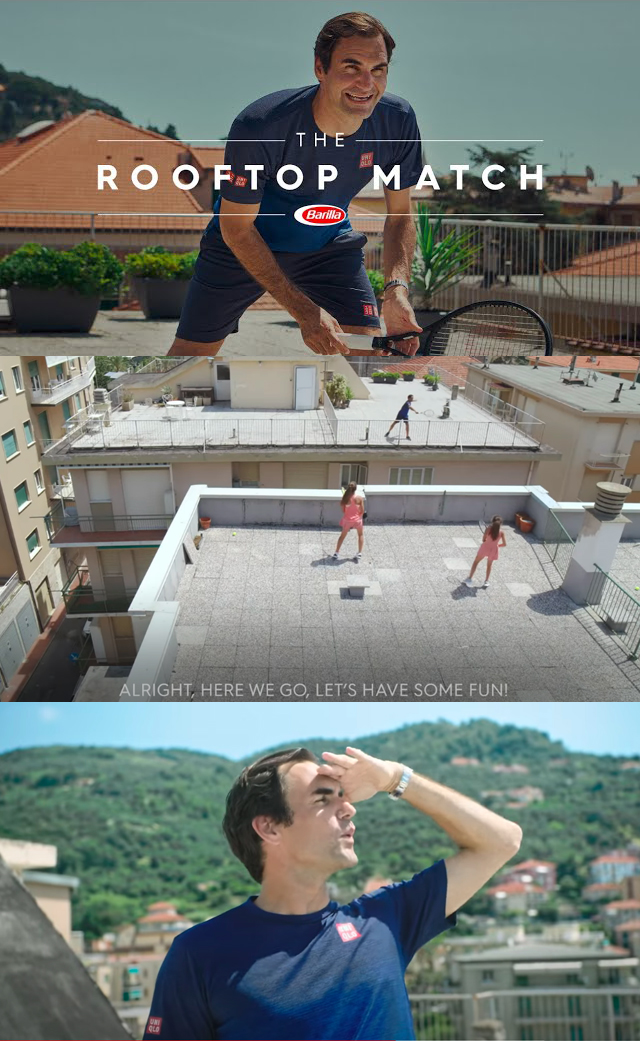CHAPITRE VI – Midinette
Chapitre I – Roland
Chapitre II – On achève bien les buffles
Chapitre III – Tragédie racinienne
Chapitre IV – Claudio se prend pour Chang face à Lendl
Chapitre V – Les Petits As
Mon premier réflexe fut d’appeler Racine. Comme je n’avais pas son numéro de téléphone, je commençai par l’appeler dans le vide, avec mes mains en guise de porte-voix, mais le regard des promeneurs me fit comprendre ce que la démarche avait d’incongru. Je téléphonai au standard de la police du XVIe arrondissement où l’on promit de transmettre ma requête. J’étais tout seul : Marion avait disparu, Claudio devait se terrer quelque part. J’étais seul à devoir relier les points, entre une fausse blessure, un cadavre, une blessure suspecte, un fichier manquant, une raquette mystérieuse, une affaire de dopage, un pari inconsidéré et mon visage, désormais connu de tout le tournoi, qui passait pour celui d’un fouineur. J’étais plongé dans une piscine à boules de problèmes et je savais que, tôt ou tard, une ombre invisible viendrait m’appuyer sur la tête pour que je m’y abîme – j’admets que se noyer au milieu de boules en plastique est assez coton, mais je gage que vous saisissez l’idée.
Comme si tout cela ne suffisait pas, Michel me convoqua à l’habituelle cahutte où, arrivé par un chemin nouveau, je le surpris en pleine partie de solitaire.
– En réalité, ton travail consiste réellement à coltiner des sparrings aux joueurs ? Tu ne fais rien d’autre ?
Il continua à jouer, la langue remontée en diagonale sur la lèvre supérieure, pointant jusqu’à l’orée de sa narine droite.
– Quand ils sont 128 dans le tableau final, c’est tout une gymnastique. Et puis tu te moques, mais sache que comme M. l’inspecteur a décidé de faire saisir toutes les raquettes usagées des joueurs du tournoi, j’ai passé ma journée à cavaler pour leur fournir du matériel.
Connaissant l’appétit de Michel pour les déplacements, j’imaginais volontiers qu’il avait délégué cette tâche à un stagiaire. Mais je me gardais de le dire.
– Plus sérieusement : Cerny, ce soir. Même horaire que Stern hier.
– J’ai, d’avance, une impression de déjà-vu.
– Il passe pour un gentil. D’ailleurs, j’y pense, en parlant de gentillesse : Iejov est revenu sur sa décision. Il n’est plus satisfait de son partenaire et veut te tester. Demain matin. Par contre, il ne veut pas s’entraîner ici. Il veut s’éloigner de l’agitation. J’ai réservé un court à la Chataigneraie, à Rueil. Tu as rendez-vous avec lui à huit heures devant son hôtel. Je te note l’adresse. Je suis quand même fort pour arranger des coups comme ça.
Je dus devenir blême, m’évanouir ou bien prendre dix ans le temps de cligner des yeux car quand je les rouvris Michel avait abandonné son solitaire pour me dévisager.
– Tout va bien, Auguste ? Tu as l’air fatigué.
– Si tu as un coca, ou autre, je veux bien. Je viens de réaliser que je n’avais pas pris le temps de déjeuner.
– Merde, quoi, Auguste, fais gaffe à toi ! Si j’envoie des sparrings en hypoglycémie sur les terrains on ne va plus me prendre au sérieux.
J’aime cette sollicitude qui ne camoufle pas l’égocentrisme.
– Oui, oui. Donne-moi un coca.
– Ça ira pour Cerny ? Dans d’autres conditions – si cet imbécile d’inspecteur ne faisait pas le forcing, par exemple – je trouverais quelqu’un d’autre. Tu as besoin de repos.
– Ça ira très bien. Ce n’est pas tant physique que moral. Je suis inquiet.
– A cause de tes combines avec Claudio ? Je t’ai déjà dit que je ne voulais rien entendre sur le sujet.
– Non, à cause de Marion. Elle a disparu. J’ai peur qu’elle se soit faite enlever ou, pire, que Racine l’ait mandatée en mission spéciale pour approcher Iejov. Il l’a laissé entendre.
– Je n’ai pas grande confiance en l’inspecteur Racine, mais je ne doute pas que la police sait ce qu’elle fait.
C’était une bonne phrase : courte, inutile, automatique, parfaitement vide de sens.
– Je vais me préparer pour l’entraînement.
– Ne traînes pas des pieds, comme ça, ce n’est pas Roland du tout comme attitude.
Je m’éloignai d’une dizaine de mètres. Jouer Iejov pouvait signer mon arrêt de mort. Ne pas me présenter aussi. La délocalisation de l’entraînement constituait une demande incongrue mais pour autant pas inédite. Toutefois, compte tenu de la situation… Peut-être la fatigue faussait-elle ma capacité d’appréciation : j’avais, d’instinct, le sentiment d’être en danger.
Numéro caché ; Racine.
– Alors, on vide son sac à la télévision ?
– C’était bien malgré moi.
– Peuh, peuh, peuh. « La télévision n’est pas faite pour être regardée, mais pour qu’on y passe ». Vous l’avez bien compris. Enfin, bravo, bravo : tout ça fait nos affaires.
– Je pensais que vous alliez m’engueuler.
– Mais non, mais non, je ne suis pas le croque-mitaine. Enfin, pas pour vous. Ils vont s’affoler, c’est très bien. J’ai saisi leurs raquettes, vous le saviez ? Ils ont rouspété, ils ont poussé des cris d’orfraie, mais ils n’ont pas eu le choix.
– Vous avez des résultats ?
– Rien. Mais ça, je me garderai bien de le leur dire.
– Dîtes-moi, Racine. Avez-vous envoyé Marion chez Iejov ? Parce que la plaisanterie commence à devenir longue, là.
– Absolument pas. Je vous le certifie. Pour ce que vaut ma parole…
– Alors où est-elle ?
– Demandez-le-lui.
– C’est bien le problème. Le sujet le désintéressait manifestement. Je joue Iejov demain. Je le fais la mort dans l’âme. J’aimerais être accompagné. Vous pourriez envoyer quelqu’un ?
– Vous êtes jeune, vous avez tout le temps de penser à la mort.
– Belluci aussi était jeune. Envoyez-moi quelqu’un.
– Nous ferons le nécessaire. Tenez-moi au courant.
Cette vague promesse suffit à soulager mes nerfs. J’étais de toute façon le jouet des stratégies pensées par les uns et les autres. Parfois, on casse son jouet, mais la plupart du temps on a à cœur de le préserver.
Je m’assis un moment devant l’écran géant, face au Chatrier et regardai sans passion la partie de Mankelevic. Ce type était cinquième mondial quand je commençais ma carrière. Il fallait de l’abnégation pour se maintenir à ce niveau à trente-huit ou trente-neuf ans. Le jeune Belge, plus talentueux mais trop inexpérimenté, commençait à céder face à l’œil du vieux sioux qui attendait le bon moment pour hausser son niveau de jeu. Le vent était en train de tourner. Passif, je vis en bas de l’écran défiler les résultats du jour. Le matin, après une interruption de douze heures, Lopez était finalement sorti vainqueur du duel de tous les traumatismes qui avait servi de cérémonie funéraire à Belluci. Amputé d’un jour de récupération, il affronterait Cerny, l’imitateur prodige, le lendemain. Charge à moi de préparer Ambrosz Cerny dans de bonnes conditions. Malgré sa détermination un peu exagérée à copier coûte que coûte les gestes d’Adam Stern, je voyais en Cerny une vie après la vie du plus grand joueur du monde, un héritage légué aux amateurs du beau jeu. J’avais envie qu’il gagne.
Je passai sur la table de soins. Une heure de massages plus tard, je retrouvai la forme un peu avant le Tchèque sur un le court n° 2. J’arrivai légèrement en avance pour me familiariser avec le terrain. Après inspection minutieuse, j’étais formel : c’était un court de tennis comme les autres et je commençai à trouver le temps long et à regretter d’être venu en avance. Quand Cerny fit son entrée, un peu en retard quant à lui, j’étais à moitié endormi sur le banc.
Cerny est jeune et son palmarès, balbutiant, le prémunit pour l’heure des excès du tennis-business. Son visage affiche des traces d’acné en bonne voie d’éradication. Dans son t-shirt rouge fourni par un sponsor tchèque, il parait frêle, quoiqu’élégant et bien bâti. Cette allure est probablement moins liée à son entrainement physique qu’à l’industrie textile tchèque qui n’a pas encore été frappée par la mode du lycra moulant. Son ton est simple et direct. Cerny me vouvoie. Il dégage une simplicité enviable. Je me vois à sa place, avec sa réussite, en huitième de finale et tout content de l’être, je me vois et j’espère me comporter comme lui.
Vous n’êtes pas là que pour taper dans la balle, si j’ai bien tout compris.
– Vous voulez parler de l’enquête ?
– Oui. Vous voulez me poser des questions avant ou après la partie ?
– Je ne veux pas vous poser de question. Cela ne fonctionne pas comme ça. Si vous avez envie de me dire des choses, libre à vous. Mais je ne suis qu’un sparring-partner. Je ne suis pas policier.
Il marqua un temps d’arrêt.
– Ils ont confisqué nos raquettes usagées. Vous savez s’ils ont trouvé quelque chose ?
– Non, ils ne me l’ont pas dit.
– Même sur les raquettes de Iejov ?
– Vous soupçonnez Iejov d’être pour quelque chose dans le meurtre de Belluci ?
D’un coup la bulle de peur, endormie dans la nébuleuse de mes sucs gastriques, remonta ses canaux à contre-courant pour venir former un petit ganglion du côté de ma glotte.
– Je vais tout vous raconter. Je ne suis pas allé trouver la police parce que je ne suis pas sûr que ce soit lié à l’affaire et qu’habituellement je préfère ne pas me mêler des histoires des autres. Mais depuis que Iejov et Butler – le pauvre, d’ailleurs, vous avez vu ? – sont passés à l’offensive, je crois qu’il est important que certaines choses soient dites.
– Je vous écoute.
– Le jour de la mort de Belluci, Iejov était très agité. Je l’ai croisé le matin, avec son entraîneur. Ils discutaient en russe, une langue que je comprends sans pouvoir la parler. Ils n’ont pas fait attention à moi. Pour faire simple, il parlait d’un accord, passé avec Butler pour prendre le pouvoir sur le conseil des joueurs. Ce n’est pas une instance très importante, mais elle est prise en compte, tout de même, par l’ATP, pour décider des orientations futures, organiser les aménagements de calendrier, etc. C’est aussi un levier qui assure à ses représentants une protection politique, si vous voyez ce que je veux dire…
– Vous parlez du dopage ?
– Pour partie, oui. Donc Iejov évoquait cet accord. Et puis, de manière plus confuse, il s’est mis à parler de Belluci : « Il ne veut pas m’écouter. Il se moque de ce que je lui dis. » « Vas-y sans lui. », c’est ce que lui a répondu son entraîneur. Alors Iejov a dit quelque chose de très bizarre. Il a dit : « Butler pense que ma situation ne me le permet pas. Et lui, avec sa réputation tu penses qu’il se ferait rembarrer par tout le monde. Seul Paolo peut rendre cette affaire publique sans qu’on se moque de lui et faire tomber Stern. Mais pour ça, il faut qu’il nous écoute. » Et, après un silence, il a ajouté : « Cela dit, si Belluci disparaissait des écrans radars, le vieux n’aurait plus personne pour le soutenir. » Je crois que, là encore, il parlait d’Adam Stern. J’étais très surpris, parce que je tenais pour avéré, comme tout un chacun, que Iejov et Belluci se haïssaient. Je n’aurais jamais imaginé que Iejov puisse opérer une tentative de rapprochement.
– Donc Iejov et Butler auraient cherché à se servir de Belluci pour prendre la tête du conseil des joueurs, d’où ils auraient fait éclater une affaire à même de déshonorer Adam Stern ; devant le refus de Belluci, ils auraient décidé de le supprimer pour isoler Stern. C’est bien ça ?
– C’est vous qui le dites. Je ne cache pas mon amitié et mon admiration pour Adam. Je doute, le connaissant, qu’il puisse être l’objet d’une quelconque affaire. En revanche, des rumeurs de dopage ne cessent de courir sur Iejov qui aurait tout intérêt à jouir d’un protectorat que seul le contrôle du conseil des joueurs pourrait lui offrir. Il aurait très bien pu monter de toutes pièces une prétendue casserole et tenter de convaincre Belluci d’y souscrire pour renverser Stern.
– Et Butler, quel aurait été son intérêt ?
– Iejov est un imbécile. Le vrai patron des joueurs aurait été Butler. Il est fragile physiquement et milite depuis des années pour que les matchs de Grand Chelem se disputent au meilleur des trois sets. Il aurait disposé là d’une tribune adéquate.
– Sauf si Belluci s’était dressé sur son chemin.
– Voilà.
– Vous devriez aller raconter cette histoire à la police.
– Je croyais être en train de le faire.
– Ambrosz ?
– Oui ?
– J’aimerais vraiment que vous battiez Lopez, demain. On va s’entraîner sérieusement.
– Merci.
Je m’avançai sur le court, m’arrêtai, me tournai un moment vers lui.
– Vous ne trouvez pas que le jeu de Lopez est particulièrement ennuyeux et répétitif ?
– Et encore : vous, vous êtes dans le public, moi je dois le subir sur le court.
Après tant de sérieux, il ricanait comme un enfant.
Je le quittai à 21h30 en lui souhaitant bonne chance. Cette journée était interminable.
Il se mit à pleuvoir.
Cette journée était interminable et humide.
Roland-Garros désert, des hommes de ménage essuyaient les pavés, les écouteurs vissés à leurs oreilles. Il ne faisait pas encore tout à fait nuit, et nous n’en étions qu’aux tous premiers instants de la passation de pouvoir entre la lumière naturelle et les halos des lampadaires. Je me réfugiai sous les tribunes du Court n° 1 en attendant une accalmie. Un bruit de pas, venu du Tenniseum, attira mon attention. C’était une démarche familière et rapide que les flaques n’amortissaient pas, comme si le pied n’accrochait pas au sol – je reconnus aussitôt Marion. Et puis le bruit se résorba. J’appelai, à mi-voix.
– Marion ?
Pas de réponse. La pluie reprit de plus belle et mes appels suivants furent engloutis par les trombes s’abattant sans relâche sur le métal hurlant des tribunes. Trempé pour trempé, je délaissai mon abri pour retourner près du musée où j’espérai trouver Marion. Mais je ne trouvai rien, ni personne.
Le musée se présente comme une chaumière bâloise, enfin comme ce que je m’imagine lorsque j’entends – c’est rare, peut-être même n’est-ce jamais arrivé – l’expression chaumière bâloise. Sur quatre poutres teintes, une toiture à deux pans figure l’authenticité, c’est rustique mais très simple, très Roland dans l’esprit. Les tons, qui vont du marron rouge au marron bleu – je ne suis pas au fait des nuances de marron – rappellent incidemment la terre battue des courts. Planté au milieu des arbres, alors que la nuit, sans prévenir, avait la malice de tomber tout à fait, le Tenniseum m’apparut aussi rassurant qu’une hutte dans un sous-bois, hantée par une vieille femme qui prépare des potions dont on dit qu’elles font parler les chats – il doit bien y avoir des légendes de cet ordre. Les lumières éteintes, de l’extérieur seules les veilleuses permettaient de distinguer la disposition des collections. Les mains faisant ventouse et ombrelle à la fois, j’approchai mon visage de la porte et crac ! Je piétinai un bout de verre. En regardant à mes pieds, je vis d’autres bouts de verre, et, relevant les yeux, un carreau cassé. Indice, cause, effet : affaire classée. Je glissai ma main dans le pas de fenêtre et actionnai la poignée. La charnière grinça.
On devrait créer un écriteau : « Attention, charnière grinçante ».
Pourquoi, dans les endroits qui paraissent isolés du reste de la nuit, dans ces endroits où seule une curiosité déplacée nous pousse à faire abstraction de nos pressentiments, pourquoi, oui, pourquoi, faut-il toujours que les charnières grincent ?
La porte glissa et je suivis le mouvement. Le guichet abandonné, des allées blanches et vides, une atmosphère contemporaine. Sur les murs, la peinture brillante reflétait timidement le halo des veilleuses. Je me détendis un peu. A mi-voix, toujours : « Marion ? Tu es là ? » A mi-voix ou en hurlant, le silence me répondit. Je longeai un couloir constitué de panneaux de bois, sur lesquels par un jeu de lumières, se projetaient des silhouettes distordues de tennismen des années trente. Plus loin, un escalier rectangle comme un carré serpentait jusqu’au sous-sol. Au vu de la surface s’étalant devant moi, j’eus l’impression d’avoir découvert, derrière cette honnête façade paysanne, un laboratoire atomique secret.
Ici, tout était noir, les murs, les colonnades, le sol en dalles marbrées. J’extirpai mon portable et activai l’option lampe de poche. Pointée par le faisceau, une étrange sculpture de raquettes agrégées, et, à ma droite, dans une vitrine servant de porte coulissante, une centaine de raquettes de toutes les époques, disposées dans un désordre inhabituel. Au milieu de la pièce, un tourniquet garni de coussinets en cuir, noirs eux aussi, attendait le visiteur fatigué. Tout autour, asymétriques, les parois mobiles compartimentaient un espace où les visages des légendes vivantes ou mortes du tennis s’affichaient en noir et blanc comme autant d’ombres surgissantes. Placardé en énorme sur le mur le plus large, celui de Paolo Belluci était traversé par une épaisse voilée qui effaçait ses traits. Sa présence conférait à cette galerie de portraits des dehors de mausolée. L’instantané avait immortalisé Belluci en Joconde inversée : où que vous vous placiez, il ne vous regardait pas. J’éloignai la lampe. La soufflerie, discrète, envahissait les lieux de son ronronnement. Je fis le tour des pièces. Il n’y avait rien à signaler. J’avais laissé la fatigue travailler seule à la fabrication d’intrigues alambiquées. Marion n’était pas là et, si elle ne me répondait plus, c’est qu’elle avait ses raisons. Je décidai de rentrer. Je fis un pas en avant suivi, comme au pasodoble, d’un second dans le sens inverse. Quelque chose venait de me frapper : dans tout ce noir et blanc, un détail irradiait ; un petit liseré rouge qui faisait la jonction entre deux coussins de la banquette circulaire. Je m’avançai. Ce n’était pas un liseré, mais la tranche d’un livre et, en m’avançant plus, je compris que ce n’était pas non plus la tranche d’un livre mais celle d’un carnet ; si je m’étais encore avancé un chouïa, j’aurais pu établir avec certitude qu’il s’agissait du carnet de Marion.
Mais je ne m’avançai pas davantage car, soudain, la soufflerie se tut, les veilleuses s’éteignirent et, un instant plus tard, un fracas terrible, le bruit d’une étagère qui s’effondre et répand son contenu puis un coup sur la nuque, le visage de Belluci tournoie sur le plafond et me voilà par terre, endormi.
Trois fois Racine.
Deux fois Racine.
Une fois et demie Racine.
Racine, à l’envers.
Racine plus grand que moi.
Racine à ma hauteur.
– Vous vous intéressez à la photographie, Loisel ? En tous les cas, je vous donne raison. C’est horripilant tout ce monde aux horaires ouvrés. On fait la queue, on est bousculé, c’est inhumain. Tenez, je vais vous faire une confidence : moi aussi, quand une exposition attise ma curiosité, je force sa porte en pleine nuit. C’est plus commode.
Il avait l’air content de lui. Dans d’autres circonstances, peut-être aurais-je jugé à sa juste valeur la finesse de ses piques, mais j’avais terriblement mal à la tête.
– Donc la photographie, c’est acté. Mais les raquettes anciennes ? Vous vous y intéressez également ? Parce qu’il semble que quelqu’un s’y intéresse de près. C’est vous, tout ce tintouin ?
D’un geste il me désigna l’entrée de la pièce. La vitrine coulissante était en miettes, les raquettes brisées et leurs débris mélangés les uns aux autres.
– C’est quoi, ça ?
– Des raquettes. Cela ne vous rappelle rien ?
– Ah, si : Belluci, bien sûr.
– Le meurtrier sait qu’on ne trouvera rien, aucune trace, sur le matériel que nous avons collecté. Il imagine que nous ne tarderons pas à faire le rapprochement avec le musée où il a dissimulé l’arme du crime. Il prend les devants ; il retourne ici, de nuit, simule un cambriolage, récupère la raquette qui l’intéresse et créé cet amas pour nous faire perdre du temps. C’est une fausse piste, cela va de soi. Le meurtrier nous fabrique un puzzle de raquettes en espérant que nous allons envoyer tous les morceaux au laboratoire pour analyse et mobiliser des effectifs inutilement. Mais la raquette n’est plus là. C’est une évidence. Et cela lui laisse du temps pour s’en débarrasser une bonne fois pour toute.
– C’est assez malin.
Une idée me traversa, mais, quelle qu’en fut la raison, je n’en fis pas part à Racine.
– Ce qui ne m’explique pas ce que vous faisiez ici.
– Je cherchais Marion.
– De nuit dans un musée ?
– J’avais cru la voir passer. D’ailleurs…
Reprenant mes esprits, je désignai la banquette.
– Il y avait son carnet, ici, coincé entre les coussins.
– Je sais. Je l’ai là.
– Vous l’avez ? Je pensais que l’homme avait cherché à le récupérer avant moi. Que c’était la raison pour laquelle il m’avait attaqué.
Non, il ne s’intéressait pas à ça. Vous savez ce que j’ai trouvé, dans ce carnet ?
– Dîtes-moi.
– Le relevé des cordages. Le relevé manquant, vous vous souvenez ? – Il est là. Nous avons le détail de toutes les prestations.
– Eh bien ?
– Fausse piste, là encore. Le meurtrier ou l’un de ses complices l’aura subtilisé pour faire diversion. Le relevé ne nous avance pas davantage que la liste que nous possédions déjà.
– Mais, si la raquette provenait d’ici, et que nous avons donc affaire à un meurtre prémédité, ce relevé ou cette liste ne servent plus à rien !
– Détrompez-vous. Je n’ai jamais dit que la raquette provenait d’ici. J’ai dit qu’on l’avait cachée ici et qu’on avait pris peur. Notre meurtrier est forcément l’un des hommes cités sur cette fameuse liste.
– Il aurait pu faire corder sa raquette ailleurs.
– Non, encore une fois, car cela aurait sous-entendu une préméditation. Or, dans le cas qui nous intéresse, c’est exclu : un homme ayant prémédité son geste ne se serait pas emberlificoté dans un scénario aussi complexe. Il aurait tué, point final. Là, le meurtrier a été dépassé par son acte : il a échafaudé à toute vitesse un scénario plausible a priori : le dopage, la raquette, le relevé, le cambriolage. Il a imité la préméditation pour détourner les soupçons. Si nous trouvons le vrai mobile, nous trouverons le meurtrier. Que vous a raconté Tchernia ?
– Cerny ?
– Oui.
– Il m’a fourni un mobile convaincant.
Après avoir écouté l’histoire dans ses grandes largeurs, l’inspecteur acquiesça, satisfait.
– Voilà un excellent mobile. Nous allons creuser la piste. Butler est trop habile, il ne parlera pas ; mais nous pouvons coincer Iejov.
– Et Marion, vous pensez que l’assassin l’a kidnappée ?
– Si les assassins procédaient à des enlèvements, on les appellerait des ravisseurs.
– Vous voulez dire que…
– Je ne veux rien dire du tout.
Le téléphone de Racine vibra. Le réseau était chaotique. Racine, après avoir patiemment demandé à son interlocuteur de répéter toutes ses phrases plusieurs fois, promit d’accourir et raccrocha. Son visage s’était décomposé.
– Nous avons un mort de plus.
– Qui ?
– Je n’ai pas bien compris.
– Où ?
– Dans une chambre, à l’hôtel où Sergueï Iejov est descendu.
Tiens ! La soufflerie était rétablie.
– C’est une femme ?
– Je n’ai pas compris non plus.
Nous nous fixâmes l’un l’autre quelques secondes.
– Racine : avez-vous ou n’avez-vous pas envoyé Marion auprès de Iejov, ce matin ?
– Bon, d’accord : bas les masques. Je vous ai menti, mais c’était nécessaire. Et rien n’indique que ce cadavre soit le sien ! Donc, en l’absence d’éléments supplémentaires, je vous propose le statu quo. Sans rancune ? Je vous emmène voir le corps pour me faire pardonner ?
– Quelle heure est-il ?
– Minuit cinq. Presque l’heure du crime. Notre meurtrier n’est pas un ponctuel. Ah, ah, ah !
– Vous êtes toujours de bonne humeur ?
